Best point-and-shoot camera 2025: top picks for simple shooting
The best point and shoot cameras for phone-beating snaps

We’ve tested more than a thousand cameras over the last two decades. In that time, we’ve seen smartphones become the everyday camera of choice for most people. But based on our in-depth experience, we think there’s still a place for dedicated point-and-shoots in 2025. With a resurgence in the popularity of compact cameras, more people are rediscovering the joy of shooting with a simple, pocket-friendly camera.
The choice of point-and-shoots might be slimmer nowadays, but standout options remain. The Panasonic Lumix ZS99 / TZ99 is a great example, with a versatile 30x optical zoom that out-reaches even the best camera phones. So is the Sony Cyber-shot RX100 VII, which impressed us in testing with its excellent image quality and pocketable dimensions.
The guide below draws on our extensive hands-on reviews to highlight the best point-and-shoot cameras you can buy new in 2025. We’ve outlined the key strengths of each model, based on the real-world feedback of our expert team. You’ll also find a selection of alternative options, including a few point-and-shoots that offer good second-hand value.
Top 3 picks
If you want a shortcut to the best point-and-shoot cameras, our quick summary below will give you an overview of the top options for every budget. When you find one that fits the bill, use the links beneath to jump down to our full write-up.
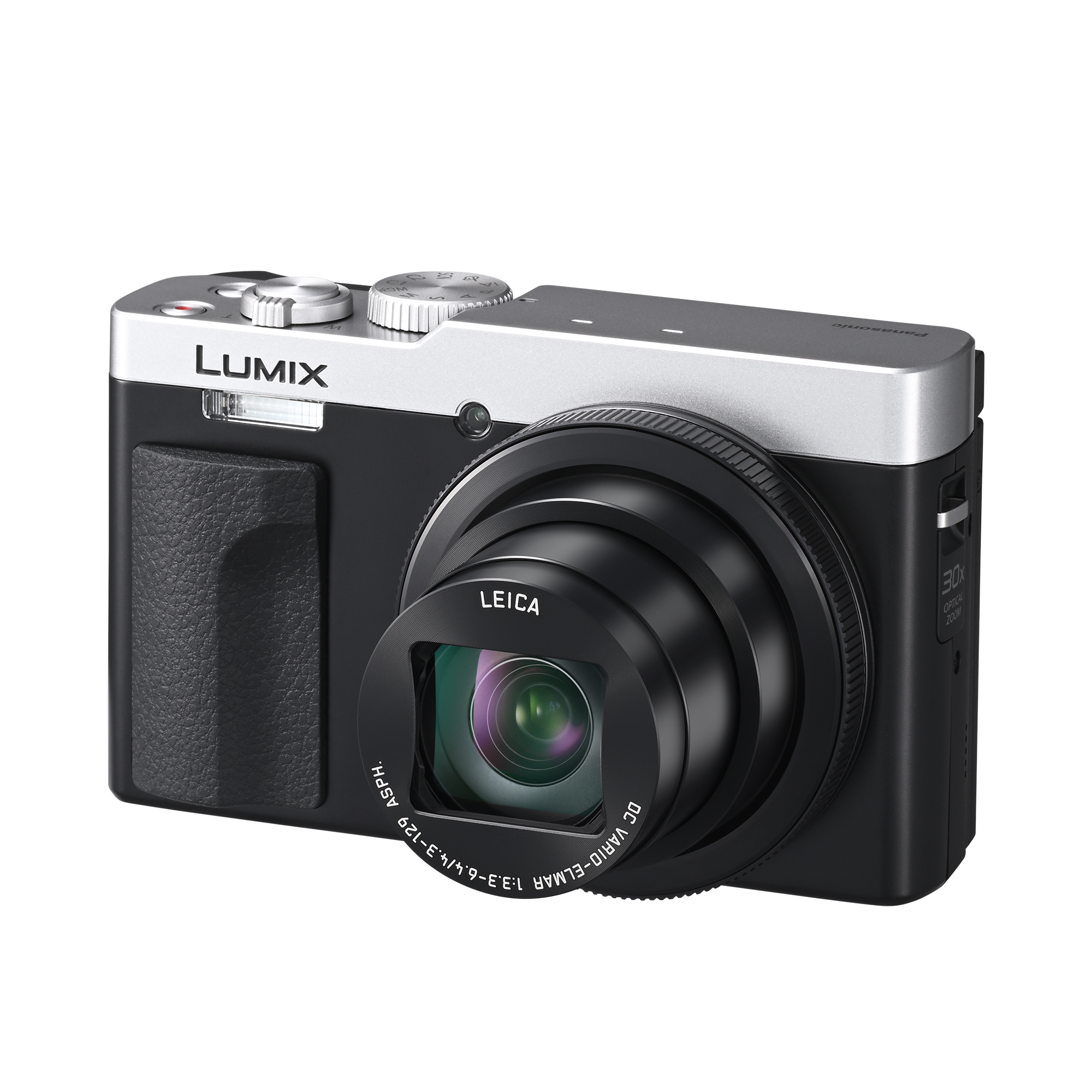
The best super-zoom
A feature-packed point-and-shoot that offers incredible zoom range in a usefully compact body, the TZ99 is a versatile choice.

The best premium
It doesn't come cheap, but this high-end point-and-shoot produces high-quality images and detailed 4K videos with its 1-inch sensor.
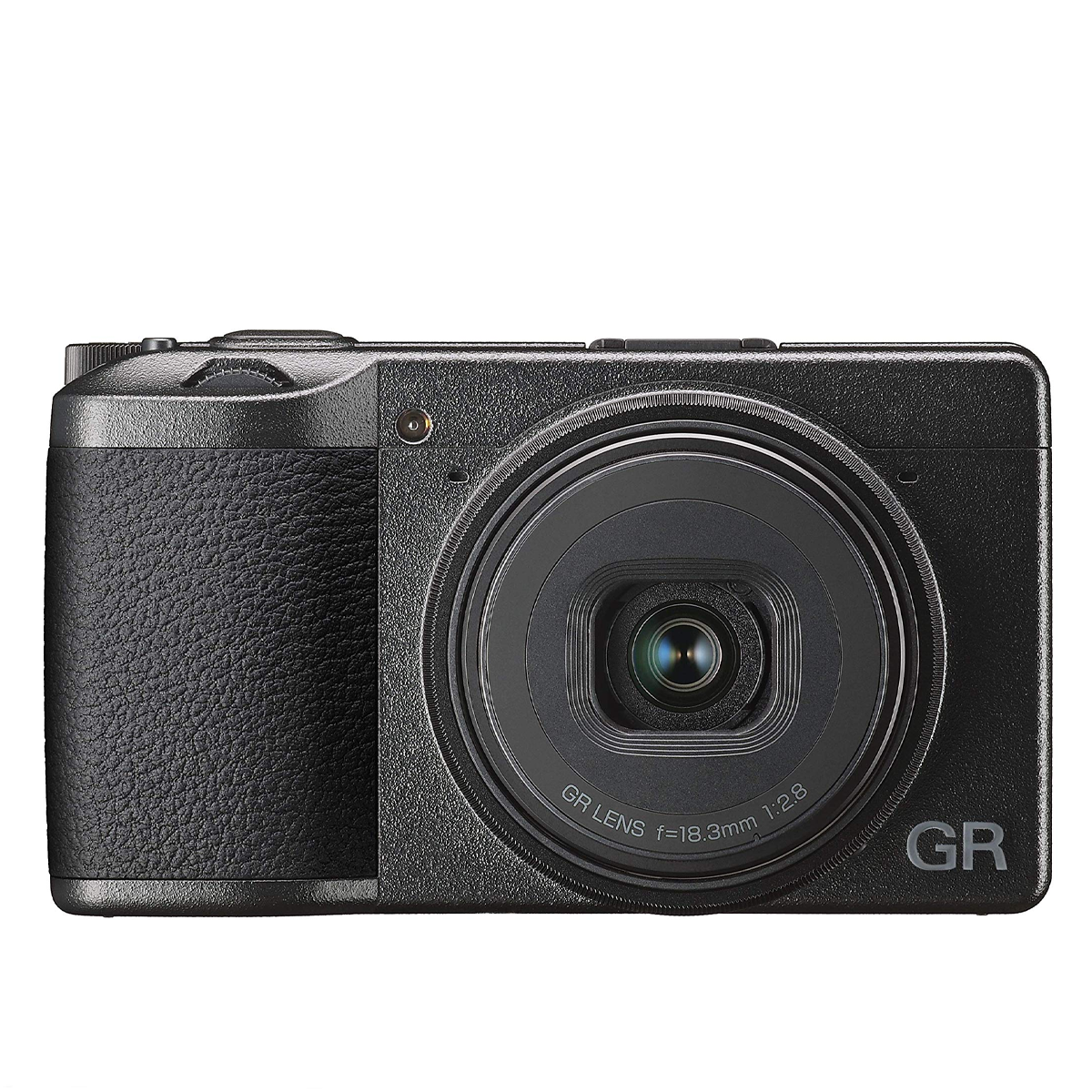
The best for stills
The Ricoh GR IIIx uses a versatile 40mm f/2.8 lens and large APS-C sensor to capture supremely sharp stills for a small camera.
Best by use case
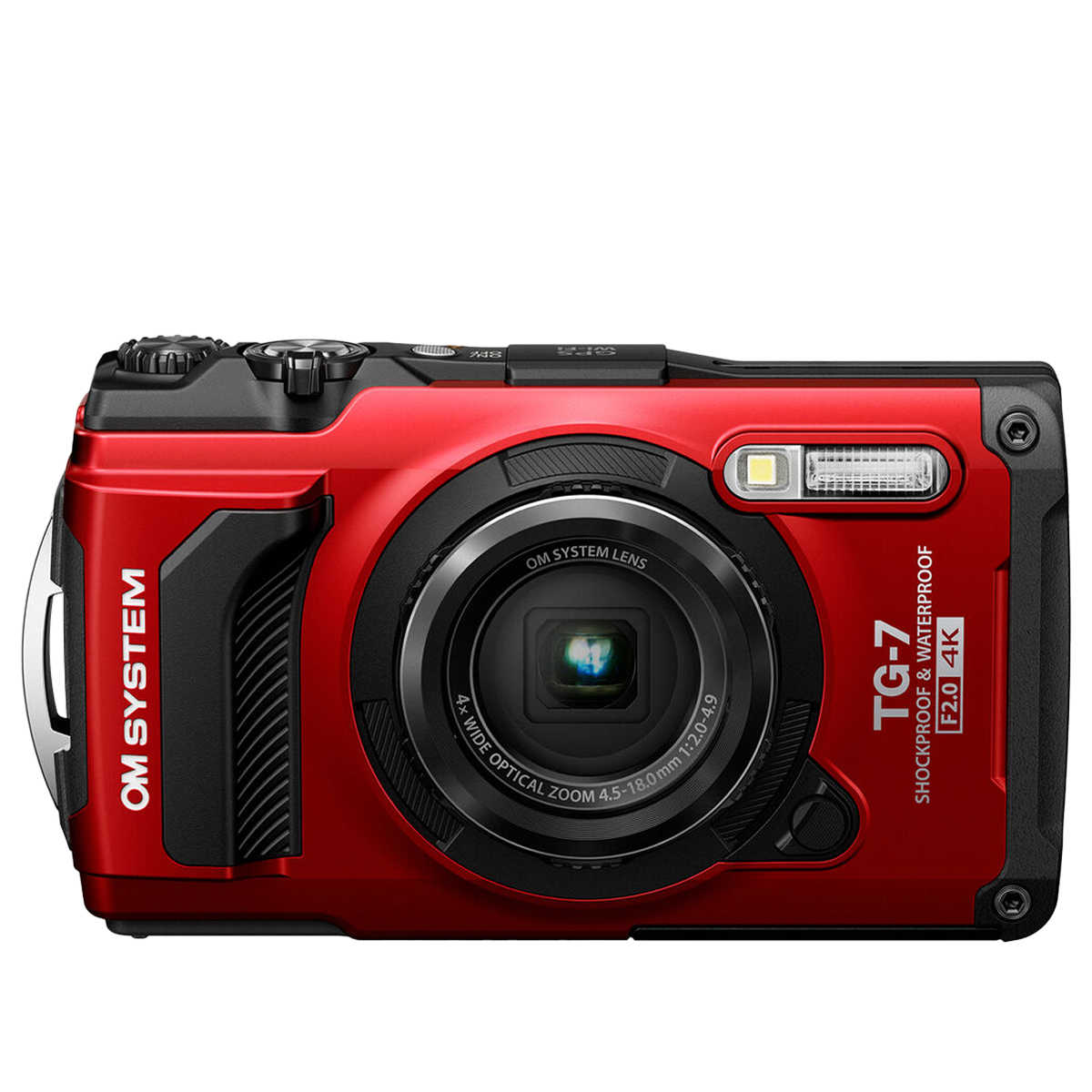
The best rugged
Simple enough for beginners, this tough point-and-shoot can be taken almost anywhere without fear of it being damaged.
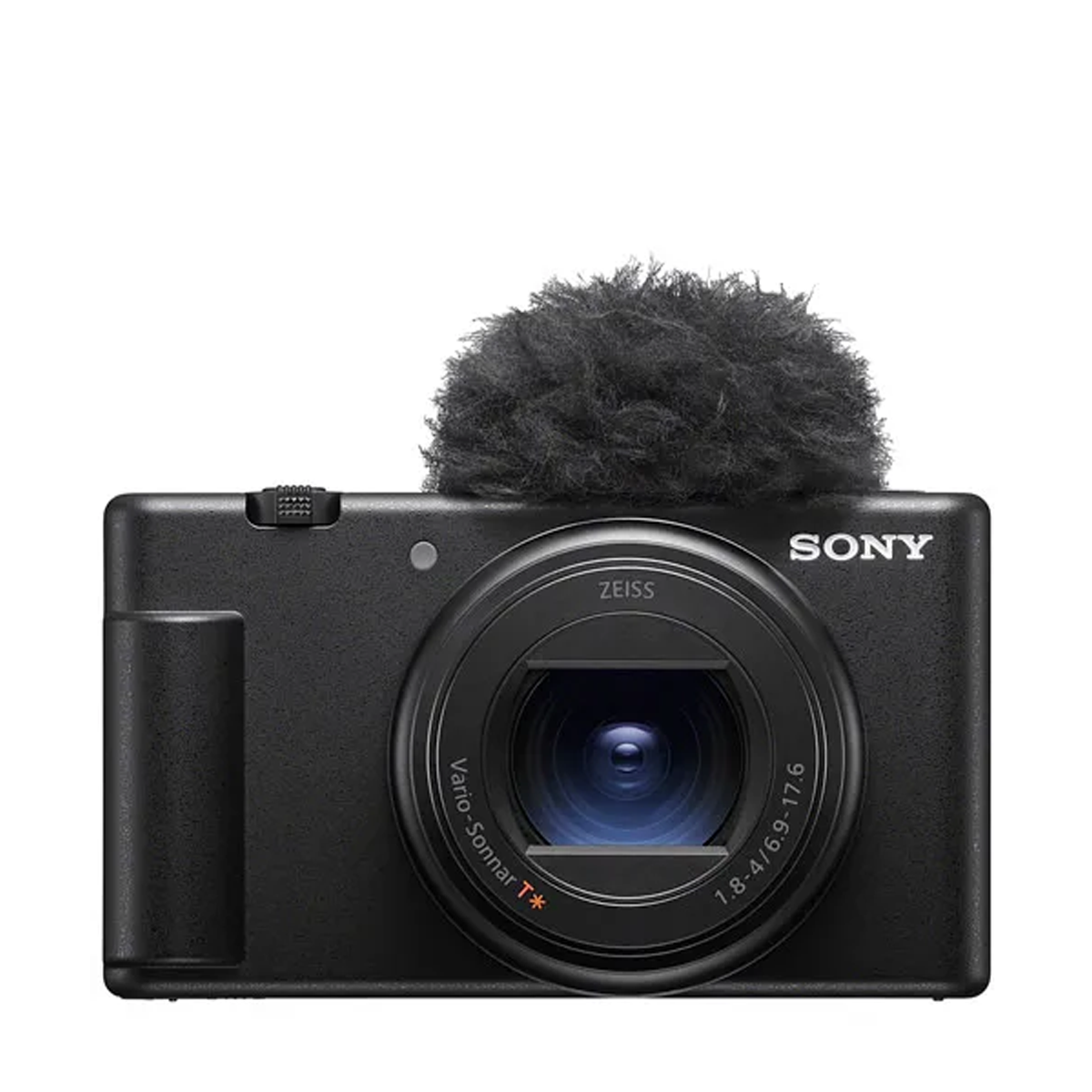
The best for video
Not a huge upgrade, but with a tilting screen, reliable autofocus and Cinematic Vlog setting, this is a 4K hybrid with a lot to offer.

The best Canon
This Canon option boasts a fantastic lens and a wide range of specific features for enthusiast photo and video creators.
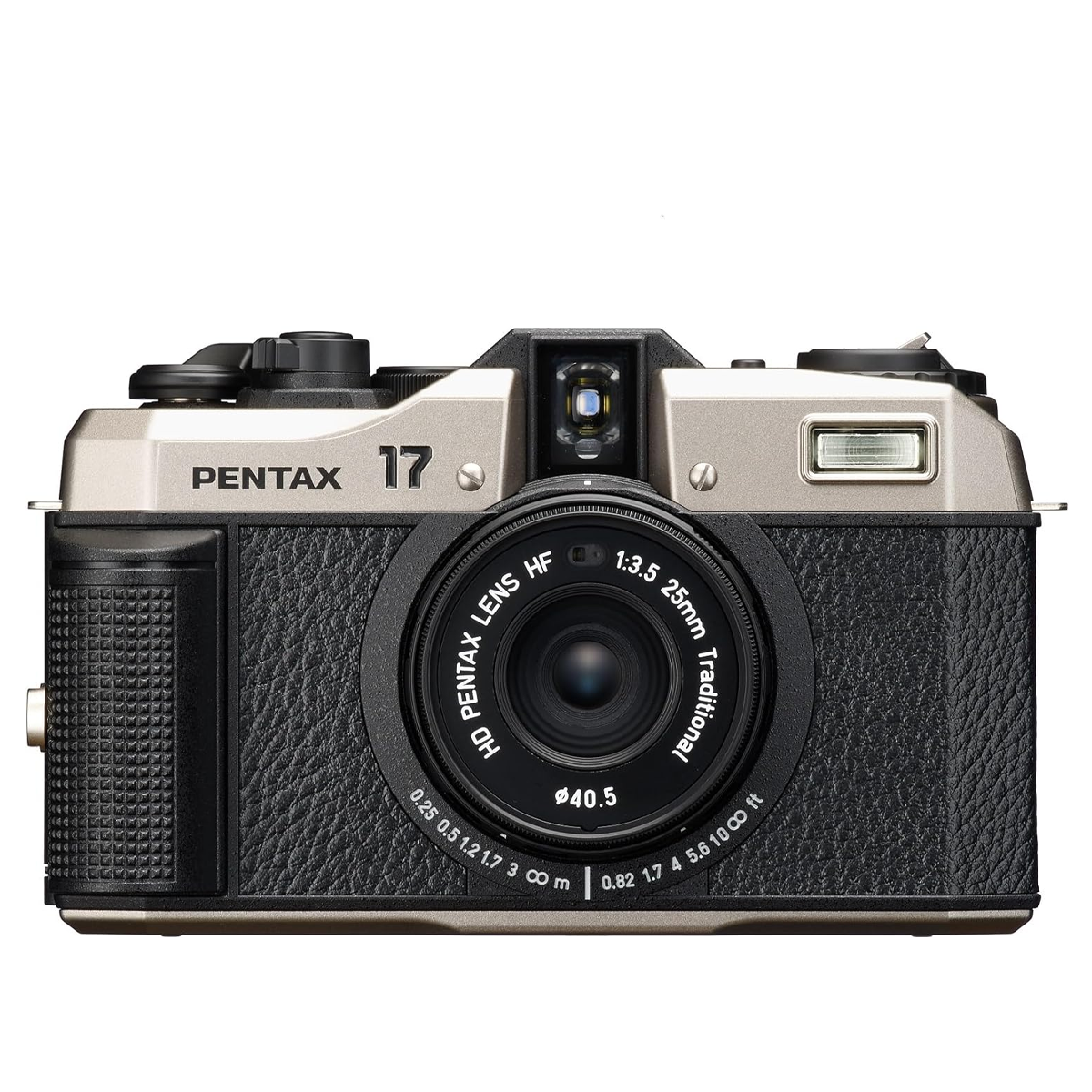
The best film
A modern film camera with point-and-shoot handling and a retro design, the Pentax 17 produces rich half-frame photos.
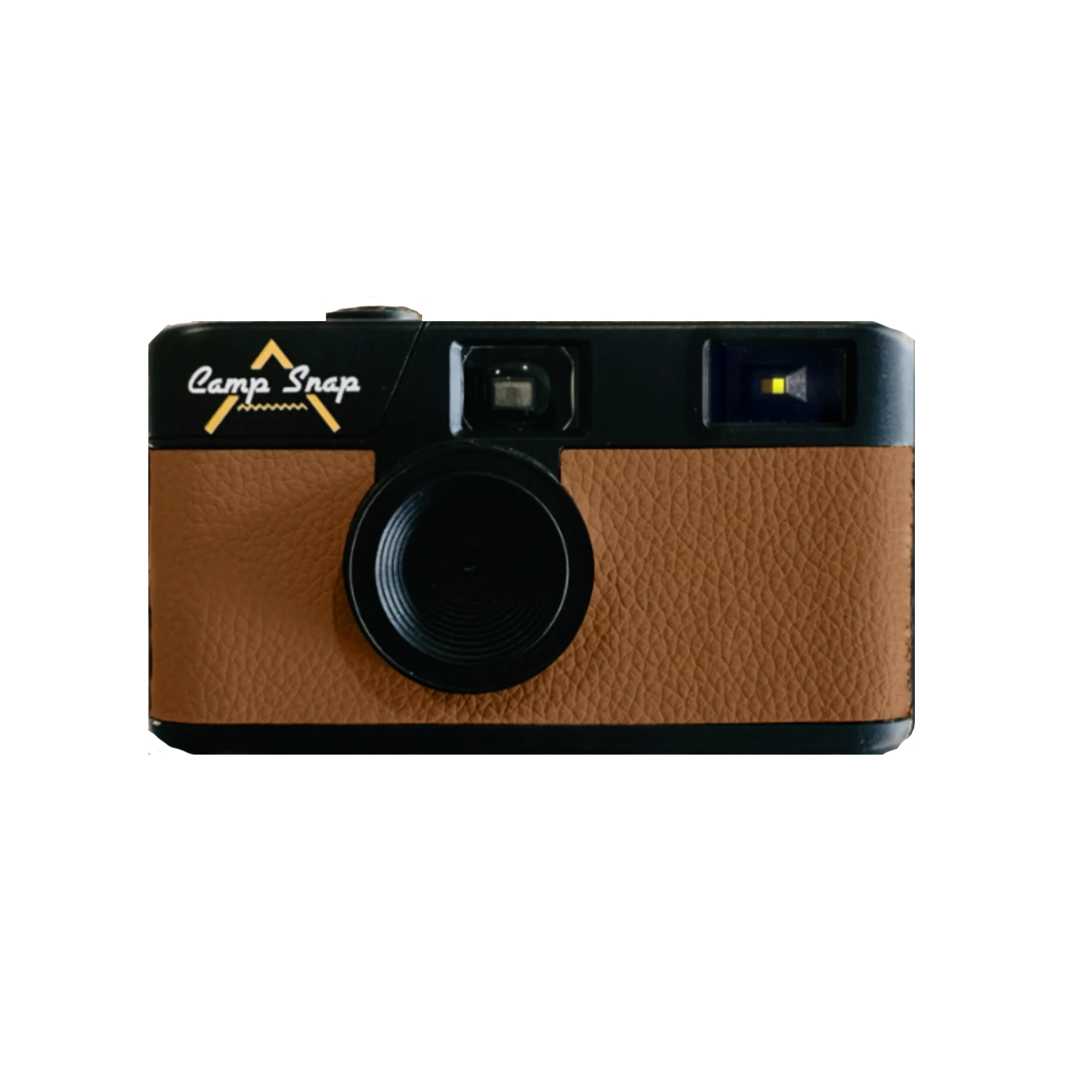
The best for kids
Effectively a digital version of the ol' single-use film camera, the retro Camp Snap has no screen for complete simplicity.
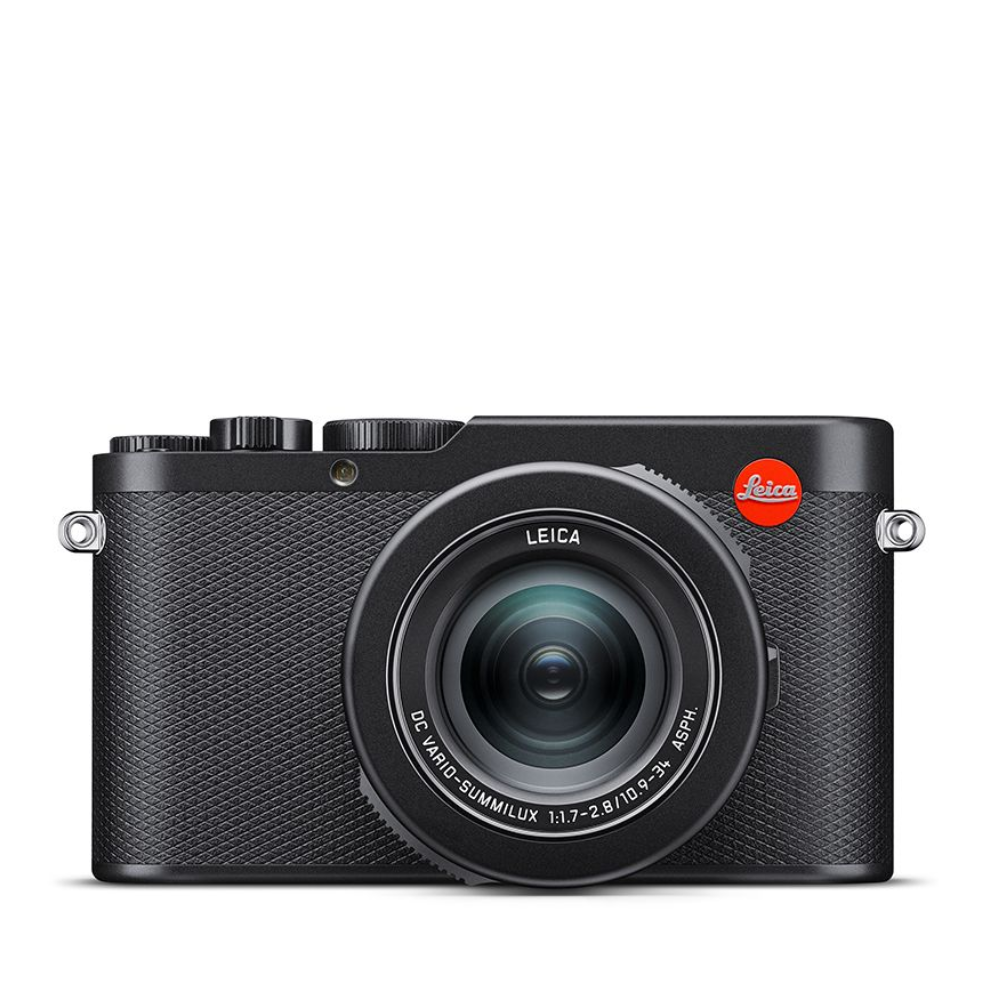
The best design
Putting unmistakable Leica style in your pocket, the D-Lux 8 is a beautifully simple compact that produces excellent stills.

Tim is TechRadar’s Cameras Editor. He’s spent more than 15 years working in the photo video industry, as both a photographer and tech journalist. Tim has tested a huge range of cameras, including many of the best point-and-shoots featured here. He notes, “The point-and-shoot market has undeniably been decimated by the rise of quality smartphone cameras. That said, as the models listed here should illustrate, the market is still healthy 2024 – fuelled in part by the viral popularity of models such as the Nikon Coolpix S6900.”
The best point-and-shoot cameras in 2025
Why you can trust TechRadar
Below you'll find full write-ups for each of the best point-and-shoot cameras in our list. We've tested each one comprehensively, so you can be sure that our recommendations can be trusted.
The best pocketable point and shoot camera for super zoom

Specifications
Reasons to buy
Reasons to avoid
Panasonic Lumix ZS100 / TZ100 (ZS99 / TZ99) sample images
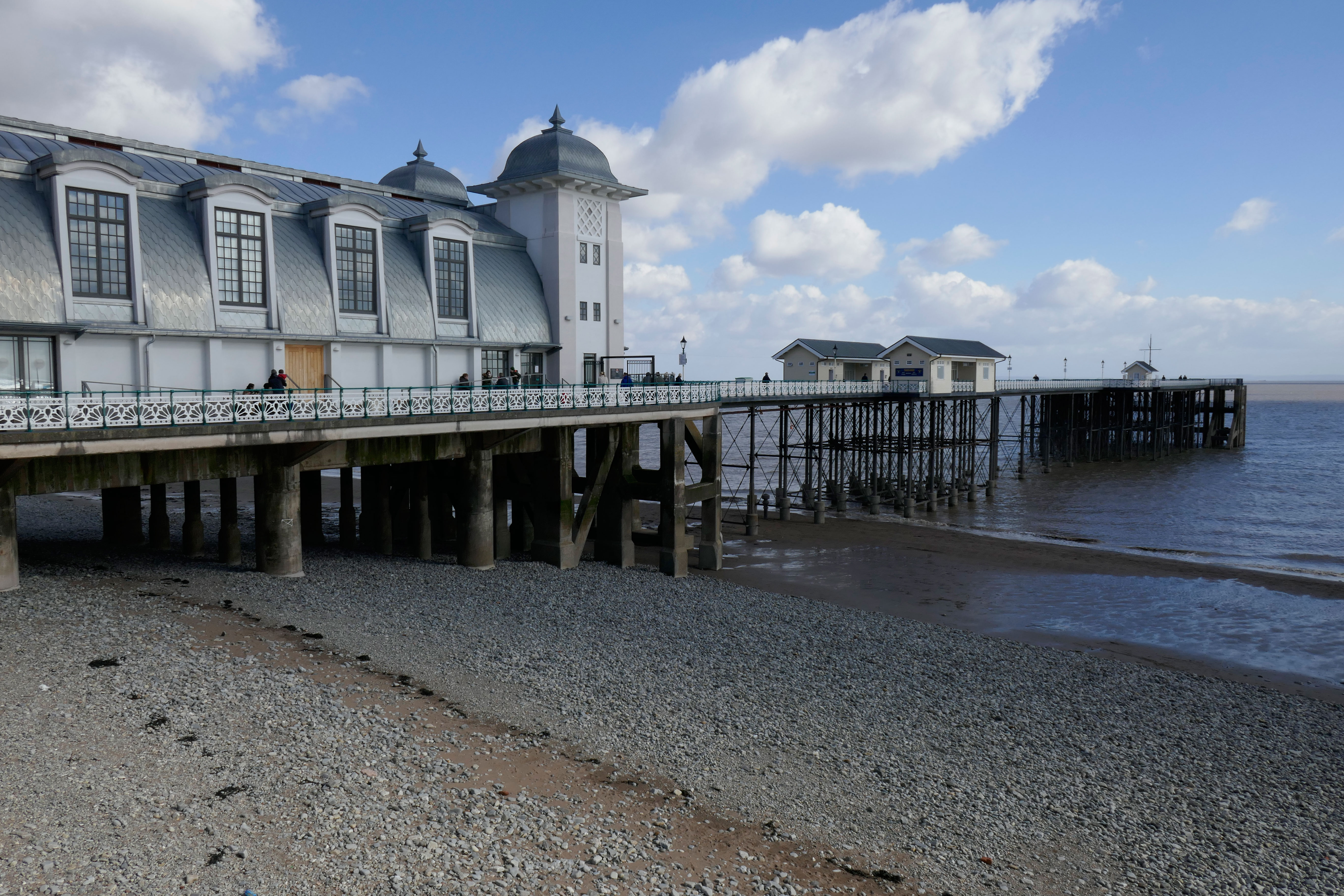

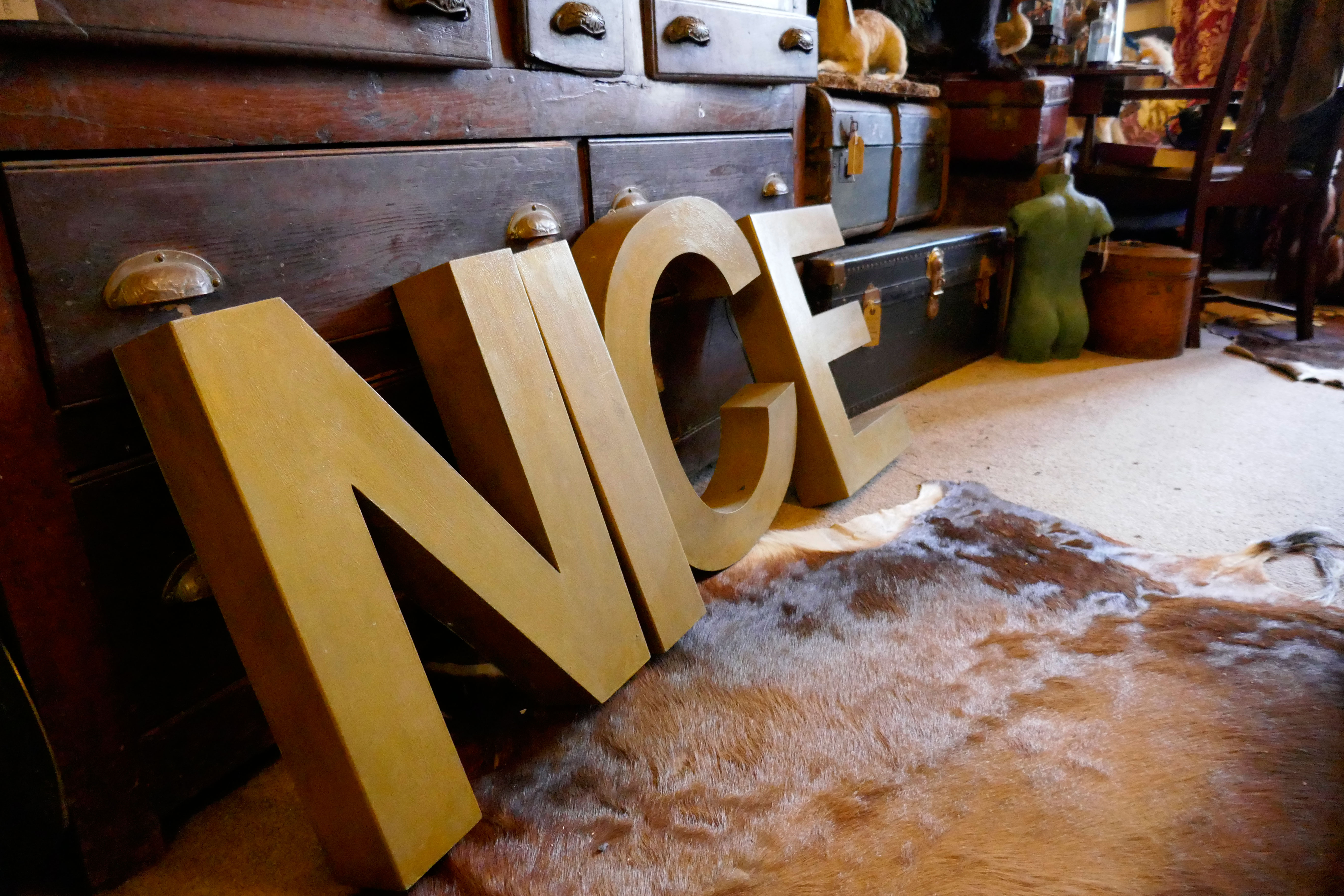

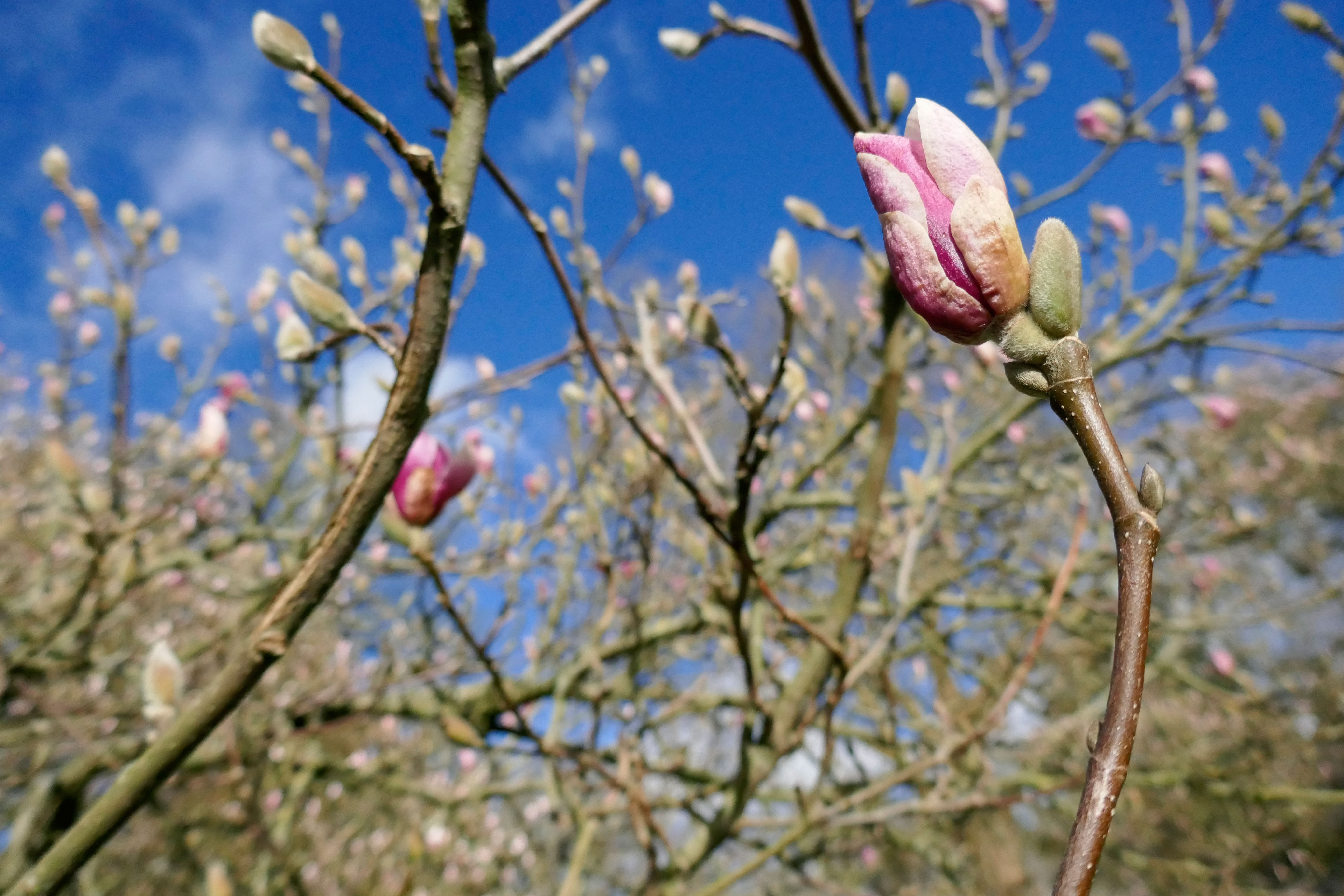
✅ You want a huge zoom range: With a focal length of 24-720mm, the ZS99 / TZ99 has a huge 30x optical zoom range, putting it ahead of almost every point-and-shoot.
✅ You appreciate extra features: From its 3-inch tilting touchscreen to five-axis image stabilization, the ZS99 / TZ99 is a feature-packed point-and-shoot.
❌ You want a viewfinder: Sadly Panasonic removed the viewfinder from the Lumix ZS100 / TZ100 in its 2025 update. The ZS70 / TZ90's 0.2-inch viewfinder is still on the small side but was good to have.
❌ You'll shoot wide angles a lot: Its zoom range offers incredible versatility, but results can look a bit soft when shooting at its widest angle.
The ZS99 / TZ99 is one of many cameras under the 'travel-zoom' point-and-shoot genre which Panasonic pioneered, on this occasion equipped with a 30x optical zoom and a 24-720mm focal range, supported by a five-axis image stabilization. We have reviewed the older ZS100 / TZ100 model which the ZS99 / ZS99 replaces, and found the older model's zoom very effective combination in our review. There are similar cameras with bigger zooms, but in our tests we found the ZS100 / TZ100 offers the most well-rounded package.
Key features include the lovely 3-inch touchscreen that tilts up for an intuitive selfie mode. Sadly, Panasonic has removed the viewfinder in the newer version, even if the original's was on the small side being 0.2-inch unit. Not many cameras in this list include a viewfinder, nor smartphones for that matter, and now we add the ZS99 / TZ99 to that list. Still, the ZS99 / TZ99 can shoot in raw format and offers in-camera raw editing, plus impressive 4K video quality too. And in a time when it's hard to find a new point-and-shoot for less than $1,000 / £1,000, the ZS99 / TZ99 comes in at an attractive price point.
- Read our in-depth Panasonic Lumix ZS100 / TZ100 review
The best premium point and shoot camera
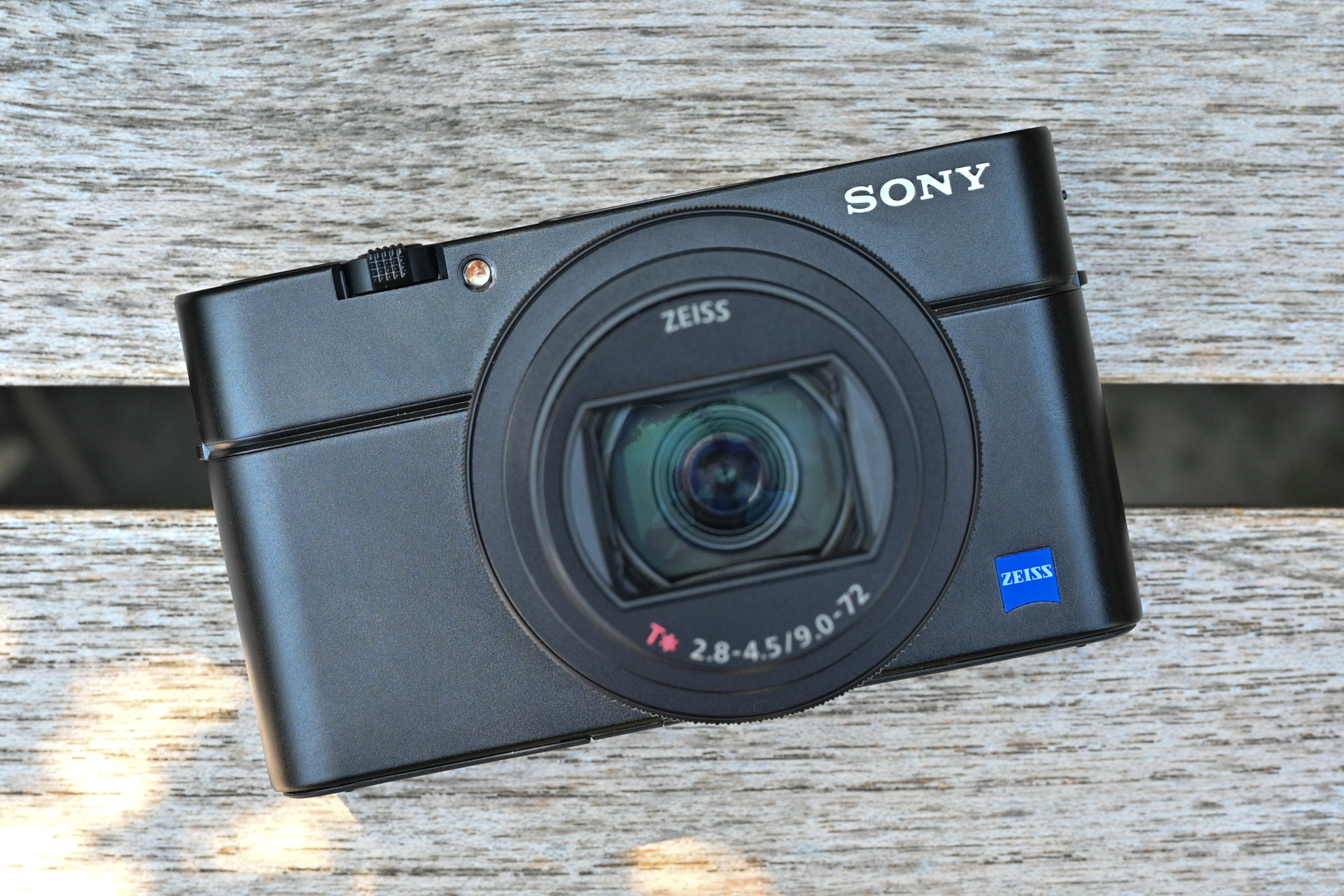
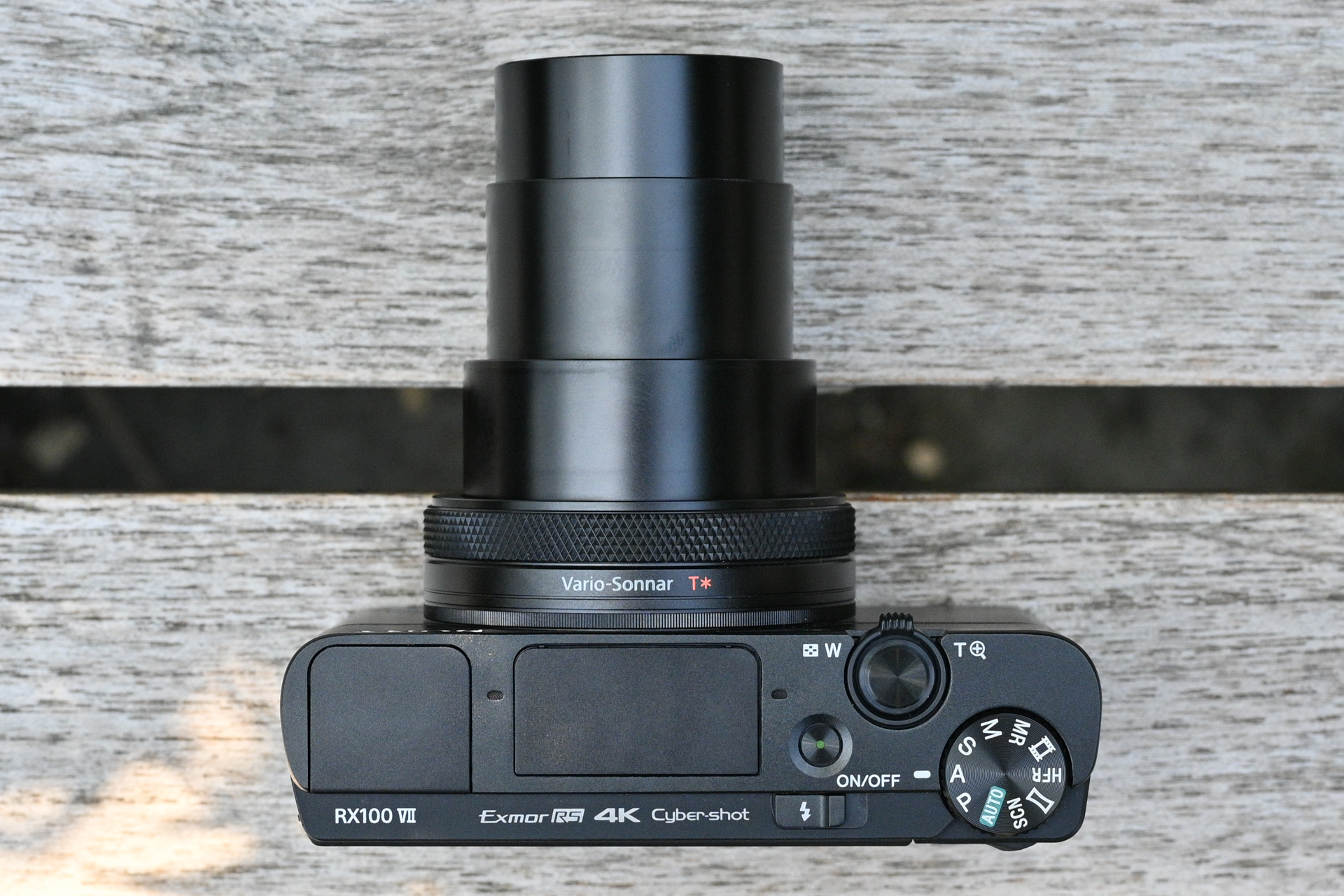

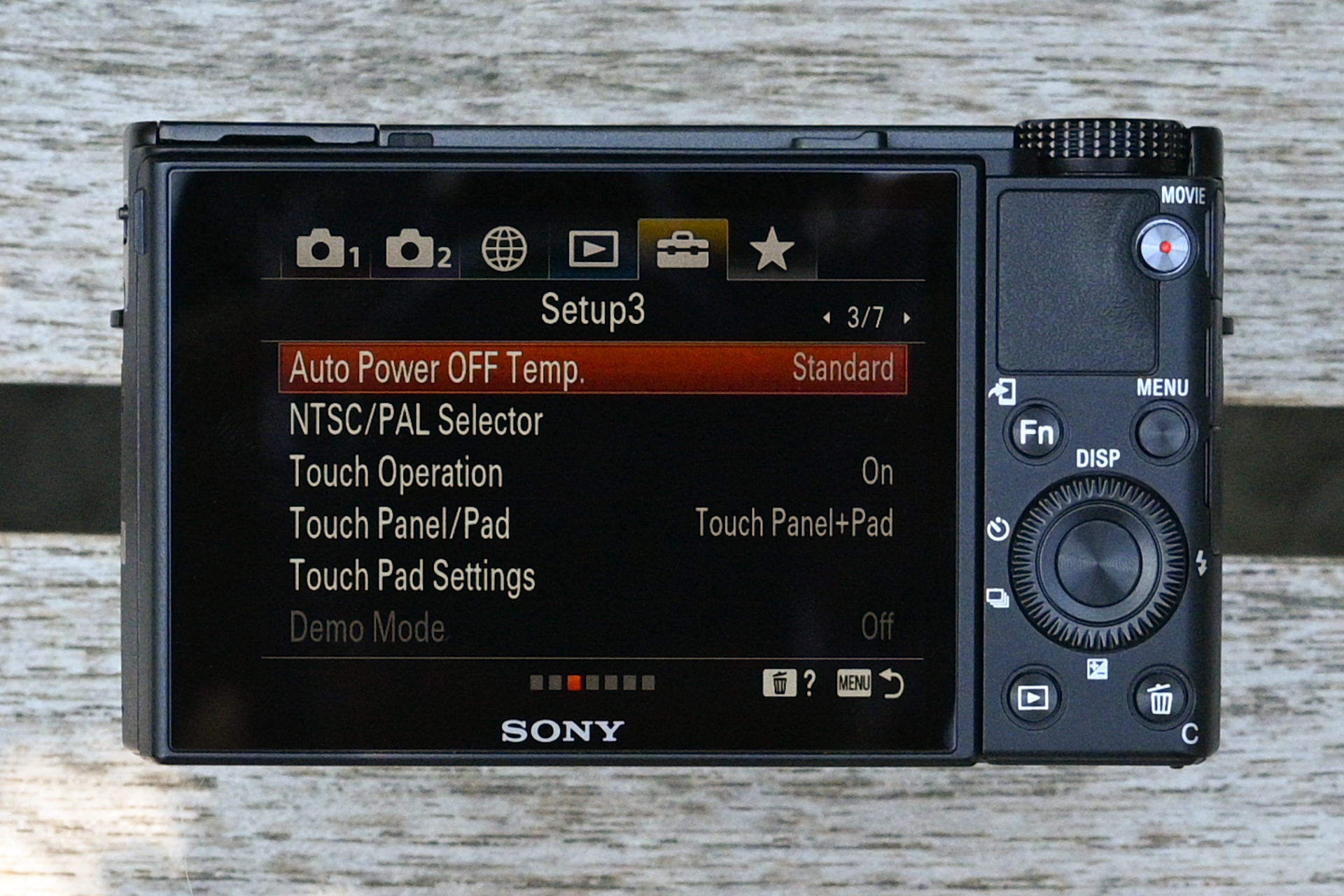
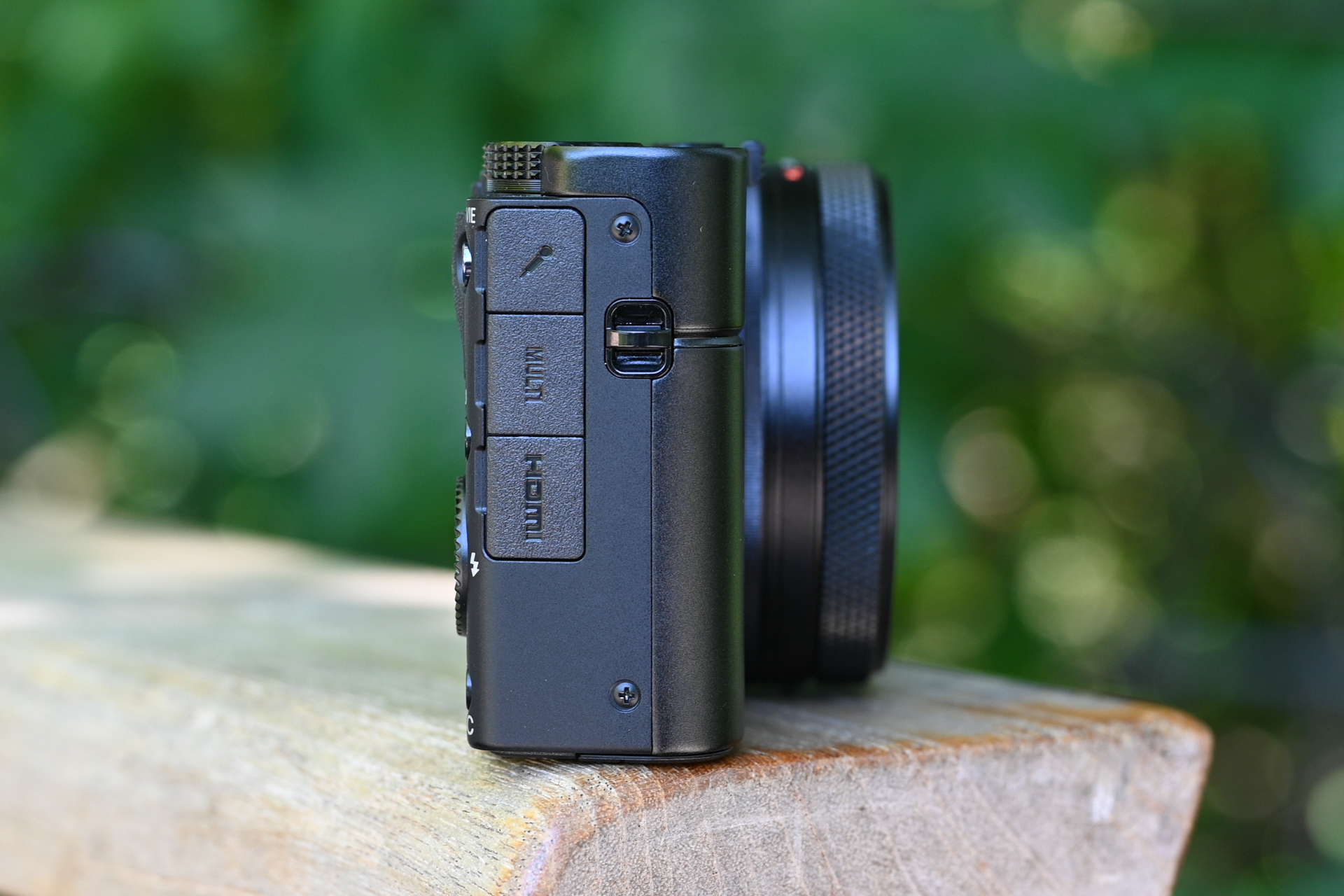
Specifications
Reasons to buy
Reasons to avoid
Sony RX100 VII sample images

Click here to view the full-size image

Click here to view the full-size image

Click here to view the full-size image

Click here to view the full-size image

Click here to view the full-size image
✅ You want a premium point-and-shoot: With a 1-inch sensor, impressive autofocus and useful manual controls, this is a high-end camera.
✅ You plan to shoot video: The RX100 VII can record high-quality 4K video footage with face detection, which isn't true of every point-and-shoot.
❌ You have a limited budget: Even several years after its launch, the Sony RX100 VII remains a very expensive point-and-shoot camera.
❌ You only need a simple camera: The RX100 VII is one of the most advanced point-and-shoot cameras you can buy, with a price tag to match.
Sony's RX100 series has long been the pinnacle of premium compact cameras and the RX100 VII is the series' high water-mark. It's practically bursting with features, but the key one for its point-and-shoot usability is its class-leading autofocus. This means it can reliably track moving subjects like speeding pets or lock onto people with its Face/Eye AF mode, which means you can simply focus on composition.
The RX100 VII is also a pretty dab hand at video too, offering detailed 4K footage with minimal rolling shutter and handy features like a microphone jack. Aside from its price tag, we found that this camera's only real downsides are its lack of touchscreen functionality and a fairly average battery life. Some may also prefer the handling and shooting experience of the Canon PowerShot G7X Mark III (see no.7 below). But otherwise this is the best money-no-object compact camera around.
- Read our in-depth Sony RX100 VII review
The best photo quality from your pocket
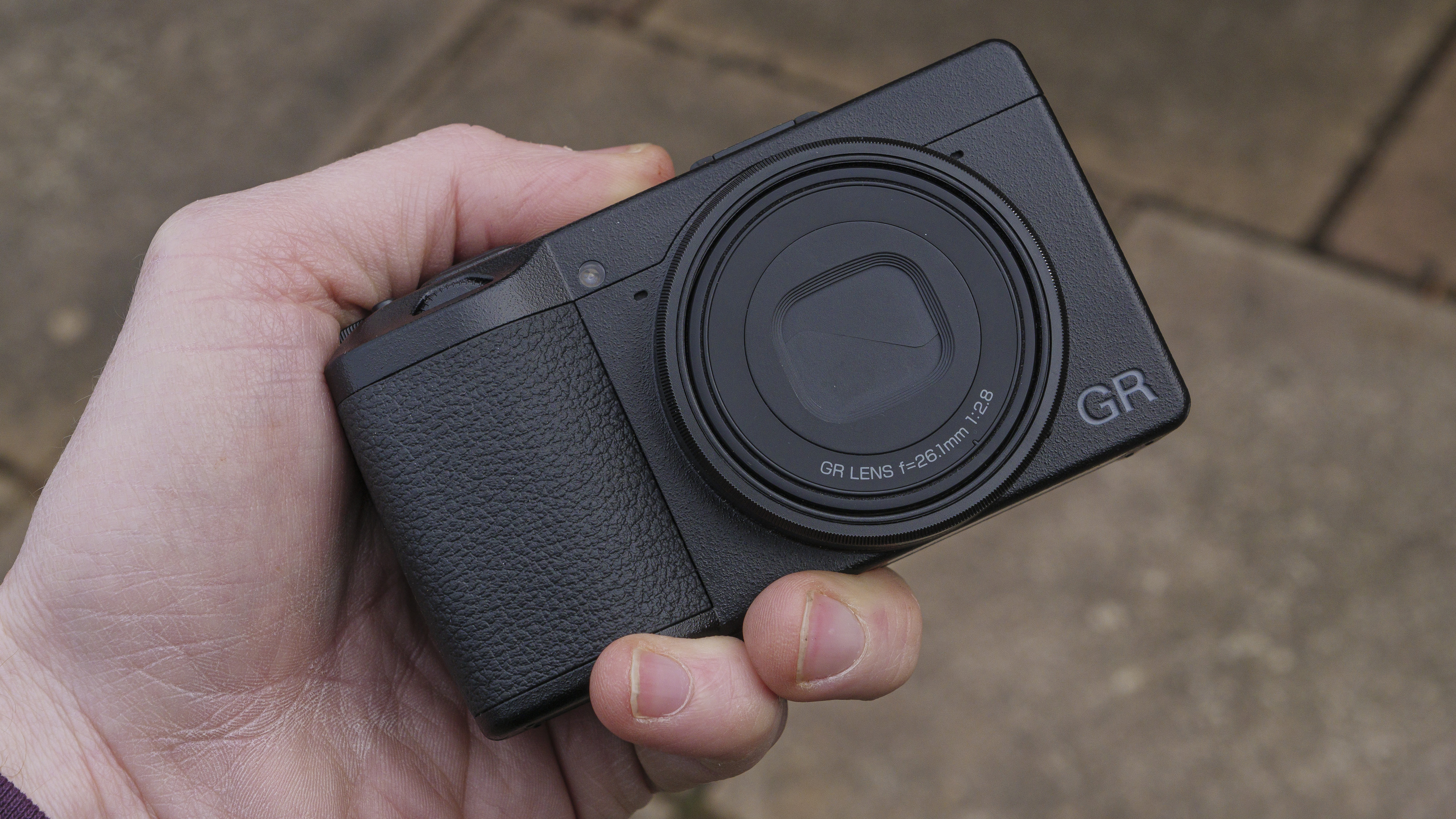

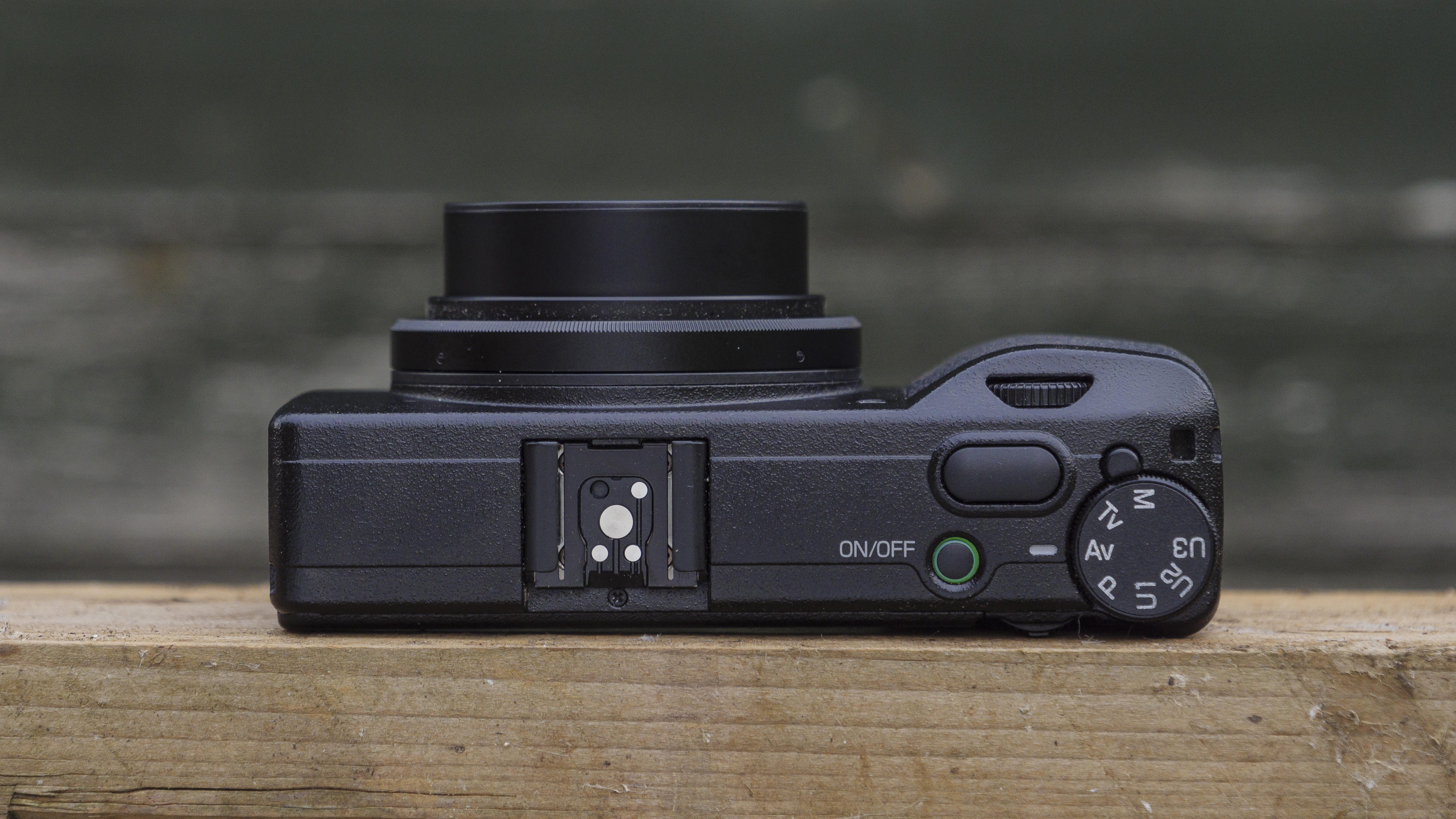
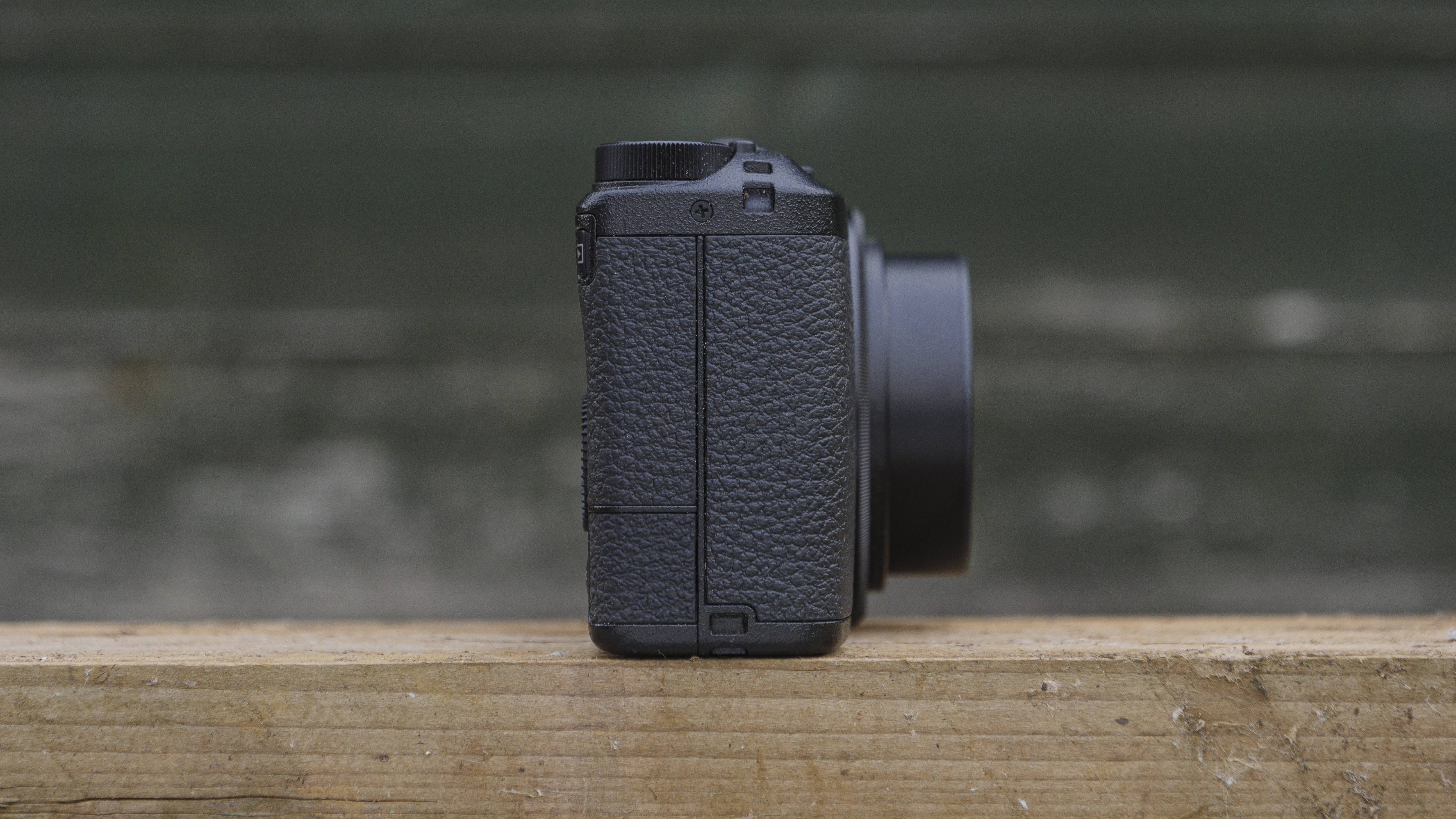
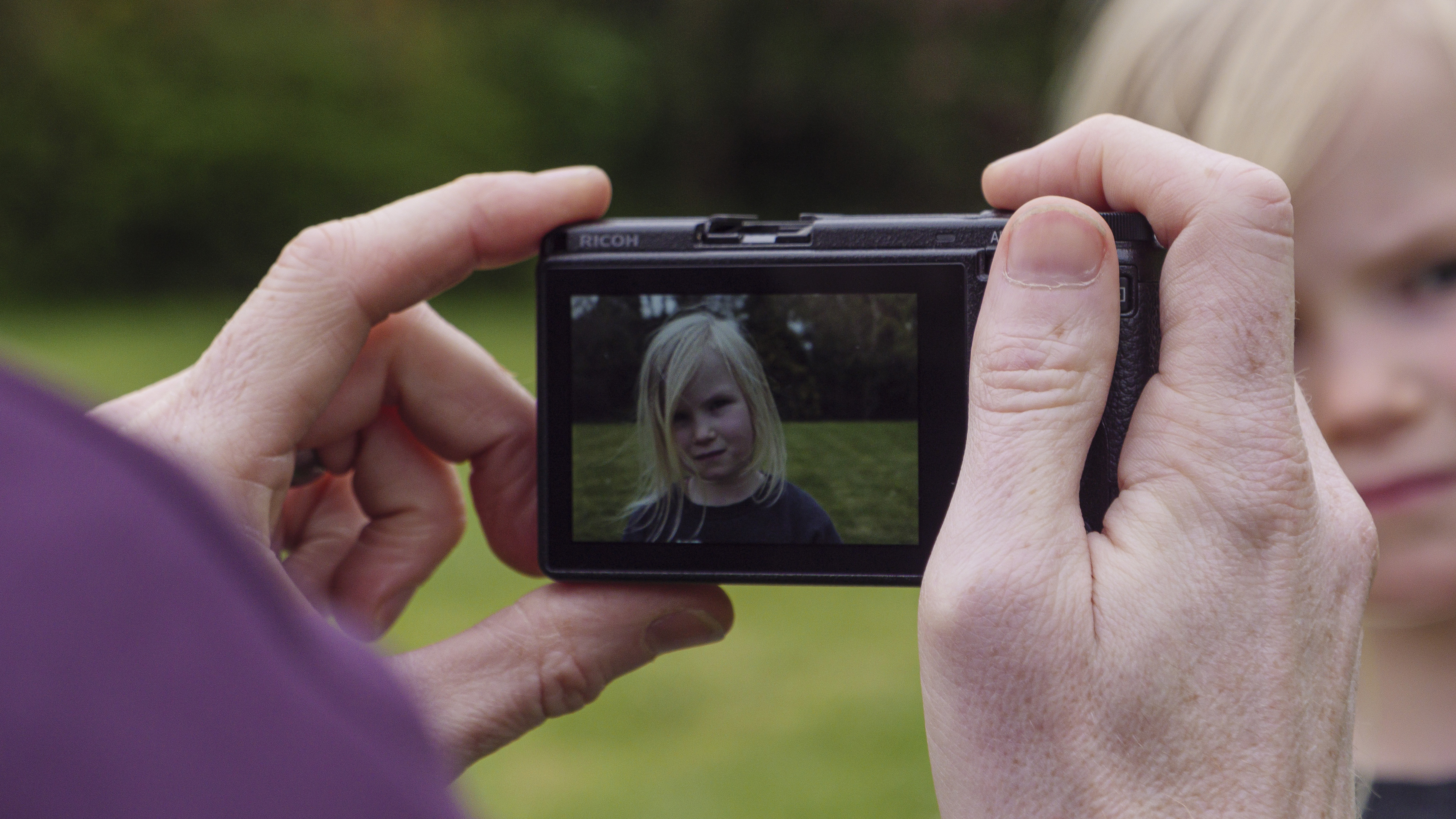
Specifications
Reasons to buy
Reasons to avoid
Ricoh GR IIIx sample images
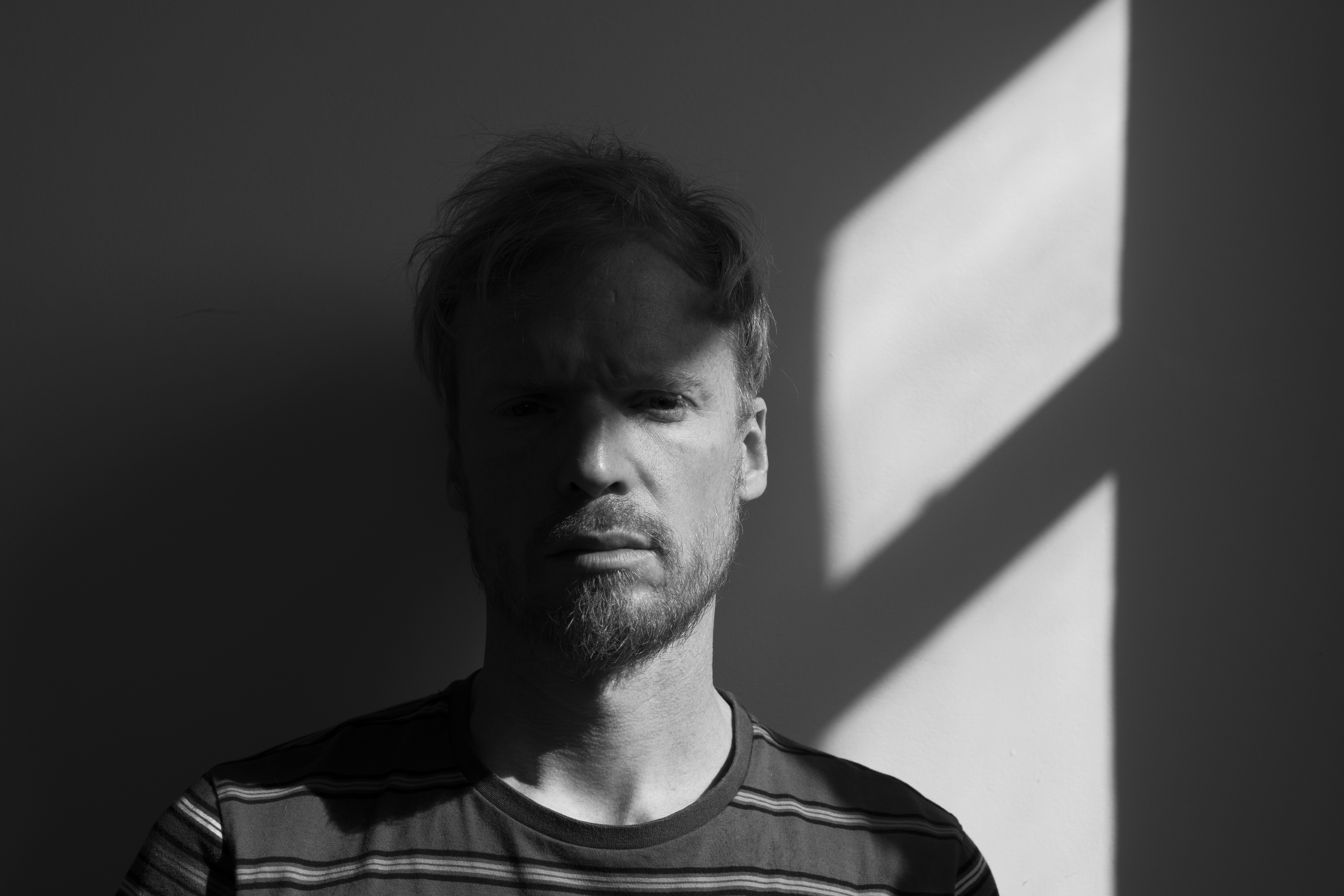

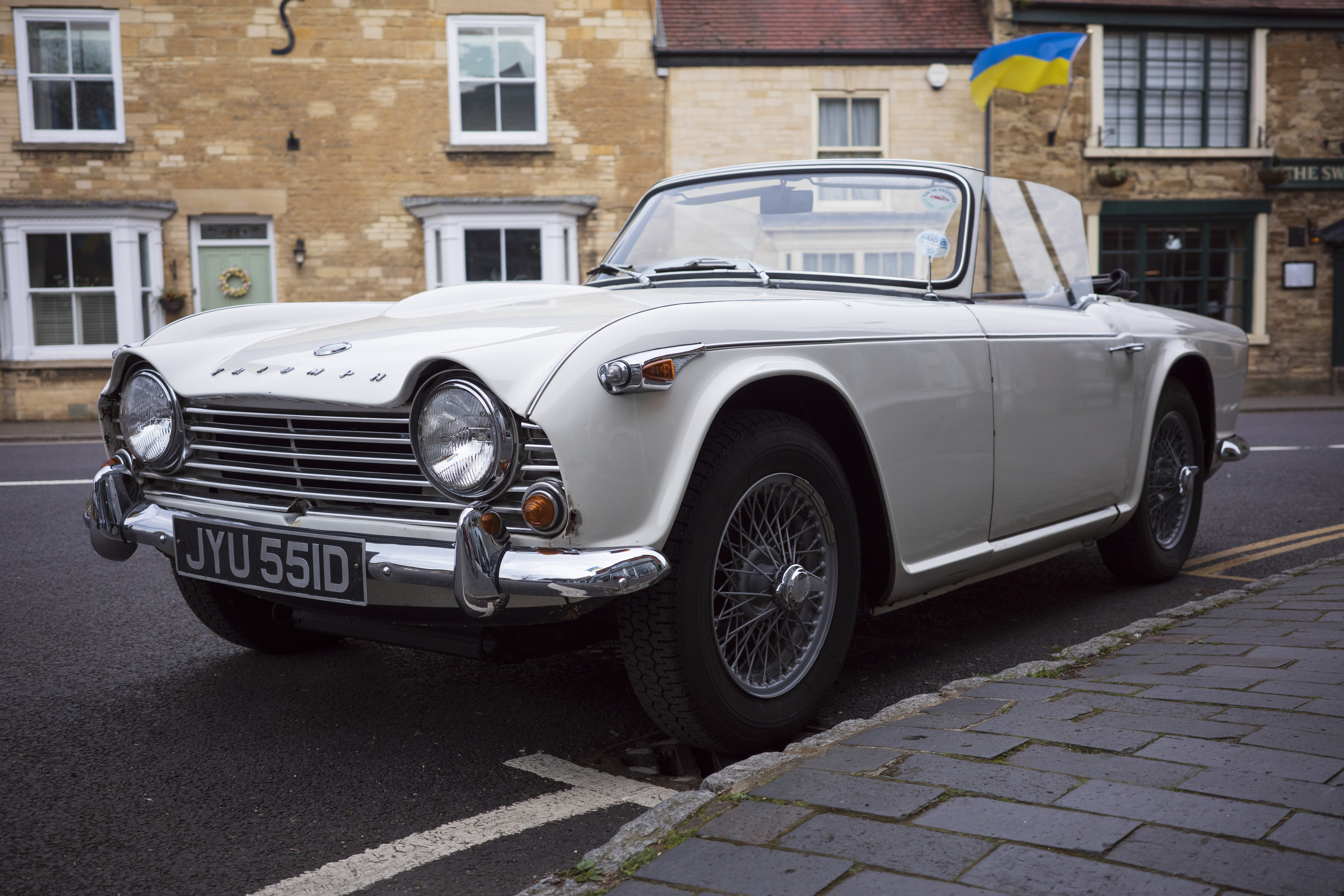
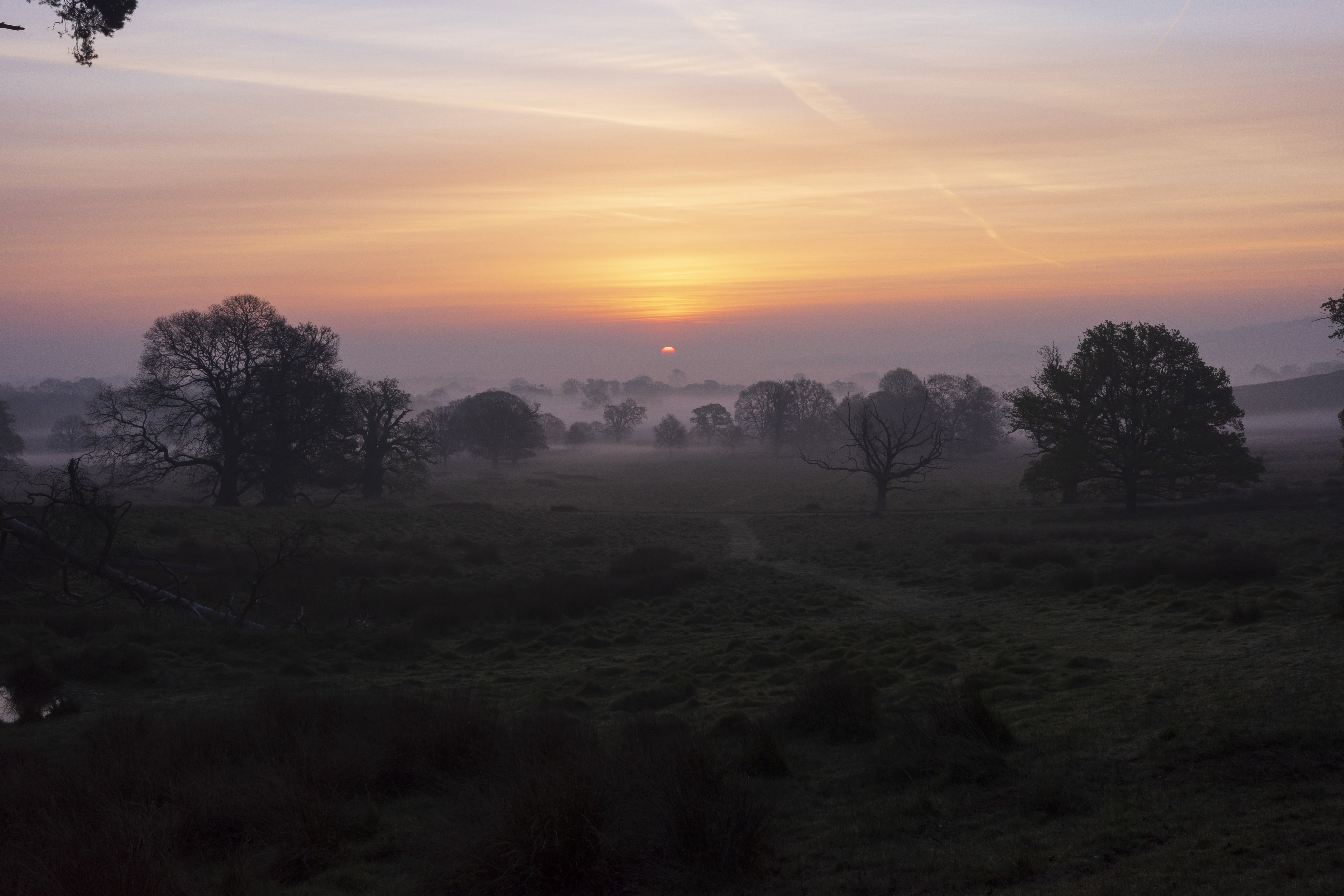
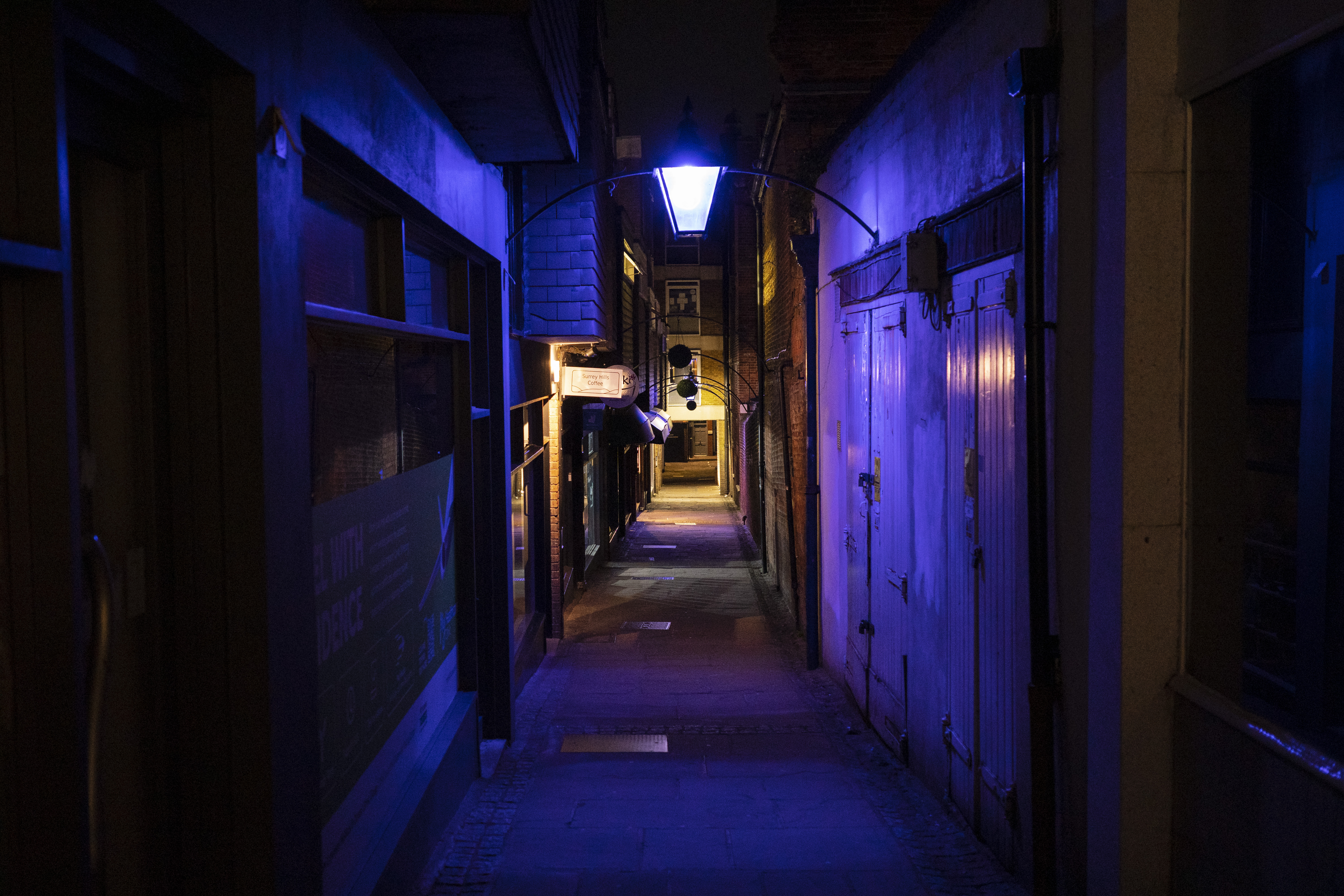
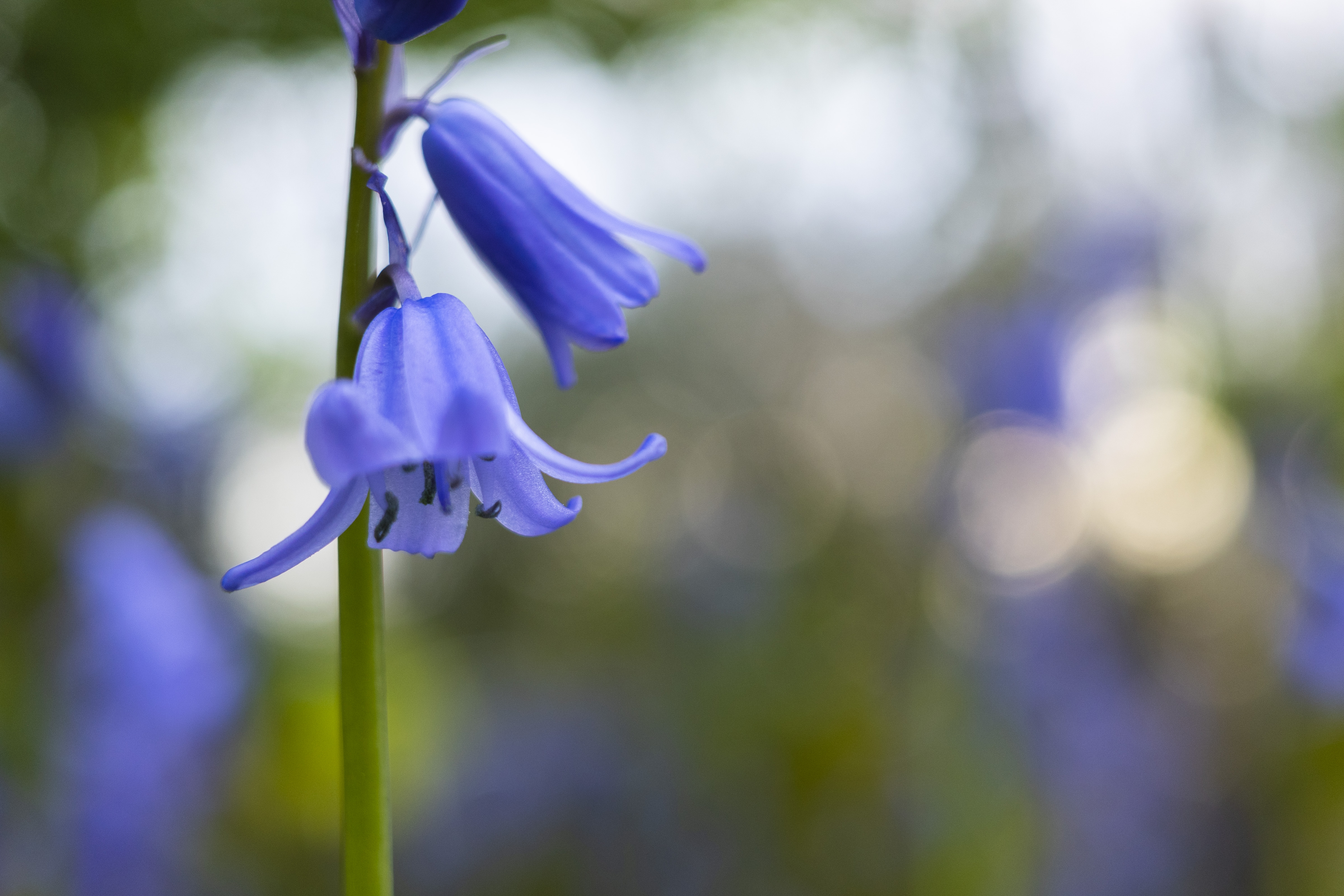
✅ Image quality matters most to you: With a fixed focal length lens and large APS-C sensor you get unbeatable quality for a camera so small.
✅ You like documenting life: The fixed focal length lens is restricting, but it gives a perspective similar to your field of attention and ideal for documentary photography.
❌ You want a versatile zoom: The niche GR IIIx has a fixed focal length lens and modest video specs.
❌ You shoot video as much as photos: The GR IIIx's 1080p / 60fps video is way behind today's smartphones, while you're stuck with the camera's built-in mics for mono audio.
If photo quality from a truly pocketable camera matters most to you, then the Ricoh GR III series tops the bill. We've included the GR IIIx here, which features a sharp, 40mm f/2.8 fixed focal length lens, while the original GR III packs a wider 28mm f/2.8 lens. We think the GR IIIx is overall the more versatile package, providing a natural perspective to the human eye, together with a digital crop to deliver a 71mm effective focal length which combines nicely with the close focusing mode for macro images. That said, if you prefer landscapes to people, the original could be the better choice.
Our review says the GRIII X is a superb everyday camera that you can keep in your pocket, armed with a large APS-C sensor and sharp lens for smartphone beating image quality, plus lovely color profiles. Street photographers love its Snap Focus system, which makes this an intuitive camera for capturing decisive moments. The GR III series of cameras are far from perfect – we would like a built-in flash, viewfinder and tilt-screen to feature, plus better battery life, but such concessions are understandable given how small the body is. If you’re on the hunt for superb image quality, snappy performance, and intuitive handling in a pocket-friendly body, together with a host of excellent customization options and in-camera raw editing, the GR IIIx is a winner.
Read our in-depth Ricoh GR IIIx review
The best rugged point and shoot camera
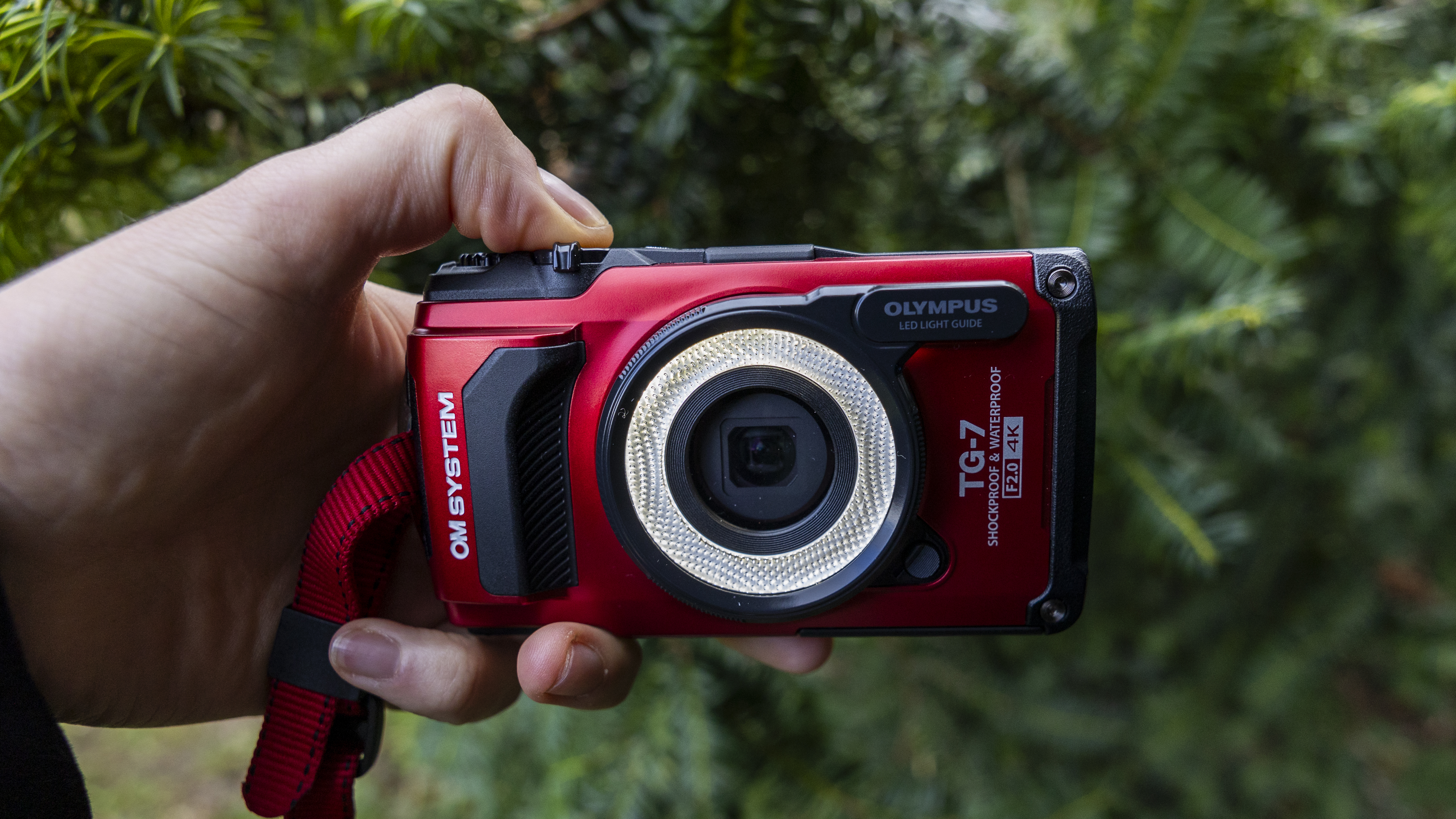
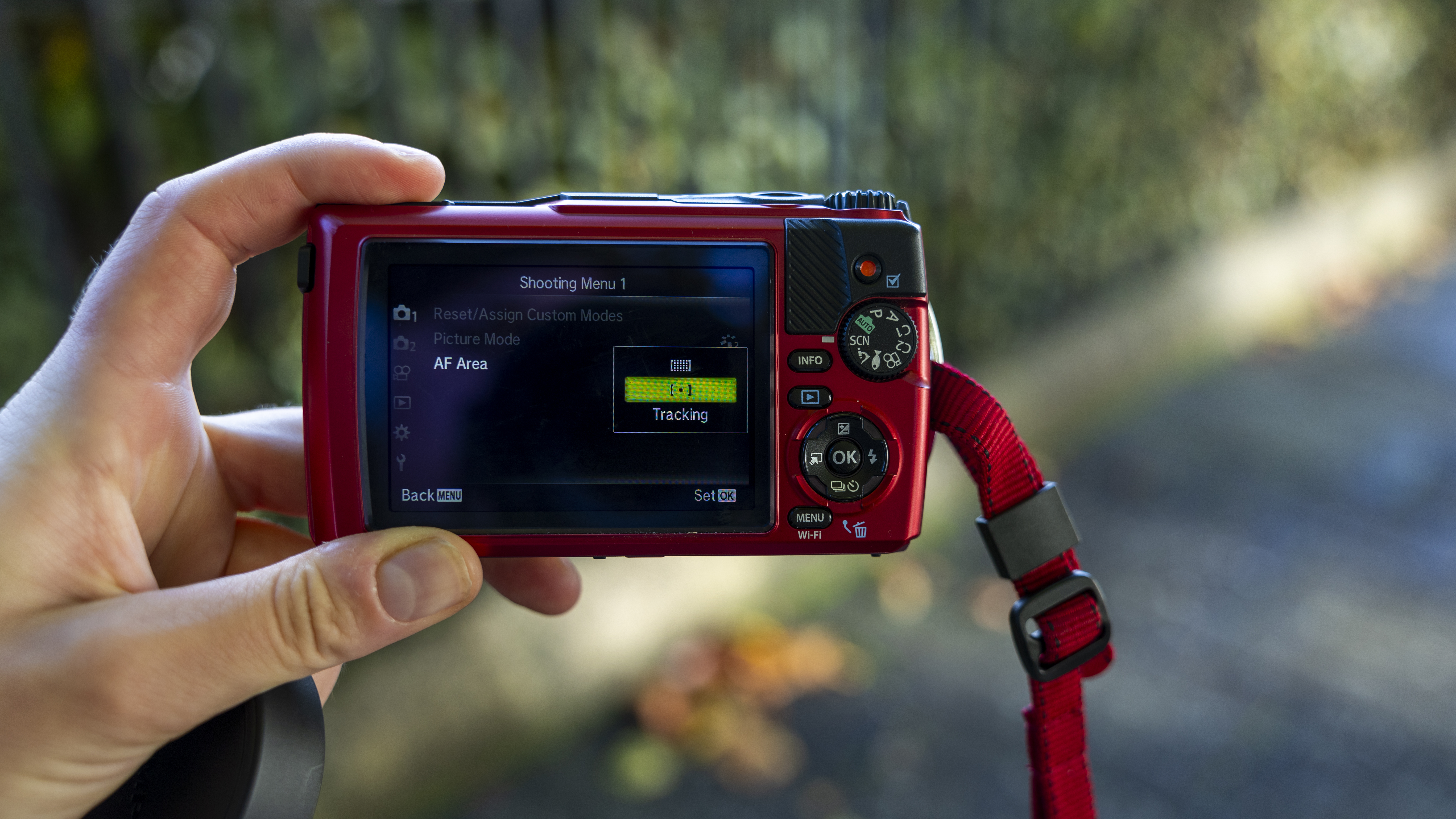
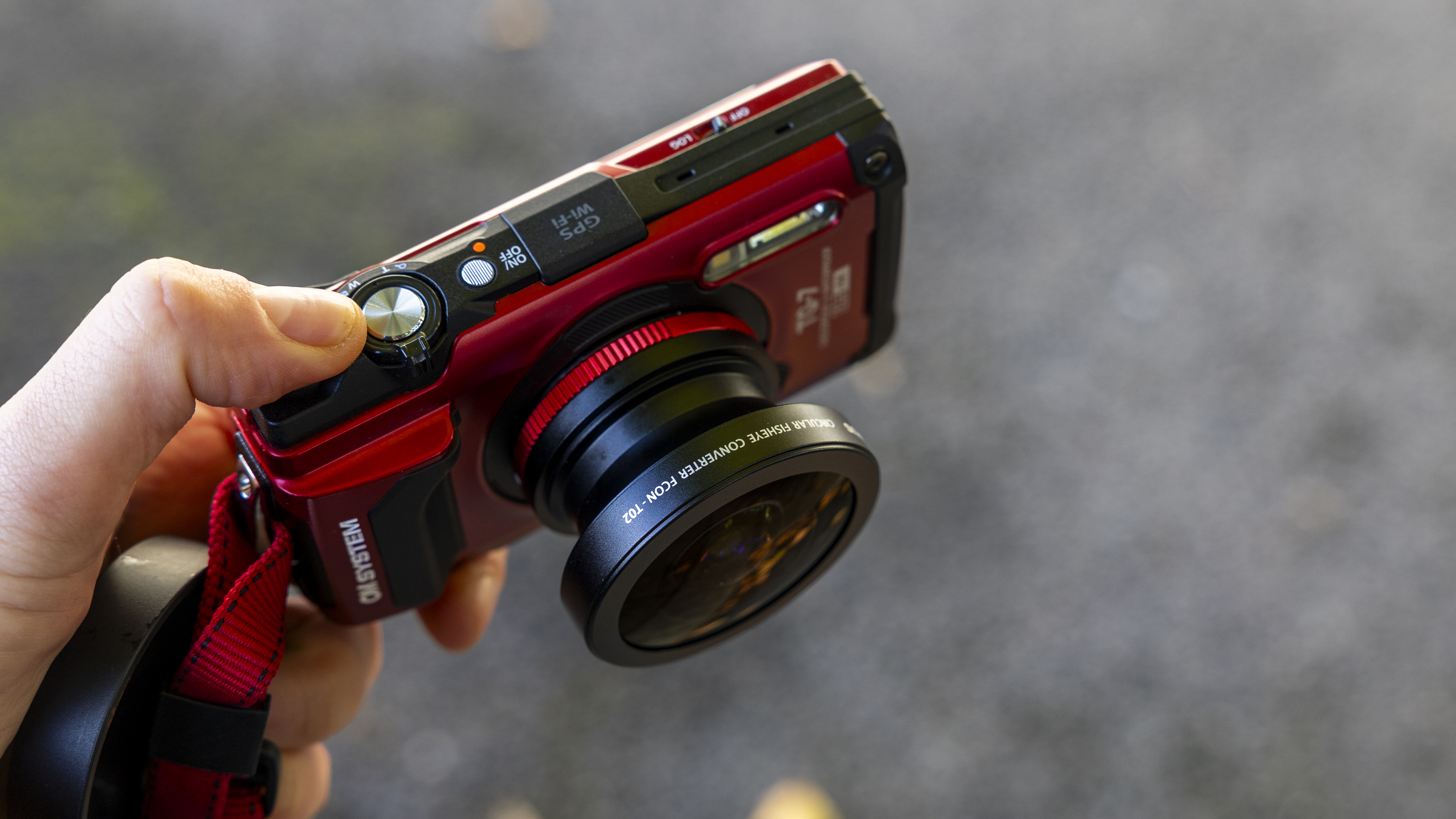


Specifications
Reasons to buy
Reasons to avoid
OM System Tough TG-7 sample images
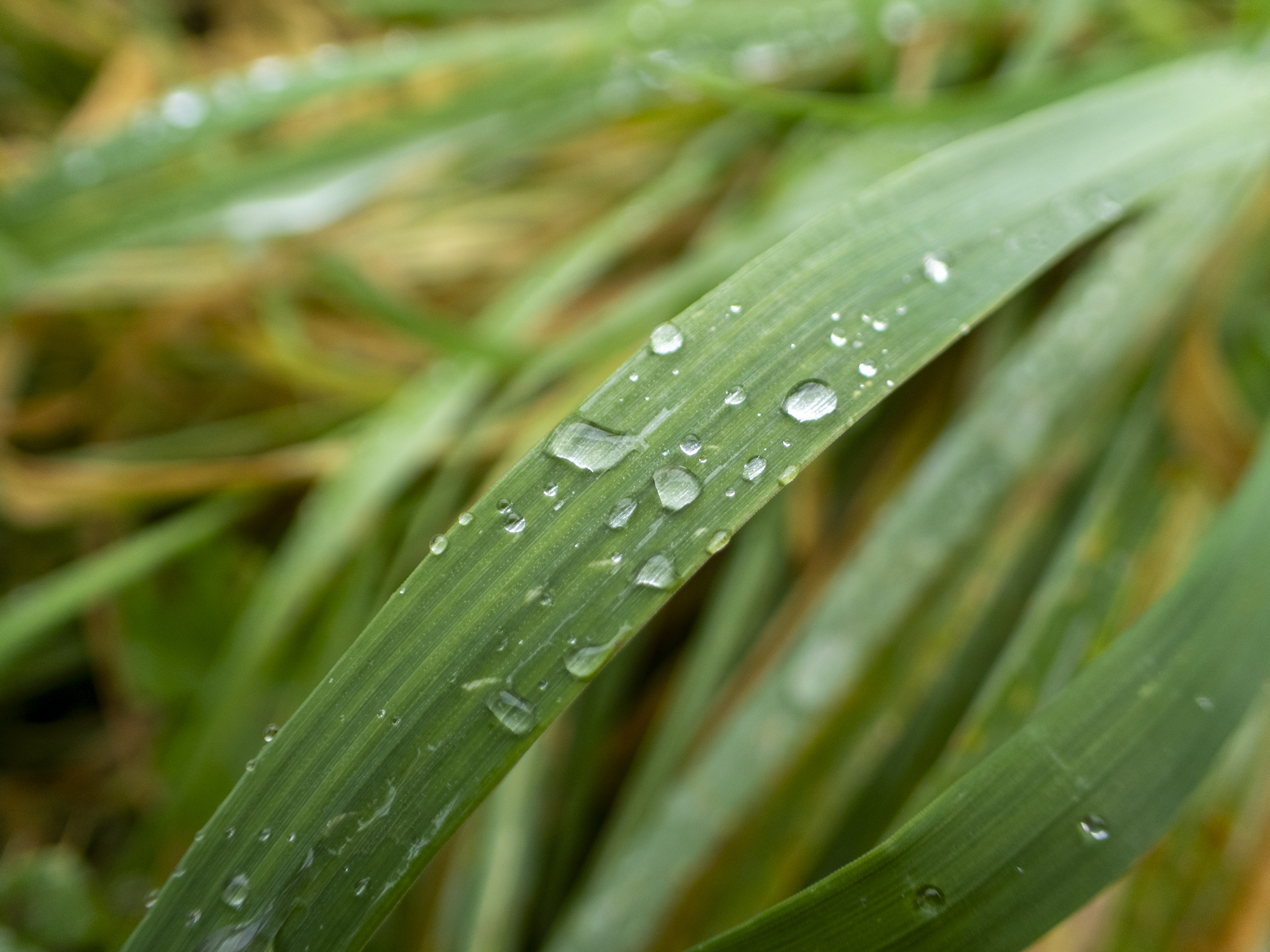

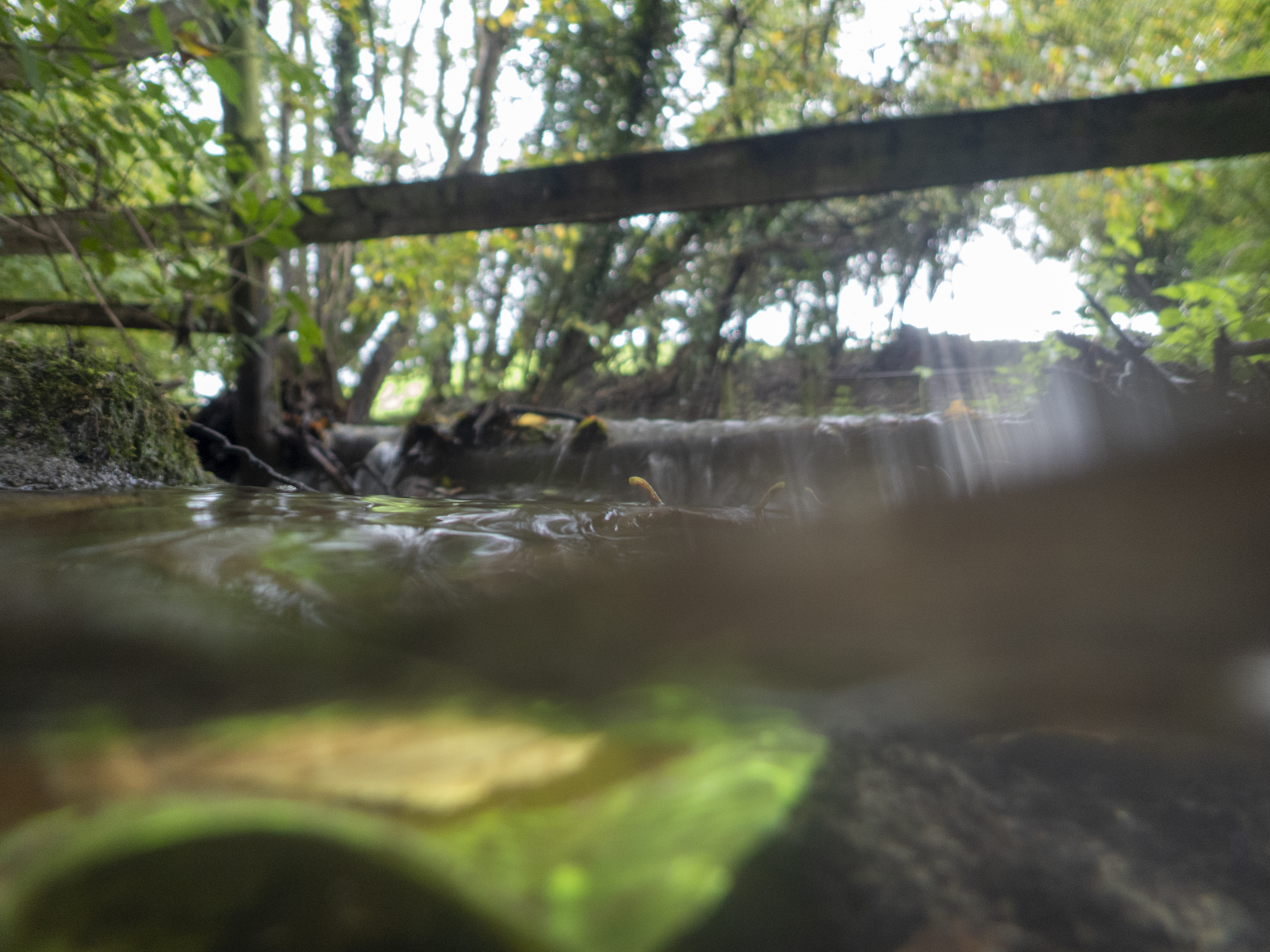
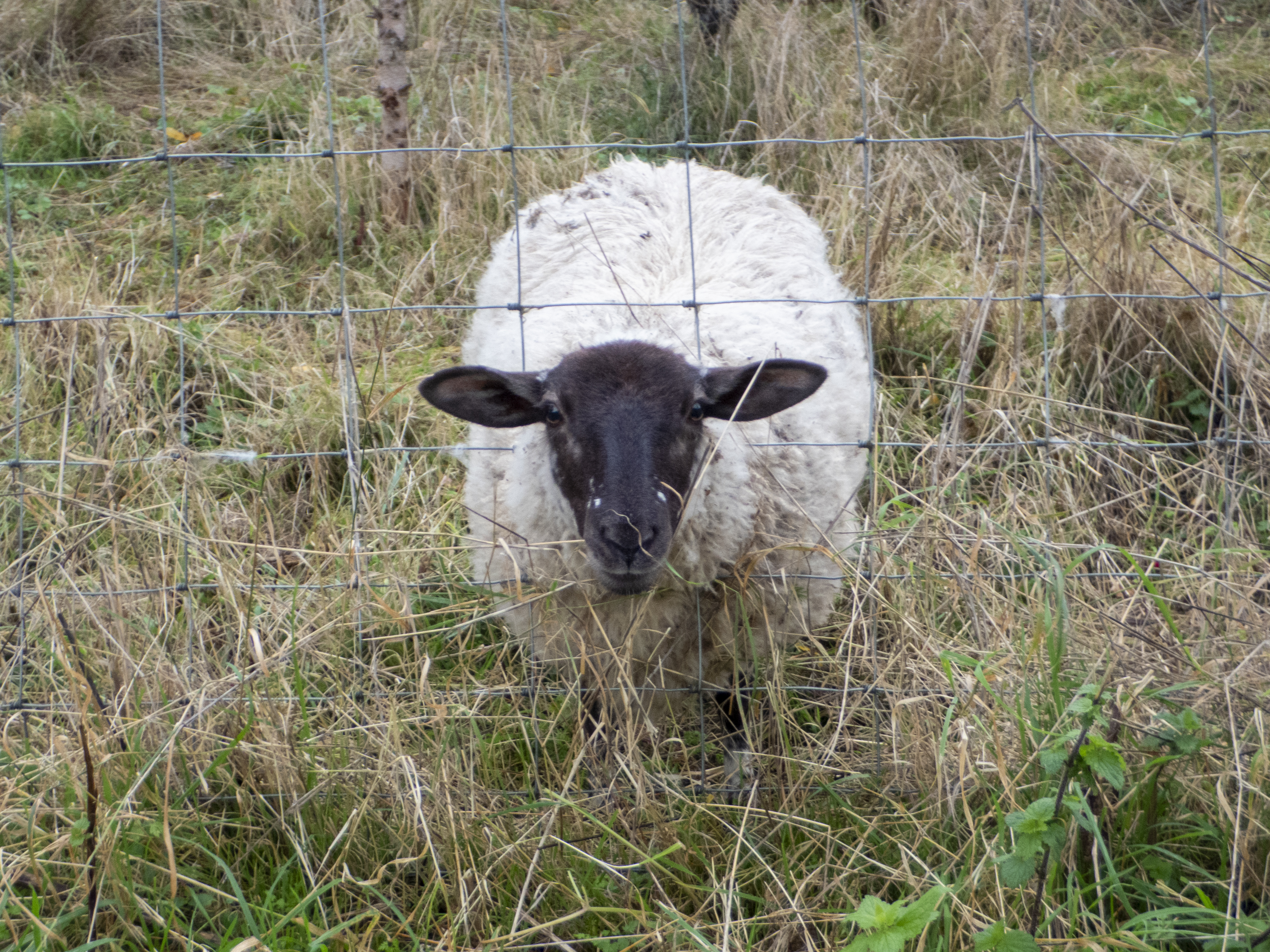
✅ You want a rugged point-and-shoot: Dropped in sand or submerged in the sea, the toughest point-and-shoot in this list is completely family-proof.
✅ You take mainly photos: The Tough TG-7 offers useful features for shooting stills, including macro modes and white-balance adjustments.
❌ You want the best image quality: Its rugged credentials are what set the Tough TG-7 apart, with image quality falling behind many modern smartphones.
❌ You want a touchscreen interface: While physical controls make the Tough TG-7 an easy camera to handle, its rear LCD isn't a touchscreen.
The OM System Tough TG-7 is exactly what you want in terms of a point-and-shoot. Take it on your travels, throw it in your bag, and even give it to your kids. Wherever you take it and whatever you do with it, you can rest assured that it'll withstand all the knocks and scrapes along the way. As well as being rugged, the Tough TG-7 is also waterproof with an IPX8 rating, making it perfect not only for rainy days but also for submerging up to 15m underwater.
The camera has a 1/2.3-inch BSI CMOS sensor, which produces 12MP images. Video resolution goes up to 4K at 30 fps, and if you want slow motion, you have the option of 60 fps at 1080p. Even though this camera can't deliver sharp, cinematic video, you'll still be guaranteed fair-quality, usable footage. Even though some smartphones have better optics, the Tough TG-7 does a unique job of breaking down the barrier between you and nature, encouraging you to get out and about more than ever.
- Read our in-depth OM System Tough TG-7 review
The best point and shoot camera for video
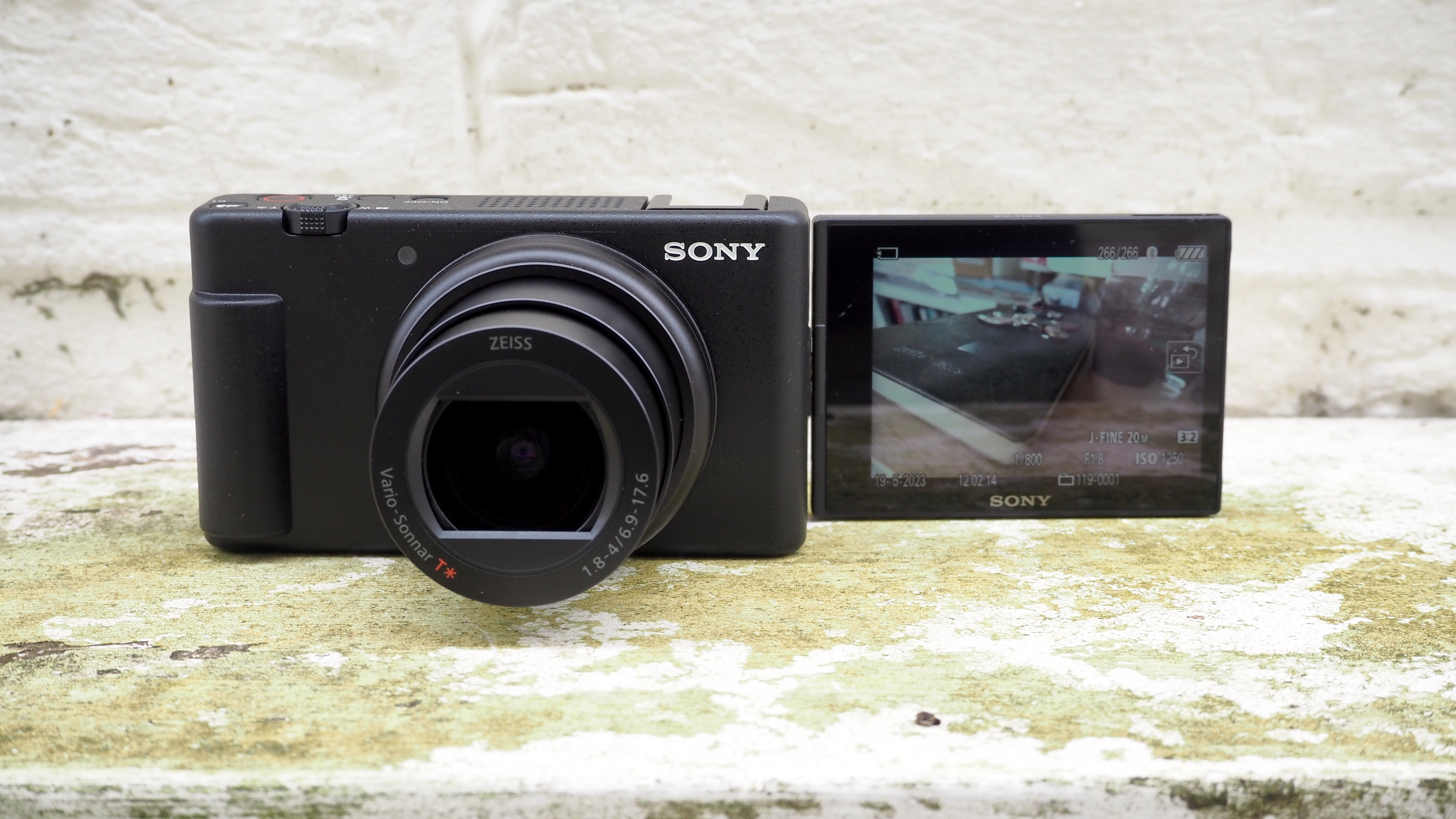
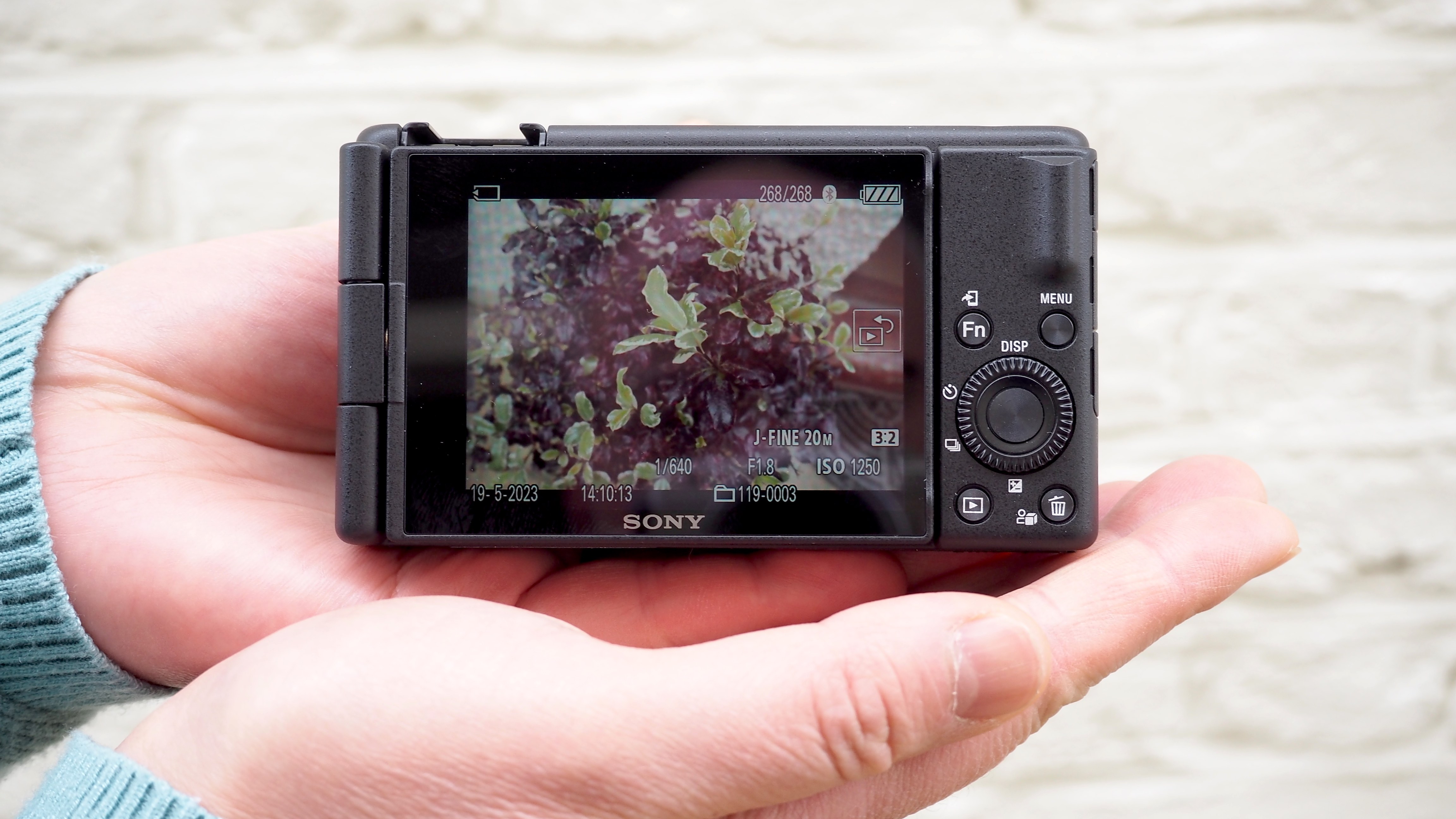
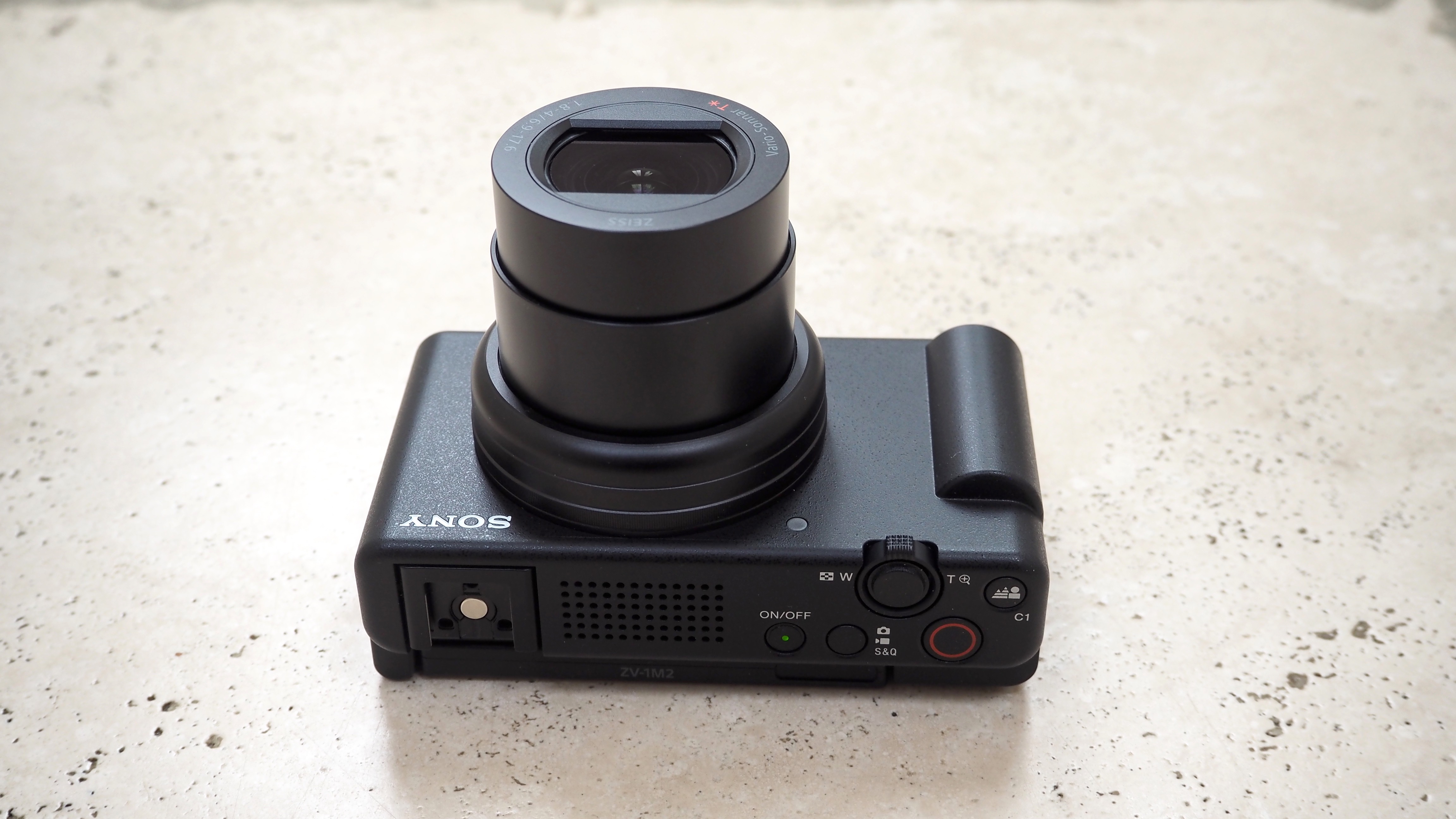
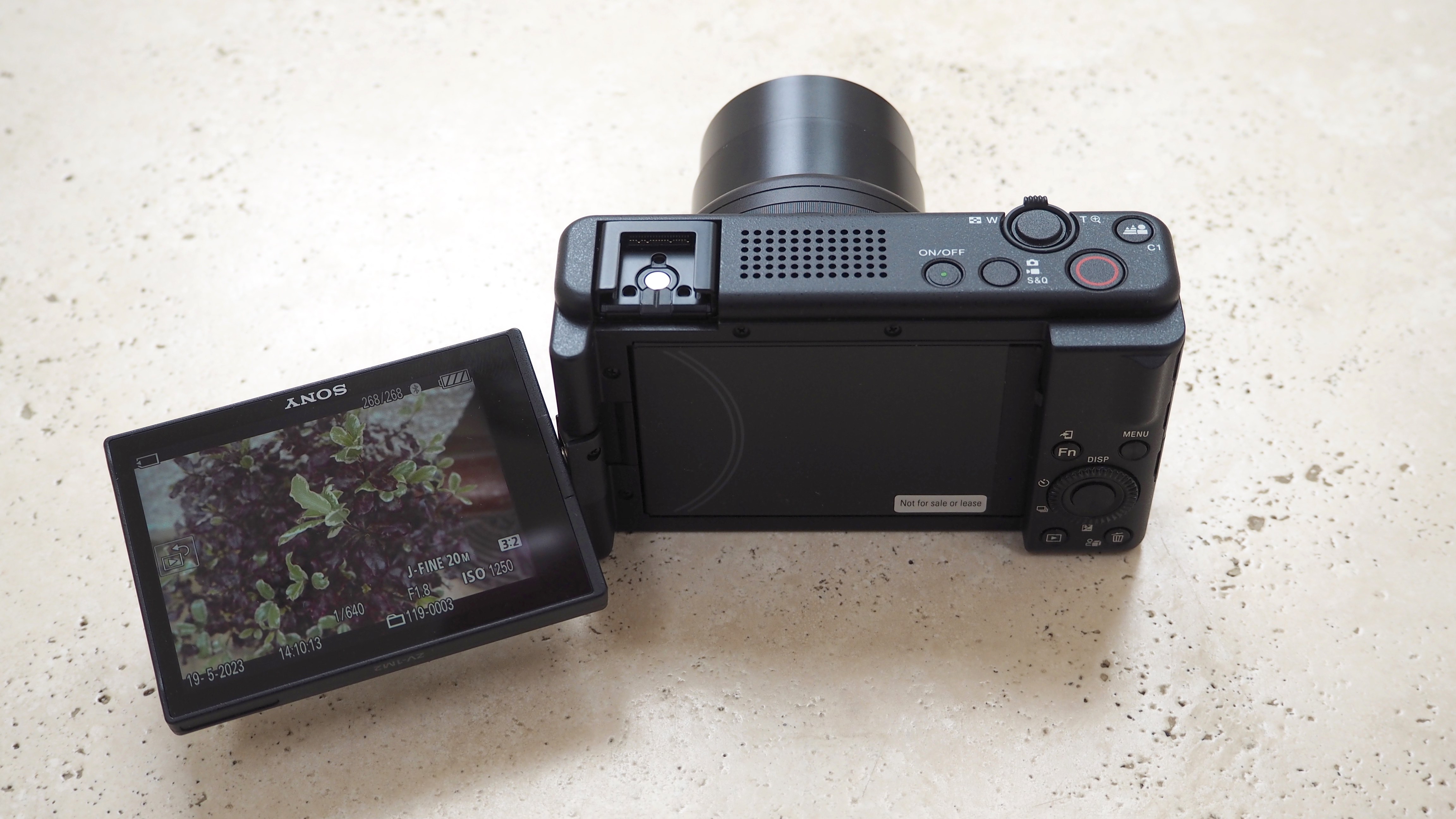
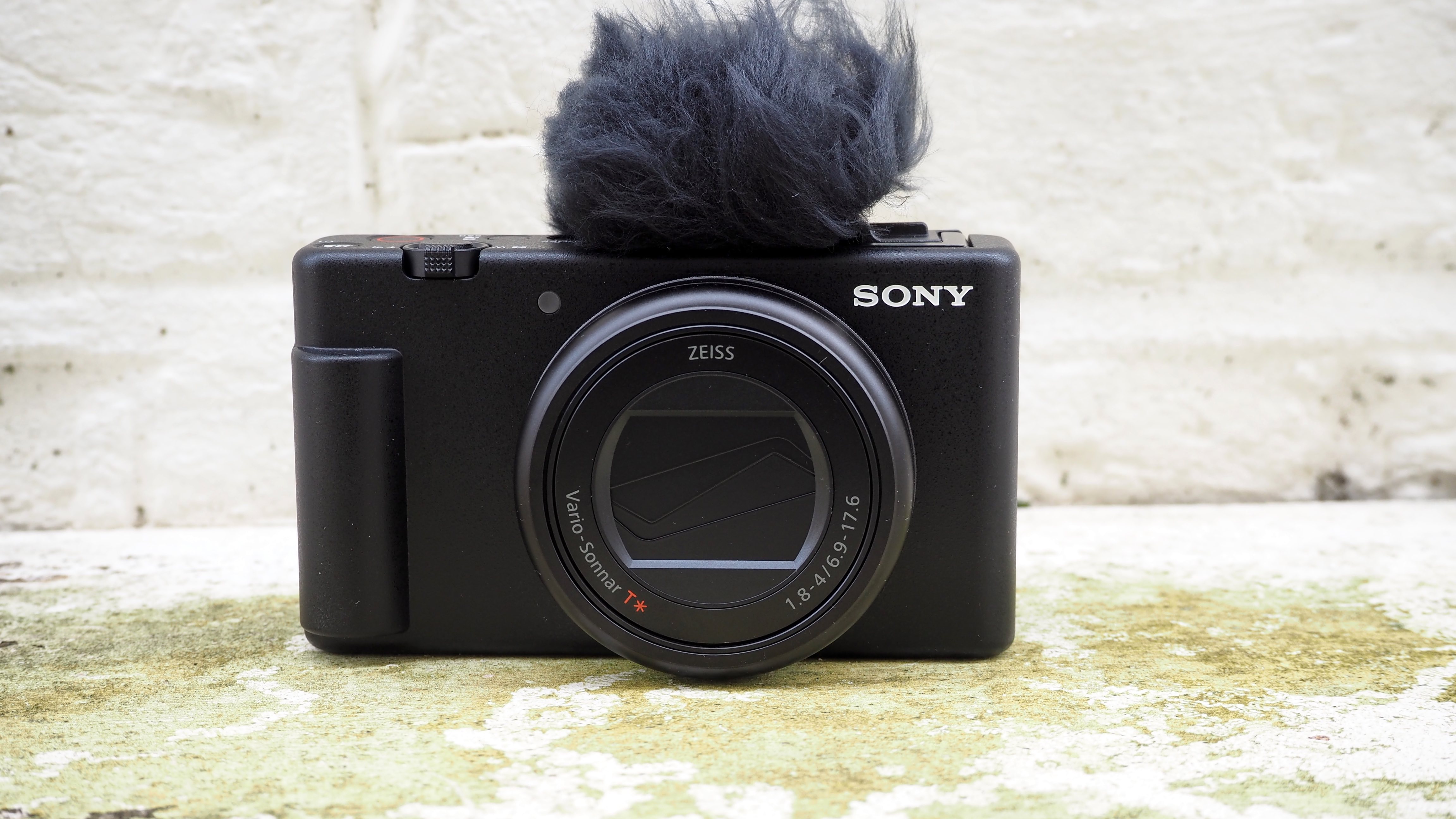
Specifications
Reasons to buy
Reasons to avoid
Sony ZV-1 II sample video
✅ You want a compact video tool: A point-and-shoot with 4K recording, a Cinematic Vlog setting and vari-angle display, the ZV-1 II does video well.
✅ You want a pocket-sized hybrid: With a 18-50mm f/1.8-4.0 equivalent lens and intuitive touchscreen, the ZV-1 II is a solid all-in-one smartphone upgrade.
❌ You already have the ZV-1: A refinement rather than a major change, the ZV-1 II doesn’t introduce enough improvements to justifying upgrading.
❌ You want the best stabilization: There’s no in-body image stabilization, only Sony’s Active electronic stabilization, which crops in on the sensor.
Like the original, the ZV-1 II is a pocket-sized hybrid with a feature set that leans towards video. It shares the same sensor and processor as the first version, which means you still get decent 4K/30p footage that’s more than good enough for social sharing. In testing, we found its 18-50mm equivalent zoom range more versatile for both stills and video, with an f/1.8 aperture at the wide end producing lovely bokeh. We also thought the improved touchscreen interface felt more intuitive for anyone upgrading from a smartphone.
As with the ZV-1, we were impressed with autofocus performance in testing, with the useful addition of animal recognition in video mode. There are still several drawbacks here, including the lack of headphone jack and in-body image stabilization, as well as a battery life limited to 45 minutes. The ZV-1 also represents better value objectively, given the limited upgrades here. But if you want a compact option for covering a lot of bases, the ZV-1 II gets a lot right.
- Read our in-depth Sony ZV-1 II review
The best point and shoot camera for Canon fans
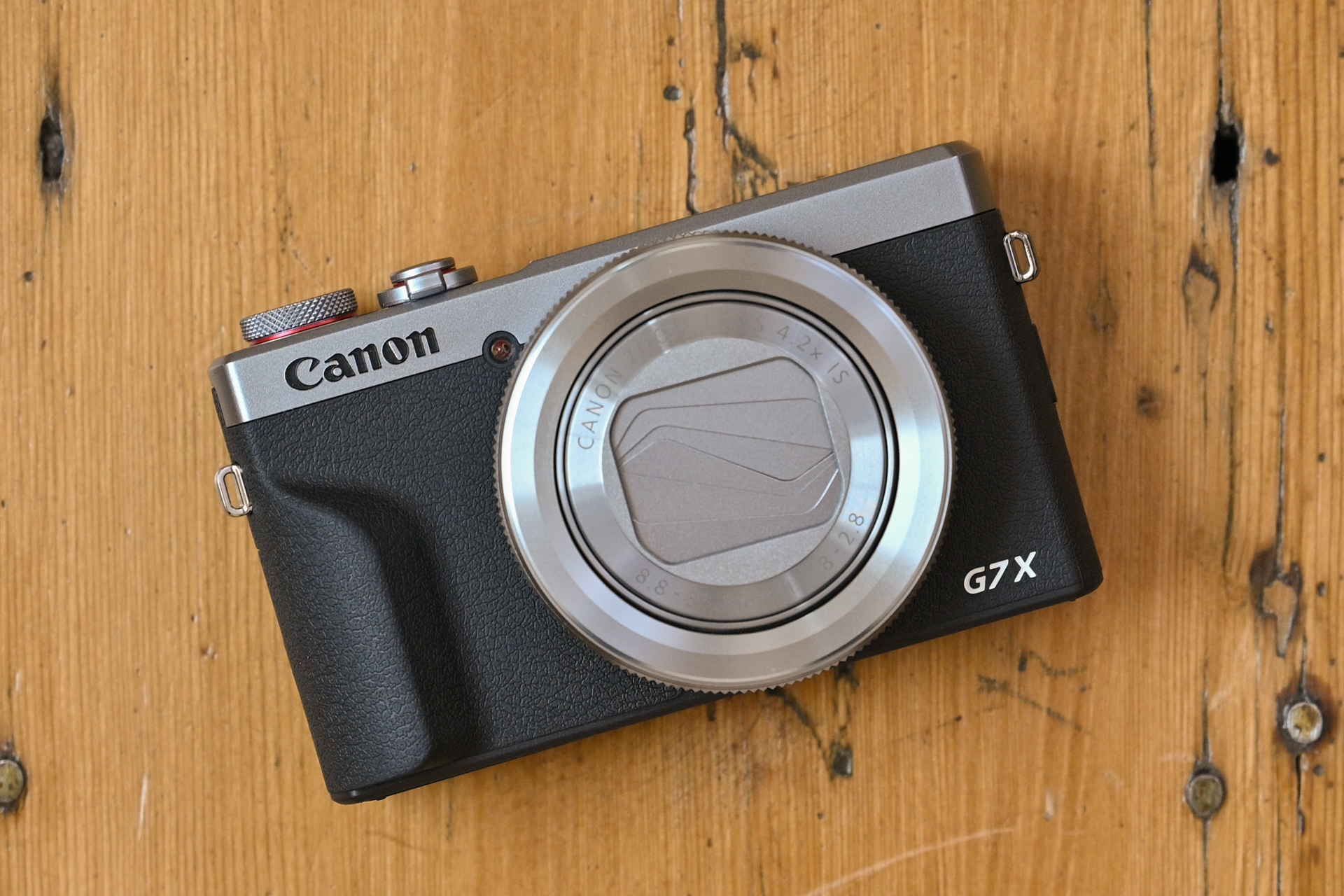
Image credit: TechRadar
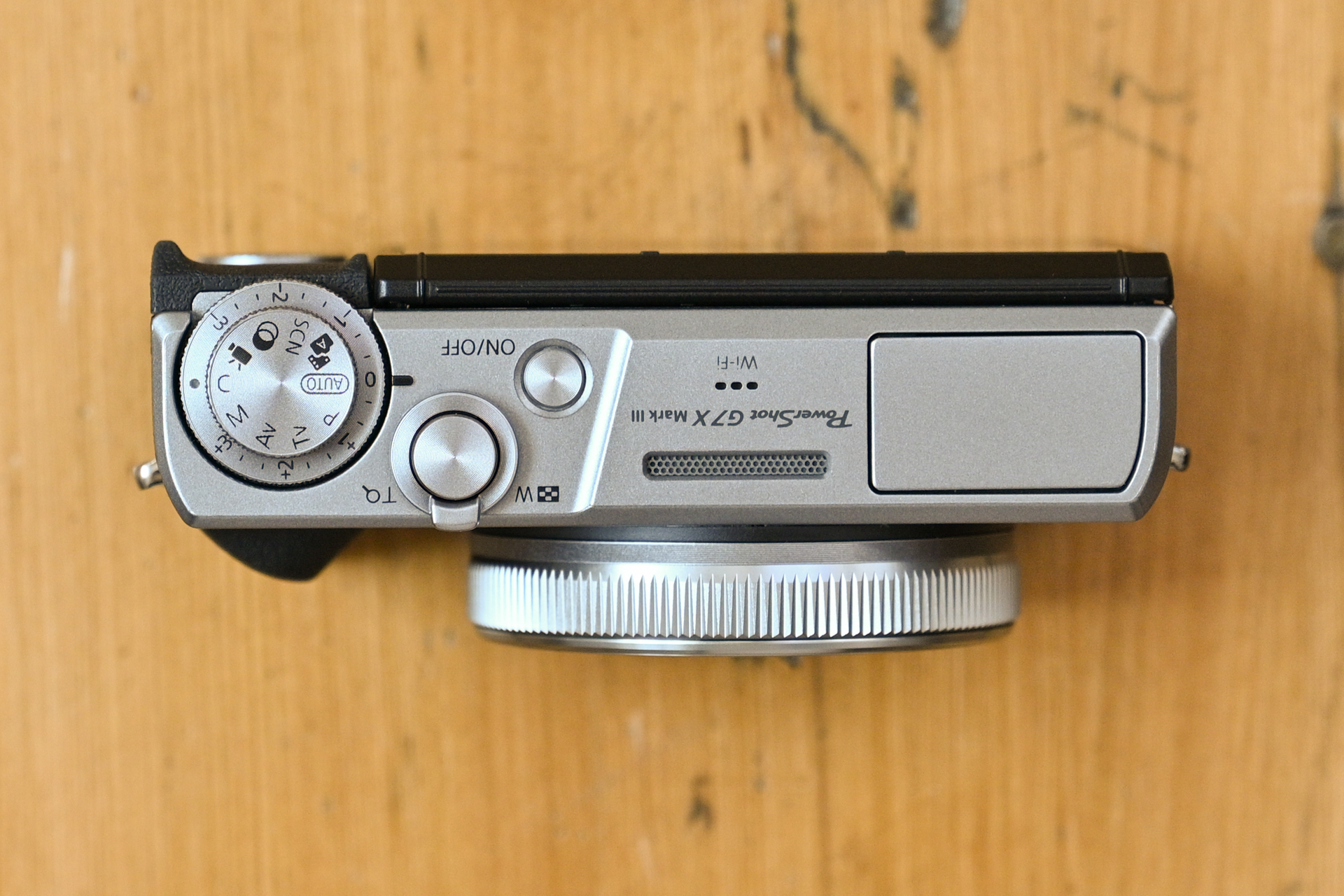
Image credit: TechRadar
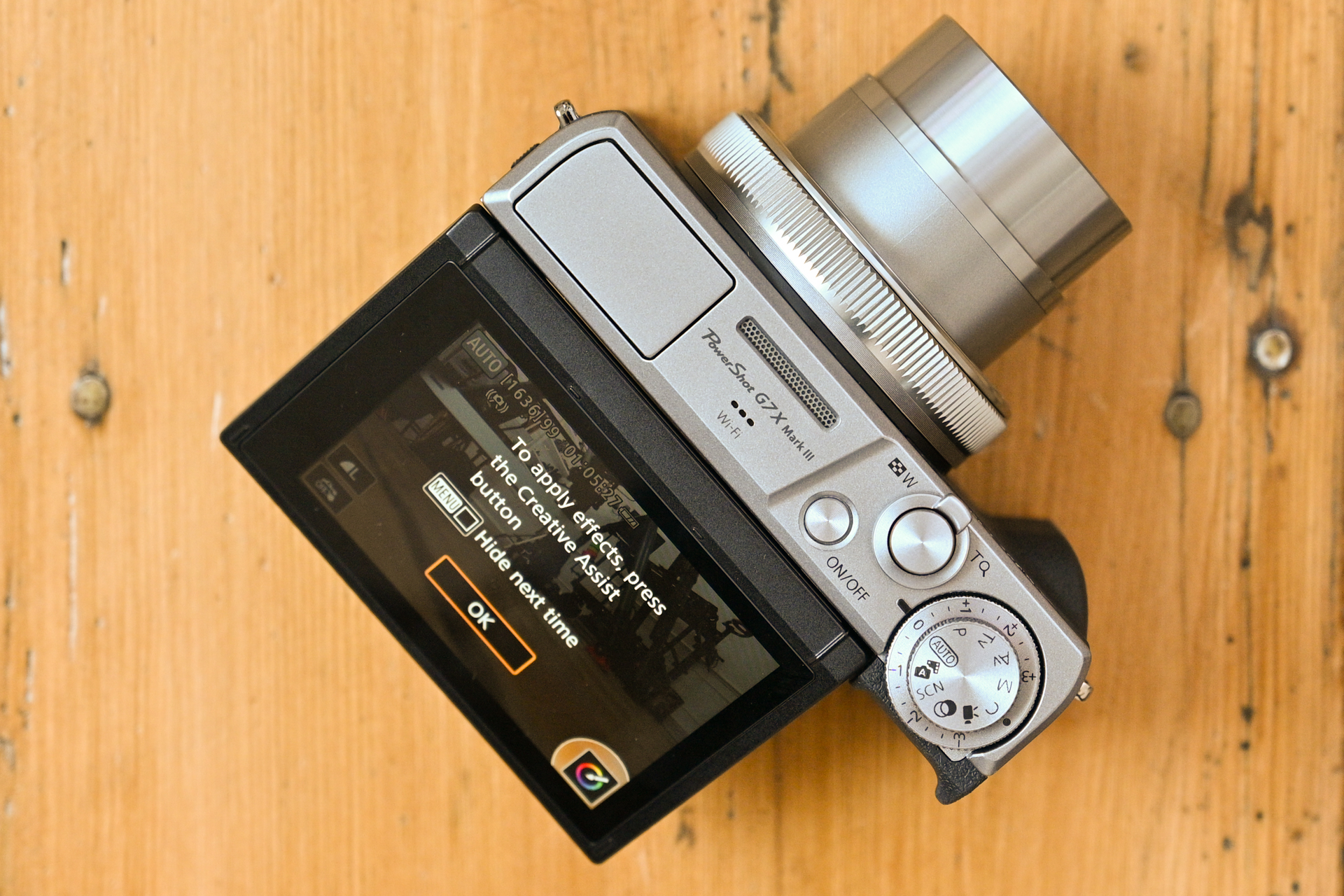
Image credit: TechRadar
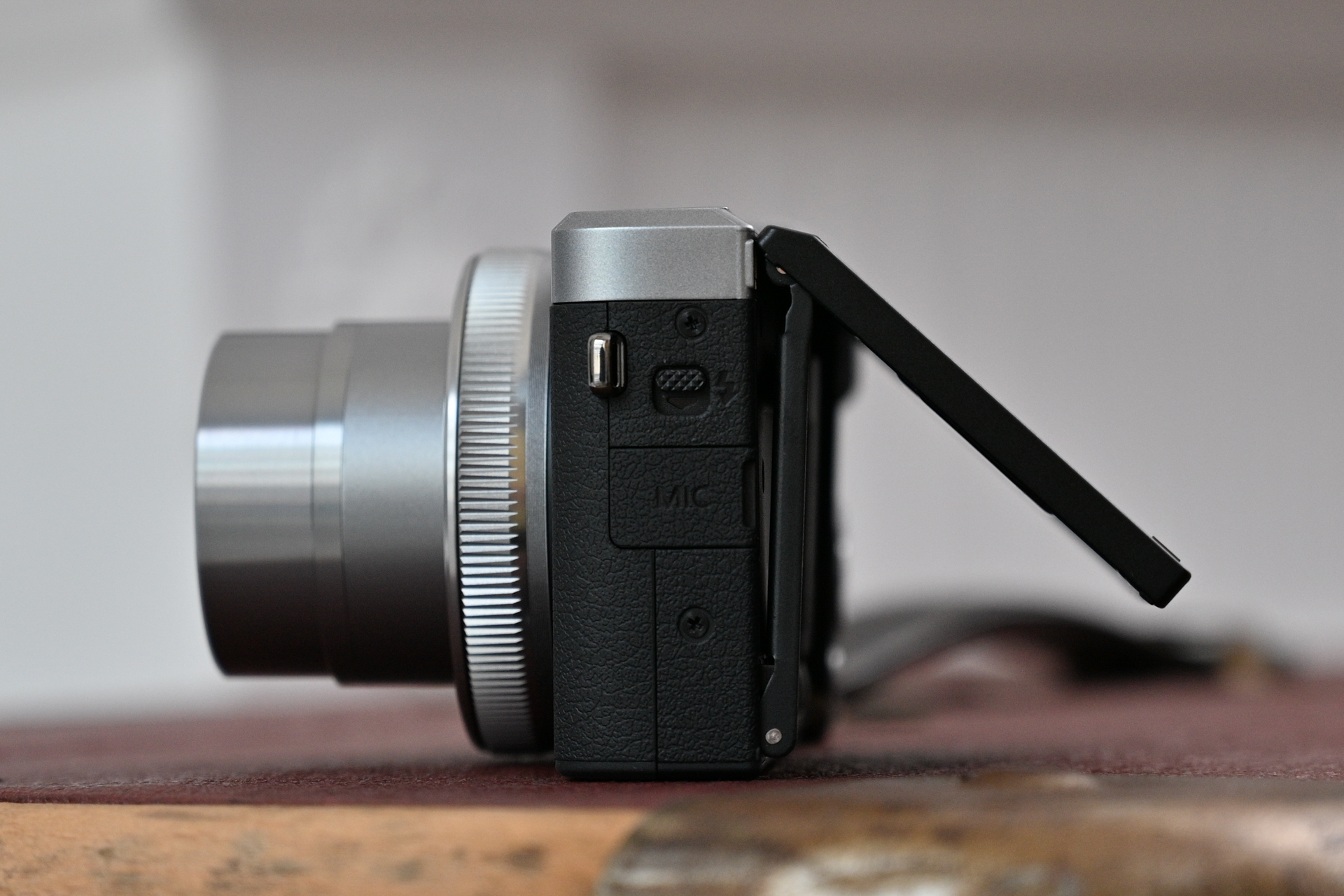
Image credit: TechRadar
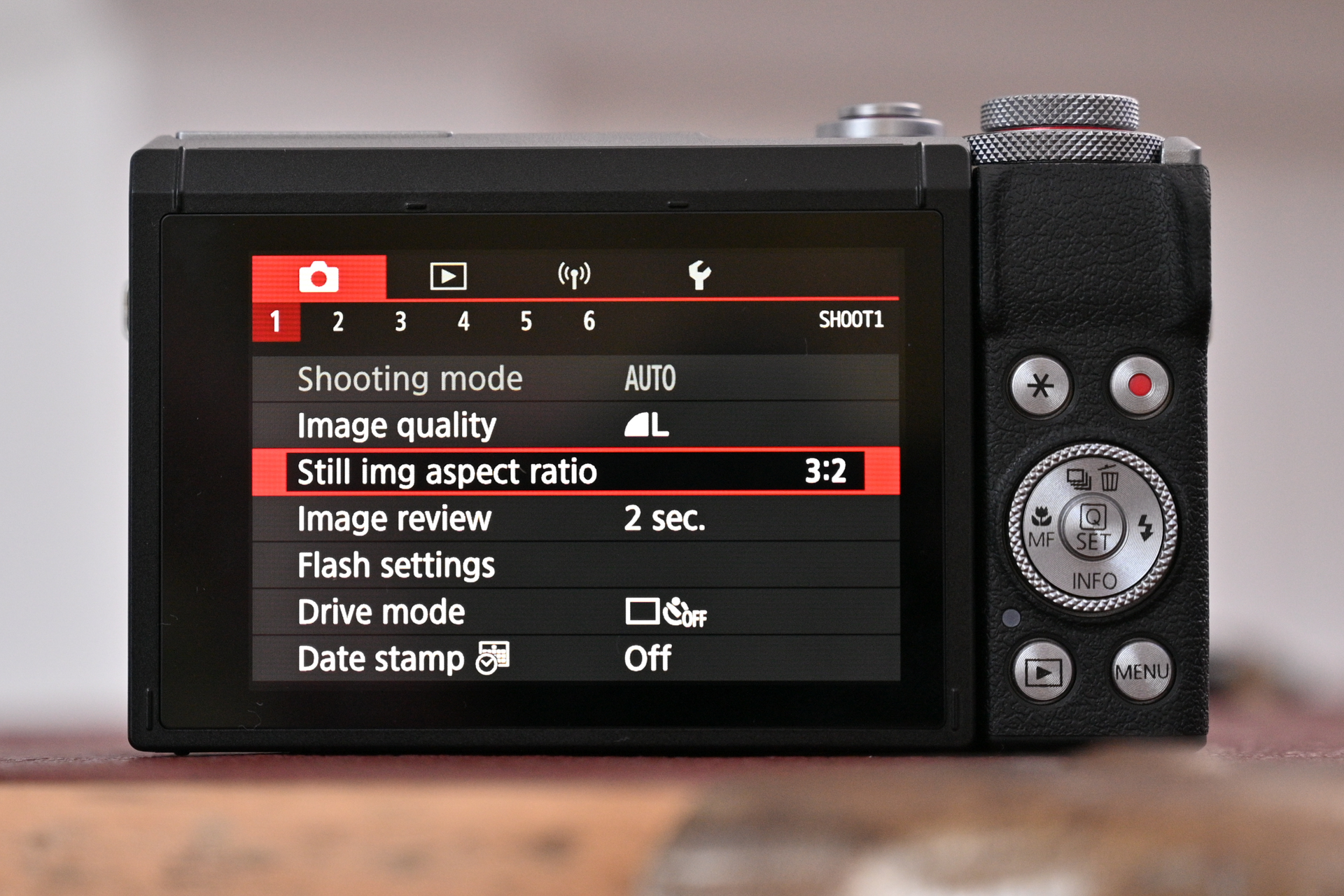
Image credit: TechRadar
Specifications
Reasons to buy
Reasons to avoid
Canon PowerShot G7 X Mark III sample images

Click here for the full-size image
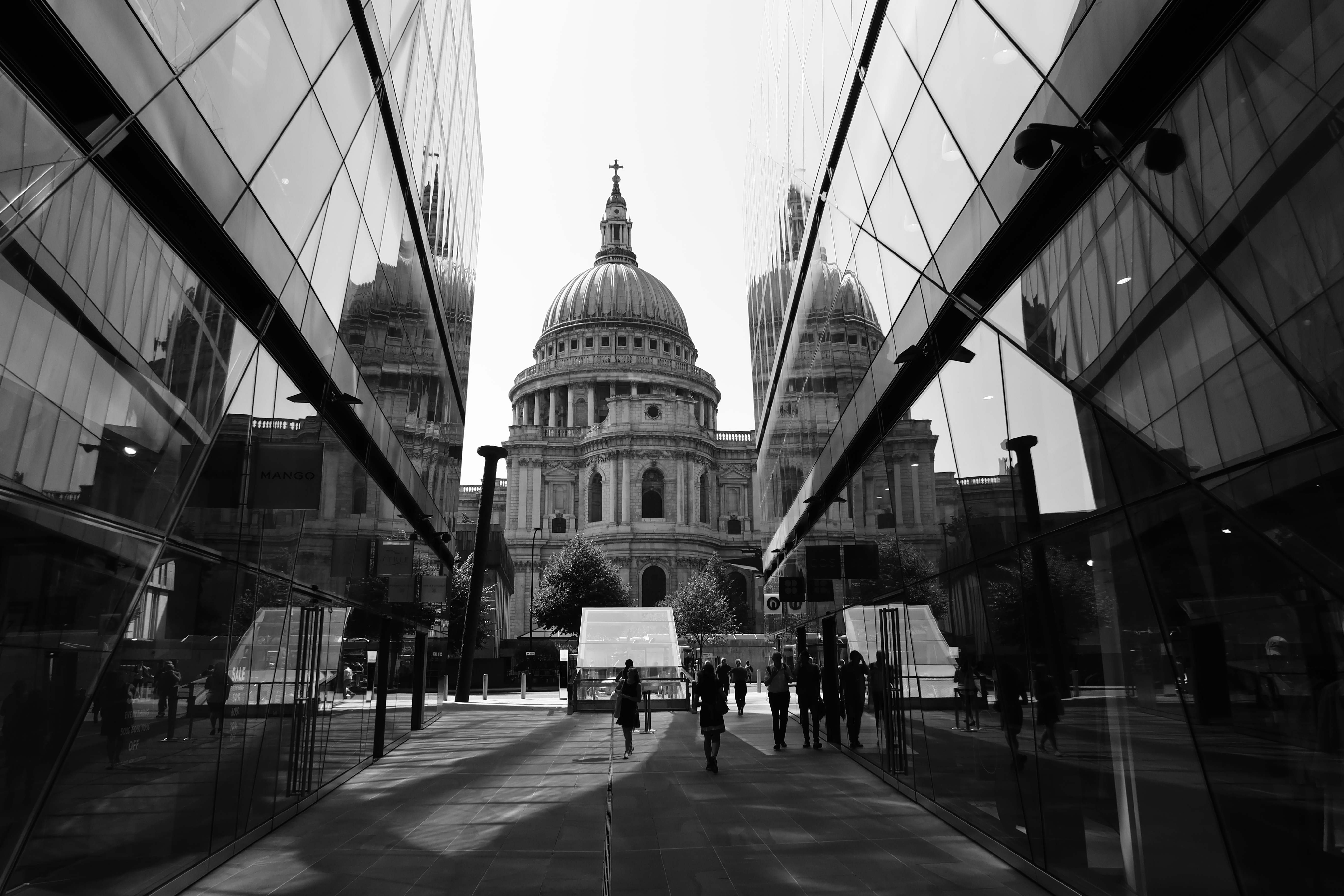
Click here for the full-size image

Click here for the full-size image

Click here for the full-size image

Click here for the full-size image

Click here for the full-size image
✅ You want a tidy all-rounder: While it doesn't excel in any one area, the G7 X Mark III impresses with a strong set of features and decent performance.
✅ You plan to shoot raw: Unlike a lot of point-and-shoot cameras, the G7 X Mark III offers in-camera raw editing and a 30fps Raw Burst mode.
❌ You want a viewfinder: Though it has a lot of other features, the PowerShot G7 X Mark III doesn't have a built-in electronic viewfinder.
❌ You need a hotshoe for accessories: Also missing from the spec sheet is a hotshoe, which means you can't add accessories such as external microphones.
PowerShot is Canon's sub-brand for its point-and-shoot camera range and, alongside the pricier Canon PowerShot G5 X Mark II, this is one of its best to date. Both cameras have 1-inch 20MP sensors and touch-sensitive flip-screens, with the main difference between the two (other than price) being the lack of an electronic viewfinder on the G7 X Mark III. For point-and-shoot fans, this setup should be fine, but the G5 X Mark II is another solid option if you do need that viewfinder.
The G7 X III does also have a few other video-related tricks up its sleeve that you don't find on its more expensive sibling. The main one is the ability to livestream directly to YouTube, but it also has a microphone input for improved audio quality. We did find the AF system slightly dated in testing – and not quite up to Sony's RX100 series – but otherwise the G7 X III is still a decent, video-focused compact with excellent image stabilization.
- Read our in-depth Canon PowerShot G7X Mark III review
The best film point-and-shoot




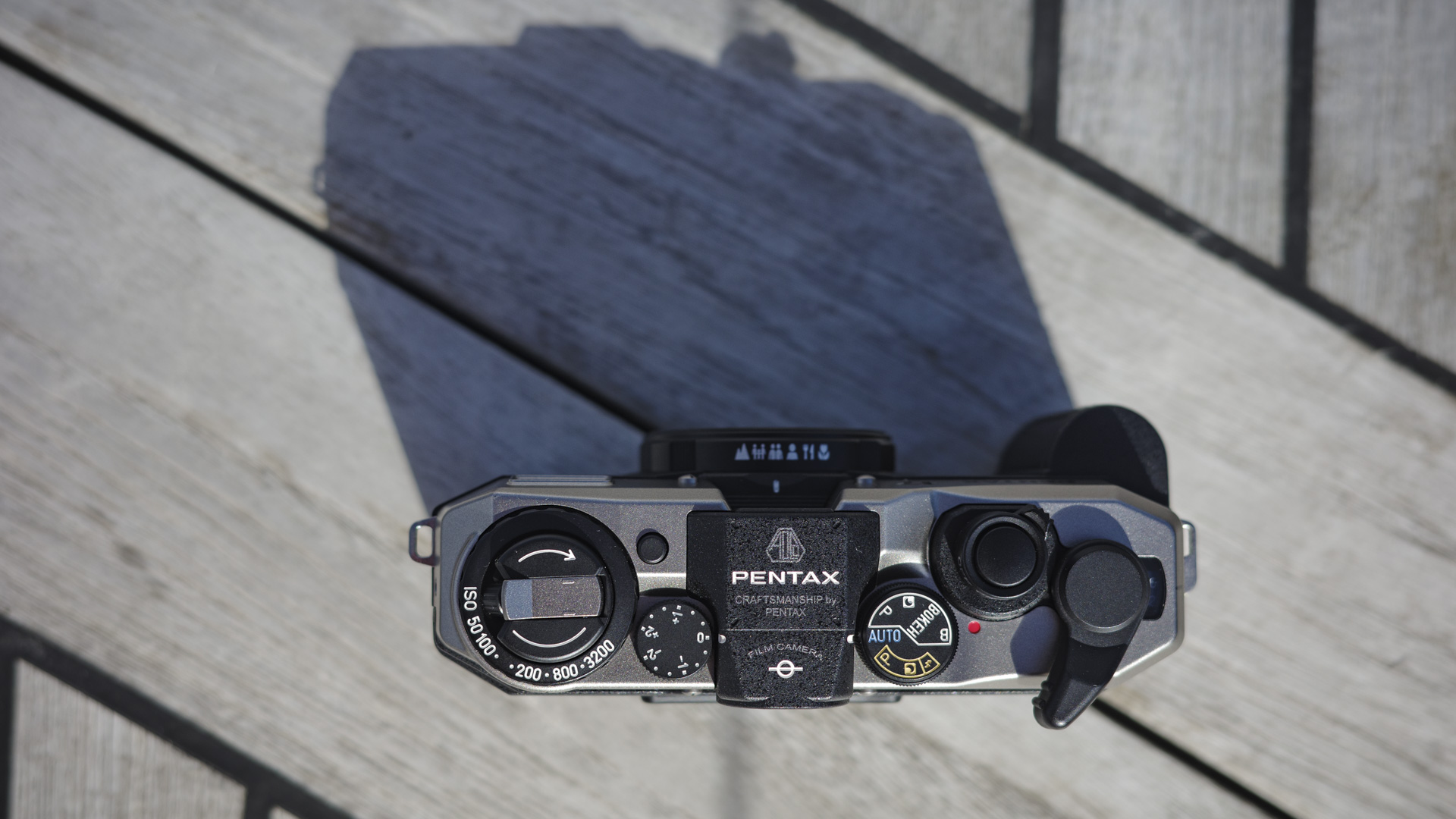
Specifications
Reasons to buy
Reasons to avoid
Pentax 17 sample images
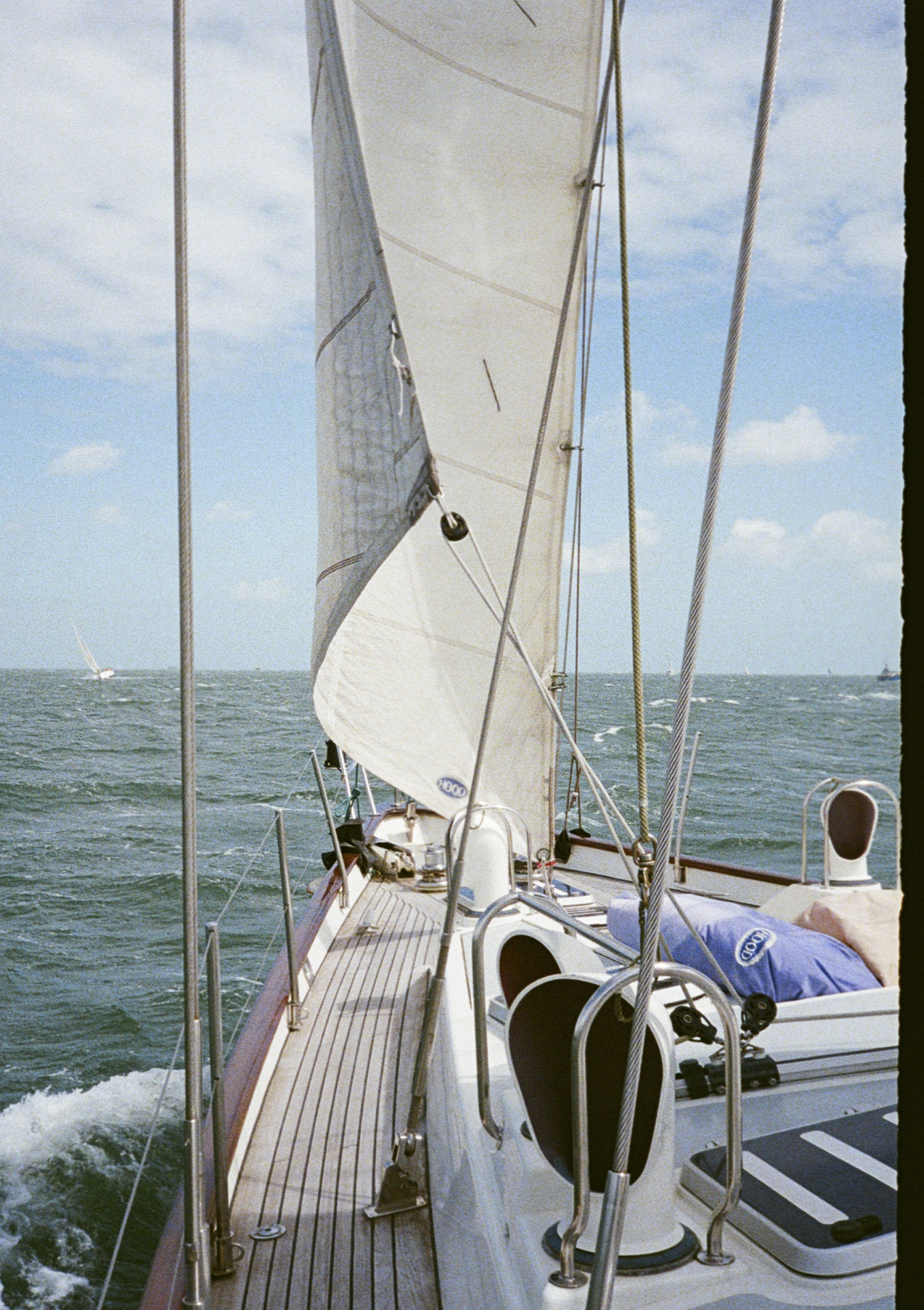
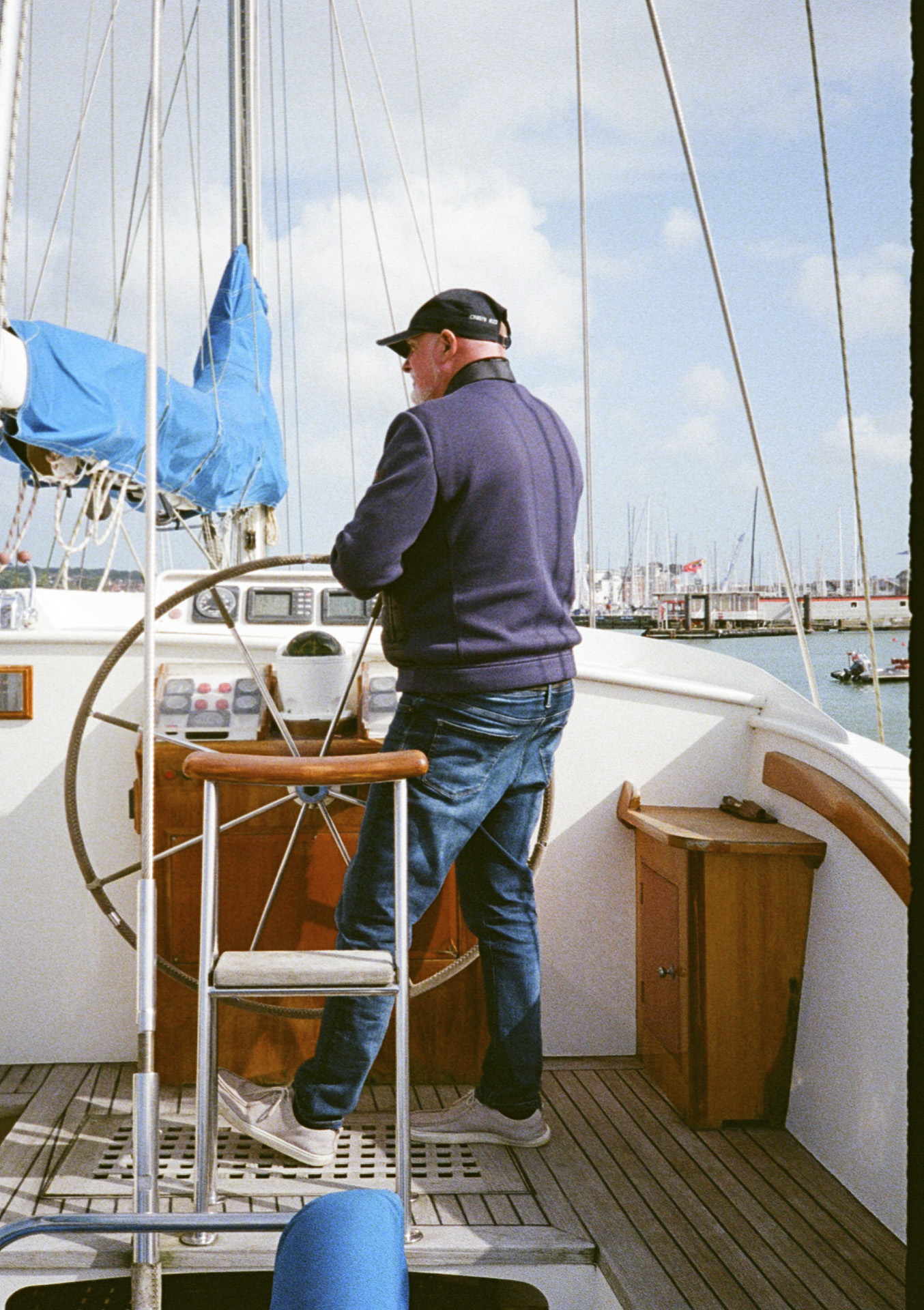
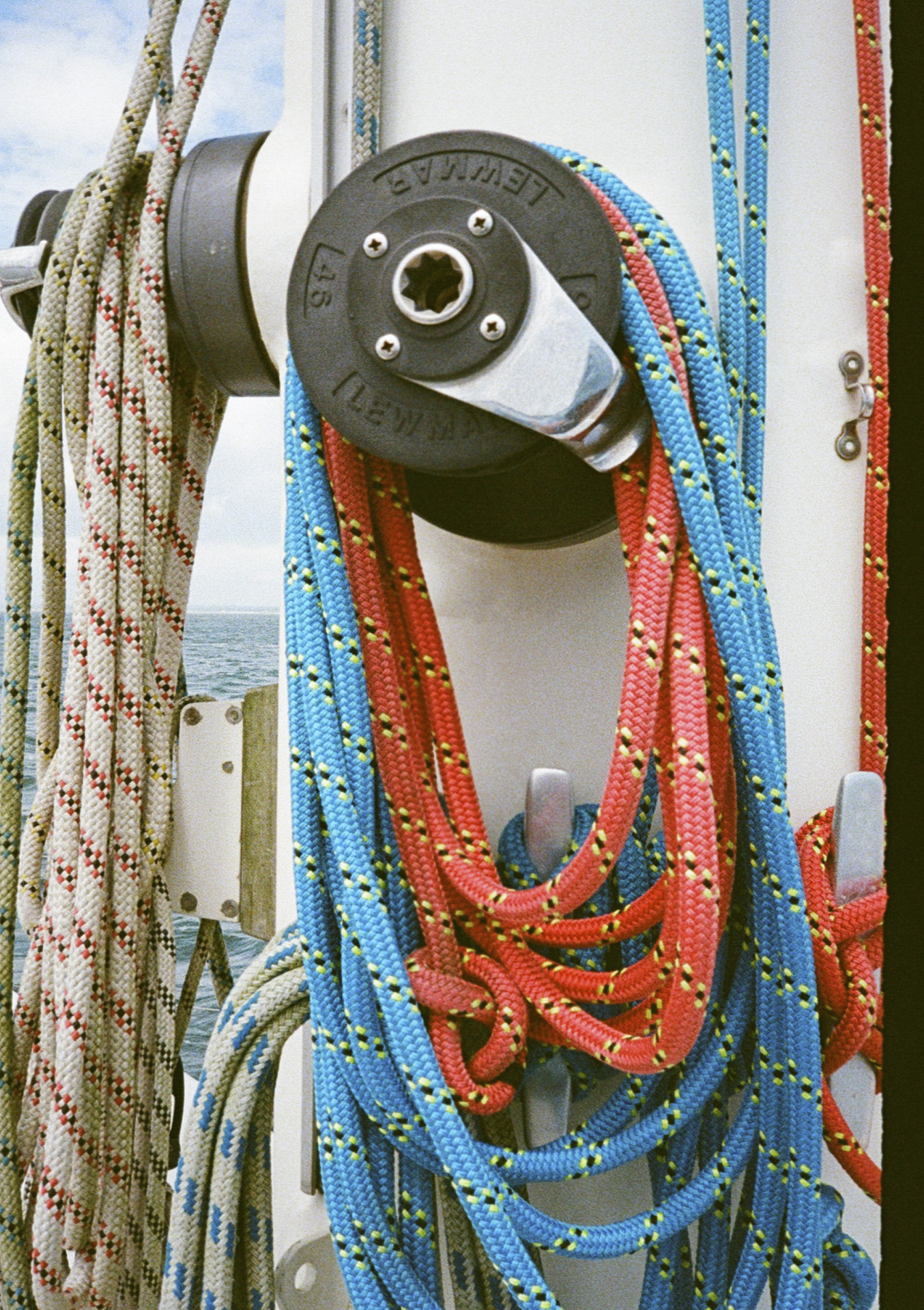
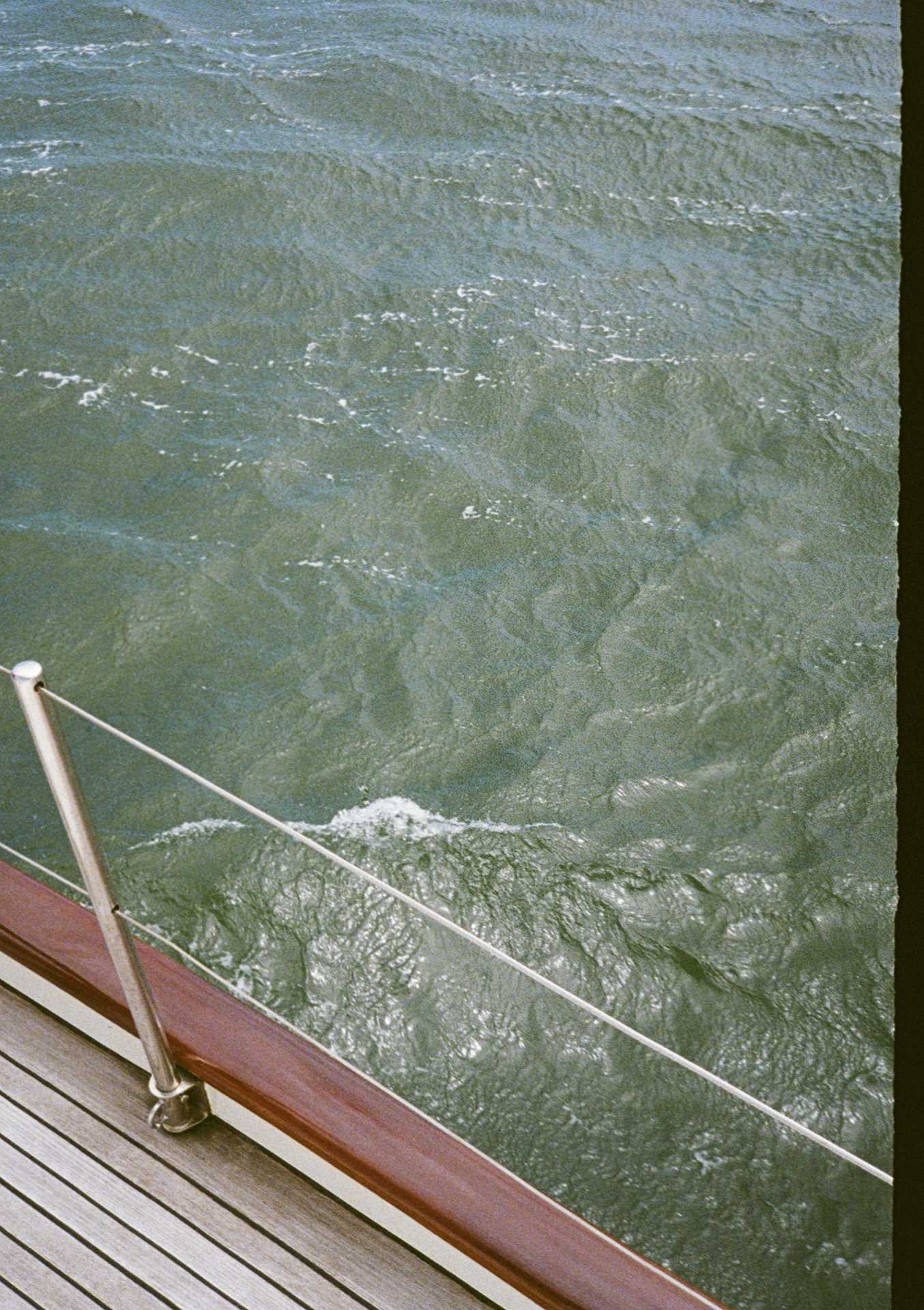
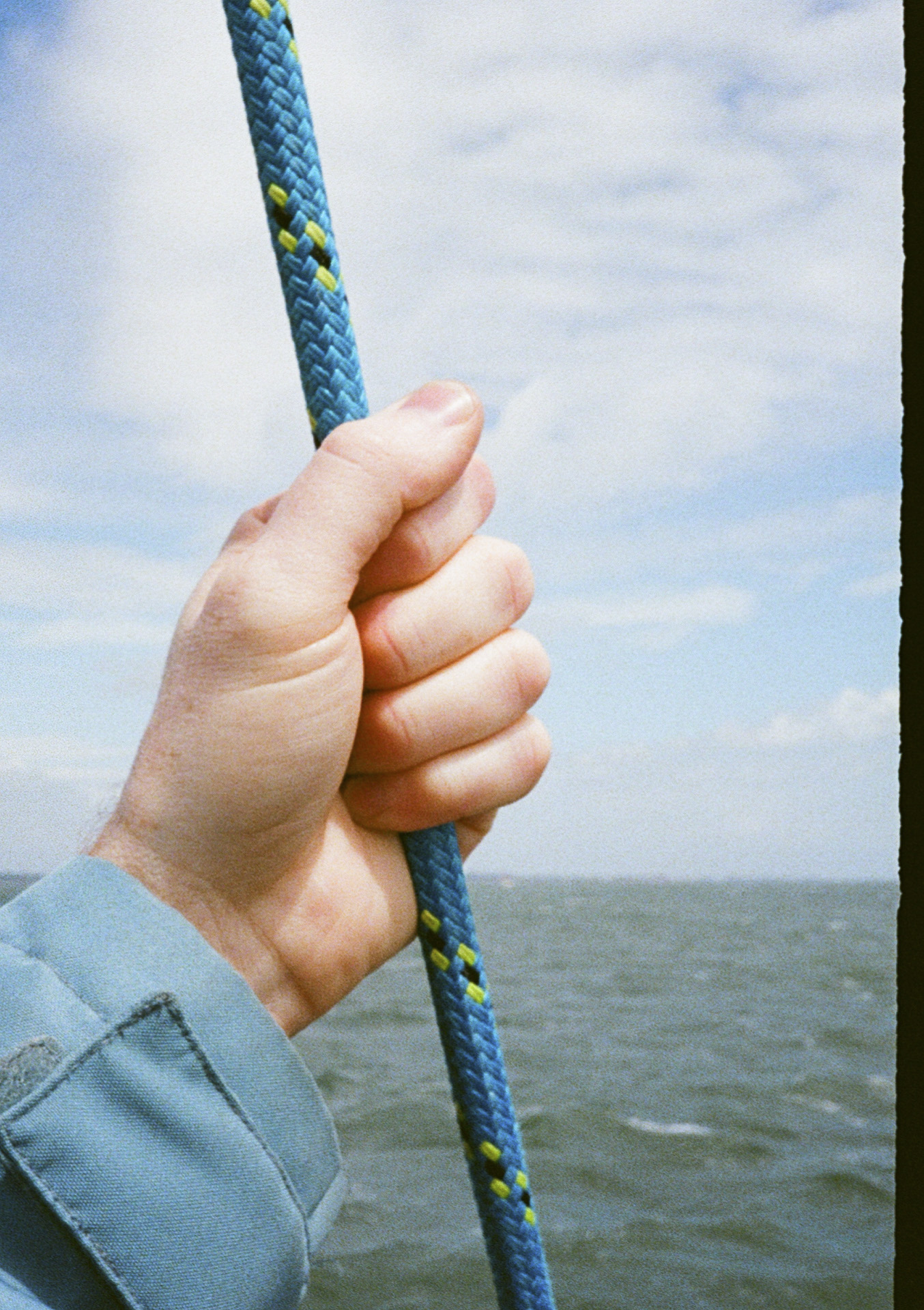
✅ You want the joy of analog: From the vertical viewfinder to the satisfying crank, the Pentax 17 is a lovely film camera to shoot with.
✅ You want value from your film: By shooting half-frame stills, the Pentax 17 doubles the number of images you get from a roll.
❌ You want a premium build: While the handling is nice and the design is neat, the Pentax 17 also feels a bit cheap for the price tag.
❌ You want an affordable film camera: If you want analog on a budget, you’ll find sensible second-hand options for a lot less.
A compact film camera might seem outdated, but analog is all the rage right now. Designed for the smartphone generation, we think the Pentax 17 is the best film camera you can buy. In our review, we found that it gives all the joy of analog photography: from the optical viewfinder to the lovely, tactile film crank, this is a really fun camera to shoot with. It’s neatly packaged, with dimensions that make it an easy thing to travel with, while the point-and-shoot setup makes it easy to capture sharp stills on film.
From our in-depth tests, we do think the plastic body could feel tougher, given the high price tag. If you’re happy shooting with a second-hand film camera, you’ll find better build quality and value elsewhere. That said, we still think this is a fantastic compact film camera that makes it simple to enjoy analog photography. Thanks to the half-frame format, you get twice as many exposures from a single roll, and its vertical prints are Instagram-ready.
Read our in-depth Pentax 17 review
The best point-and-shoot for kids
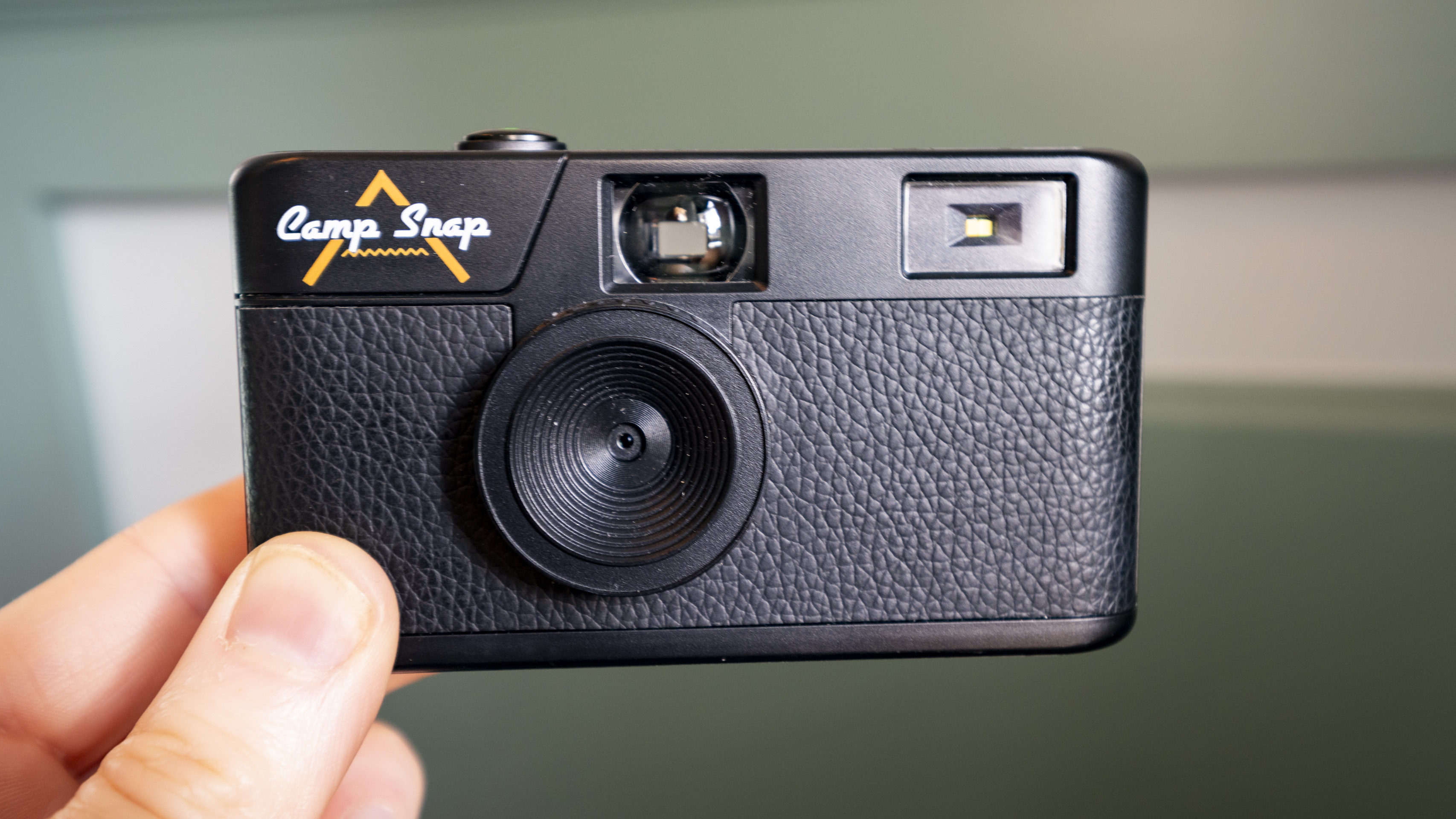
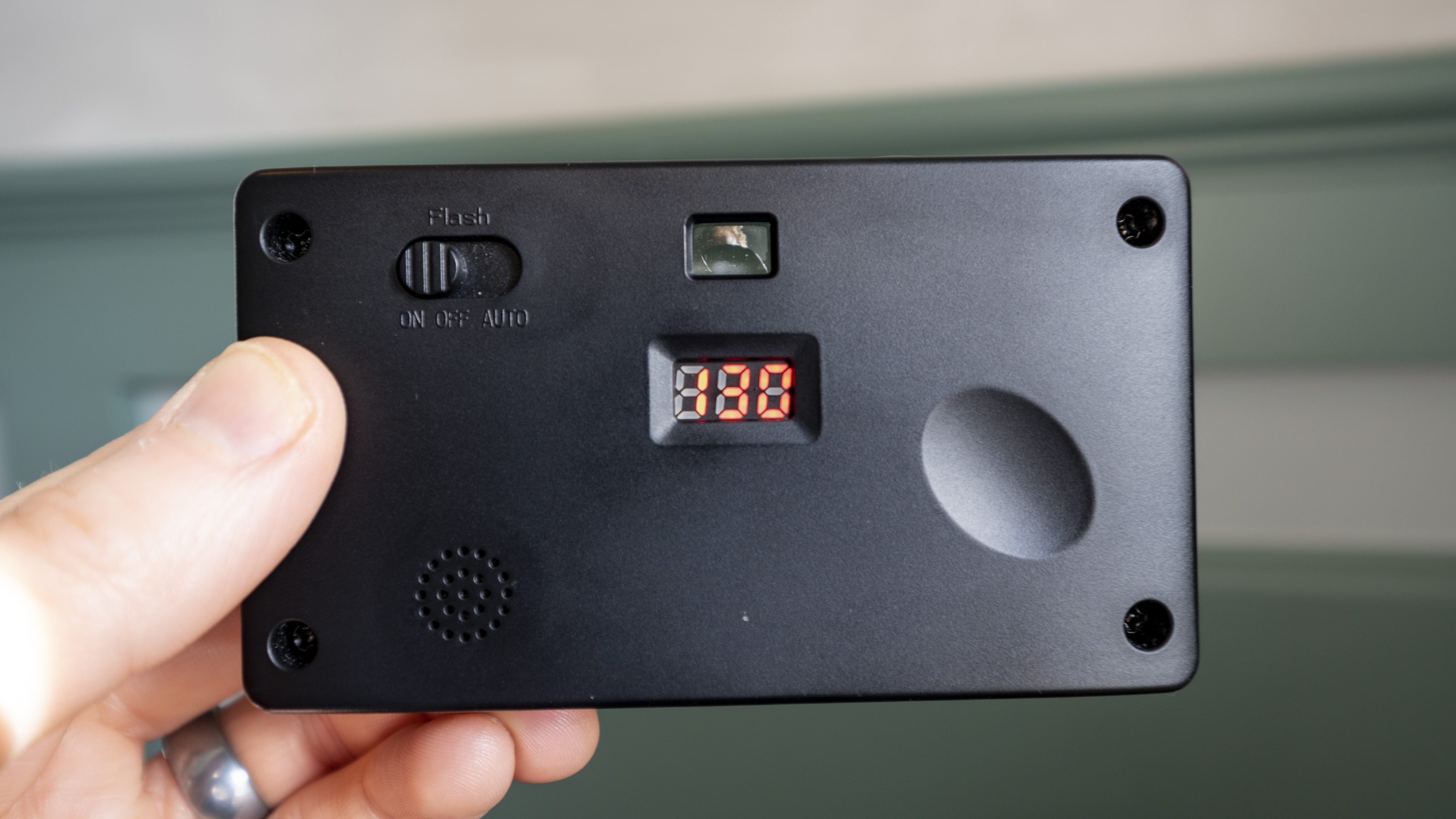
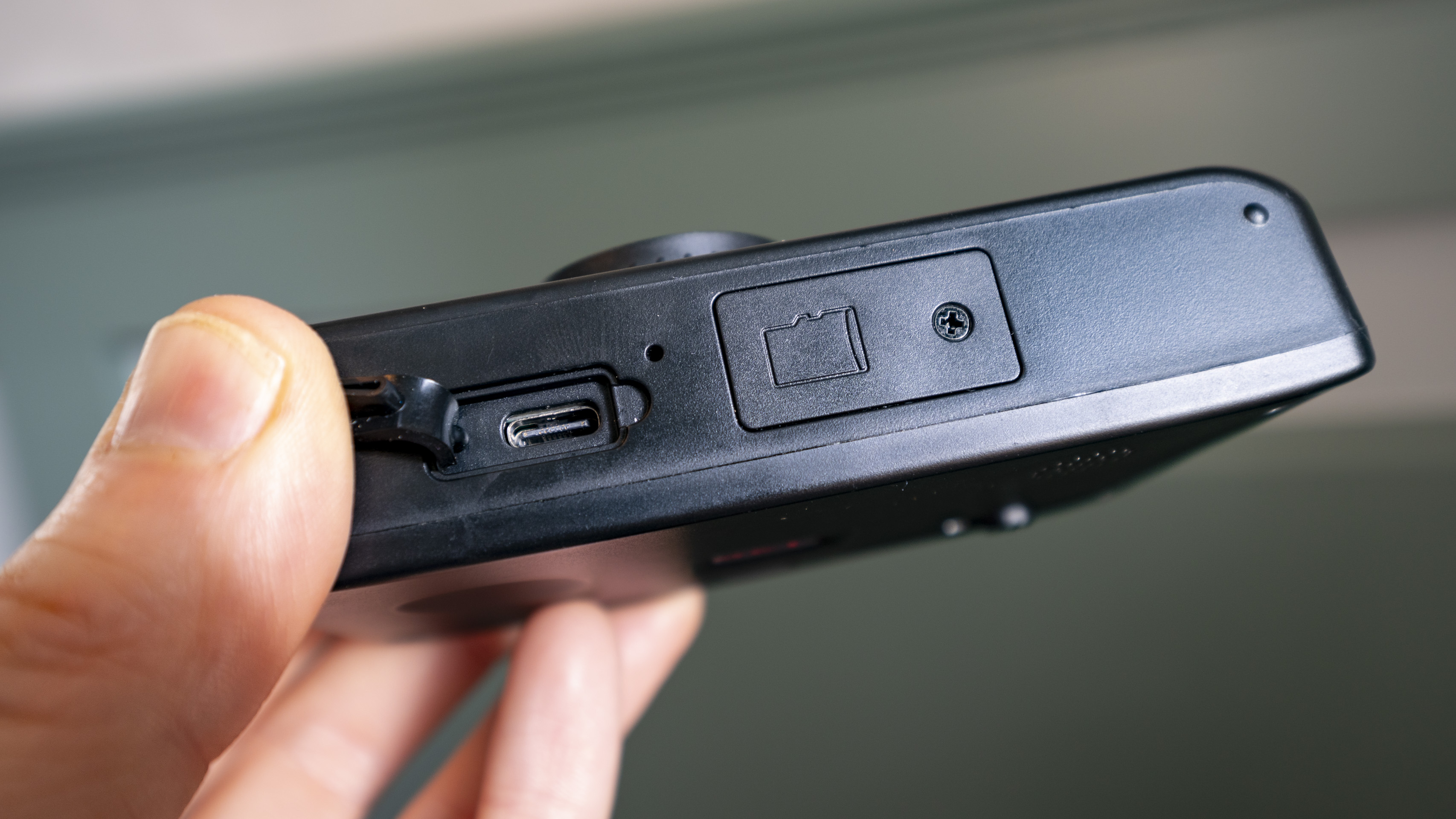

Specifications
Reasons to buy
Reasons to avoid
Camp Snap Camera sample images
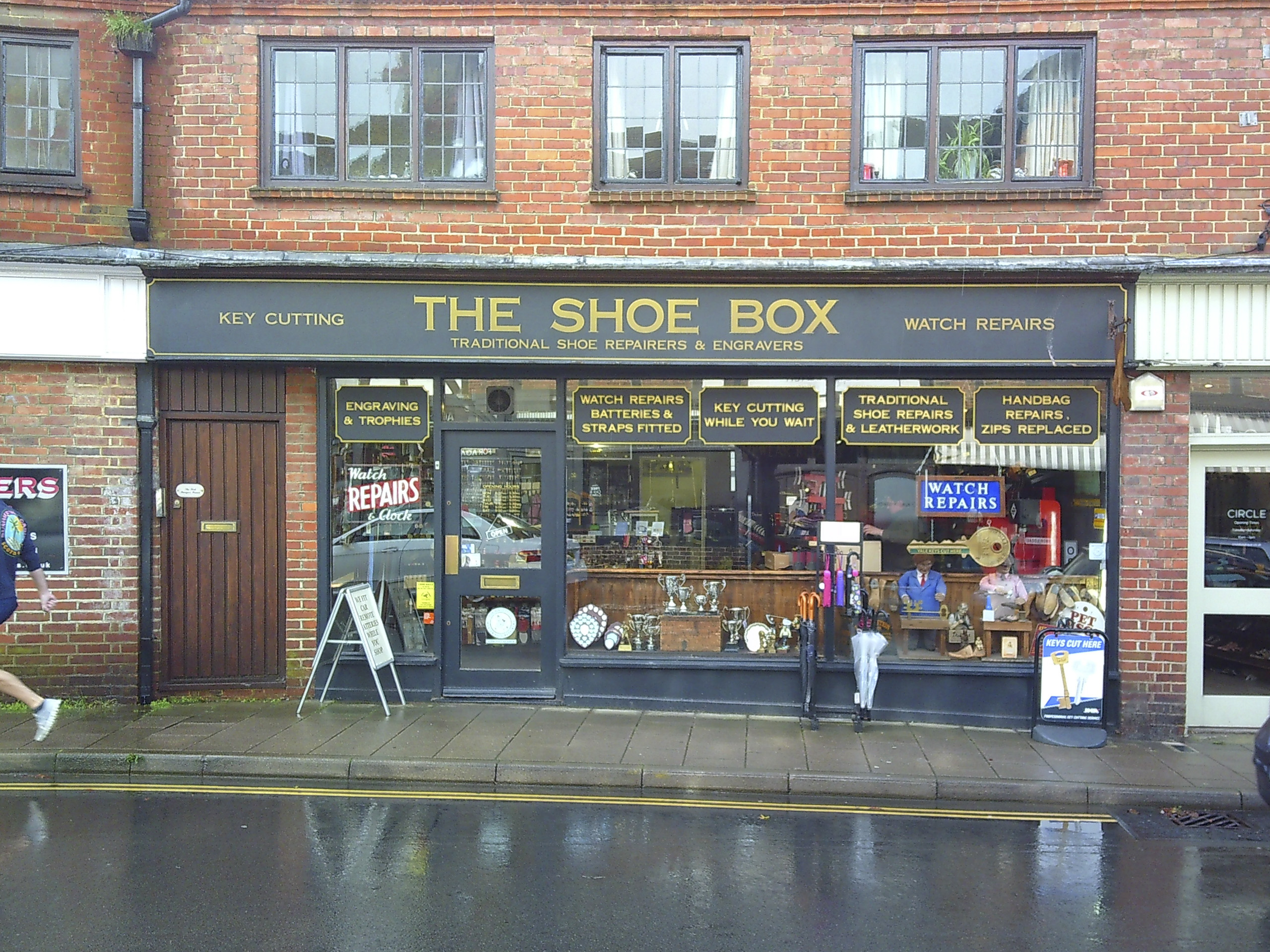
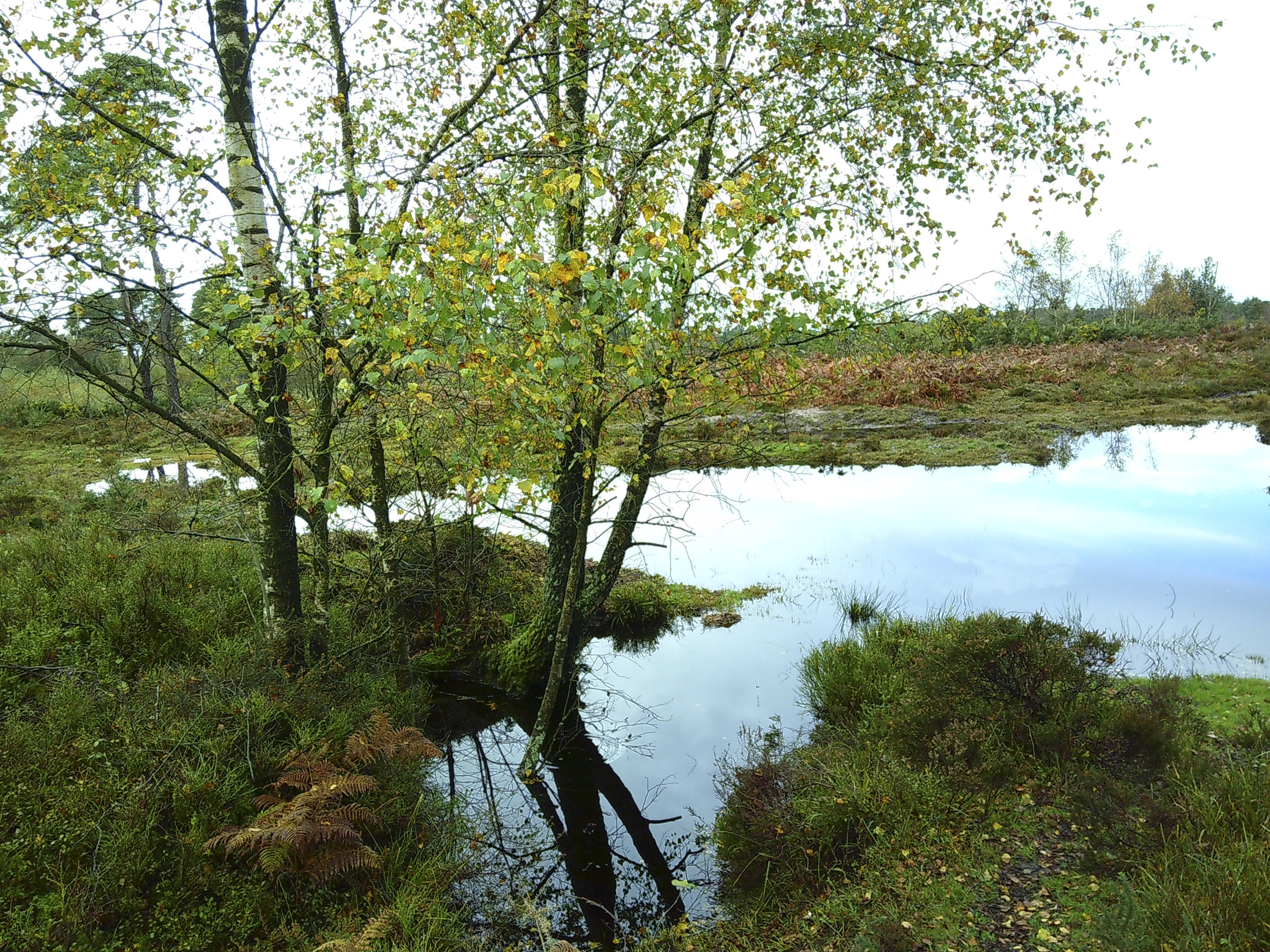

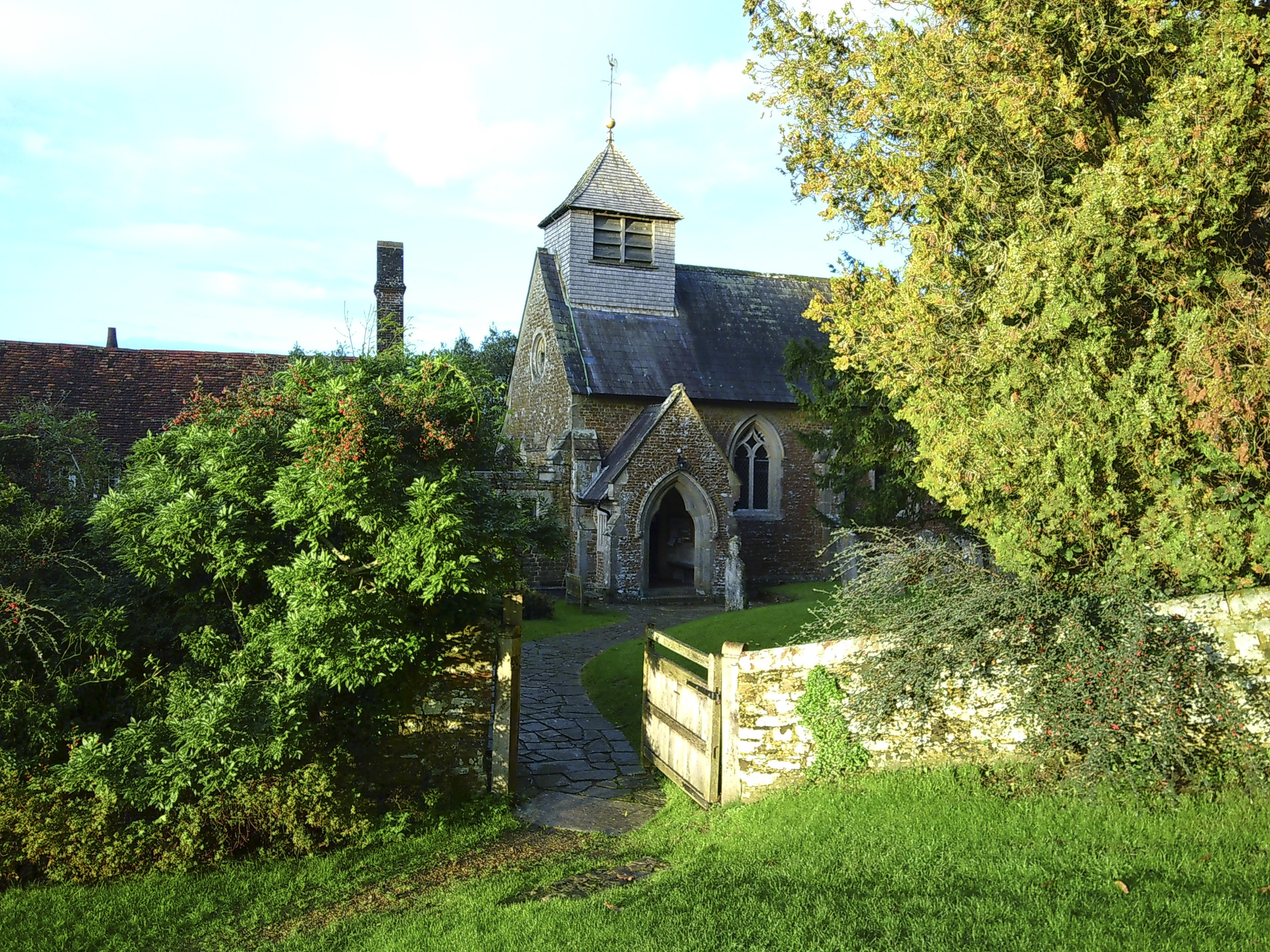

✅ You want a screen-free snapper: The Camp Snap doesn't have a screen and is all the better for it – good photos come to those who wait.
✅ You're after a low-cost gift: The camera itself is cheap, and being digital there's no running costs of film as there is with an actual single-use camera.
❌ You're a stickler for image quality: This is a low-tech product with low-bar image quality will be the appeal for some and off-putting for others.
❌ You like experimenting: This point-and-shoot snapper is as simple as it comes, with fixed focus and no filters.
The Camp Snap camera is a clever concept, being a low-cost, low-tech digital reimagining of the single-use analog camera. It looks and feels the same as a single-use analog camera, with nice retro design, built-in flash and basic viewfinder, plus it lacks a screen, but inside is digital tech. A builtin TF (micro SD) card stores up around 2,000 digital 8MP photos, and because there's no screen the first time you see your photos is when you connect the Camp Snap camera to your computer via USB-C.
We think the big selling point of Camp Snap camera is what it lacks, namely a screen – it's a refreshing antidote to our screen-led culture, and a safe option for kids. As a point-and-shoot with all-auto simplicity, kids will have no problem operating the Camp Snap camera, and parents won't be over protective over it given its rigid plastic shell. With no power-hungry features, the camera's battery lasts several days of moderate use – ideal for weekend trips, but we think it also appeals to a much wider audience.
Read our in-depth Camp Snap camera review
The point-and-shoot with the best design

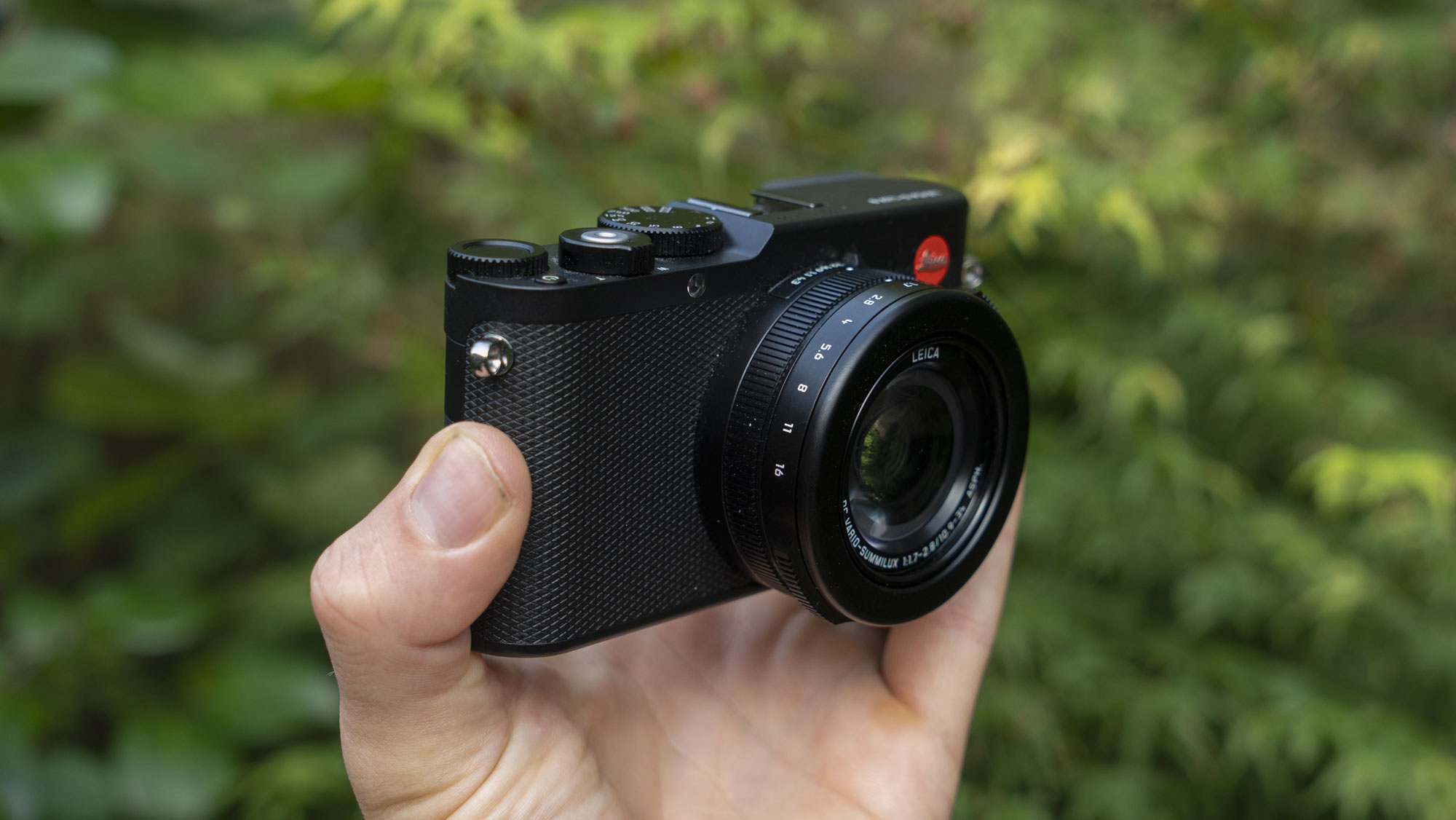
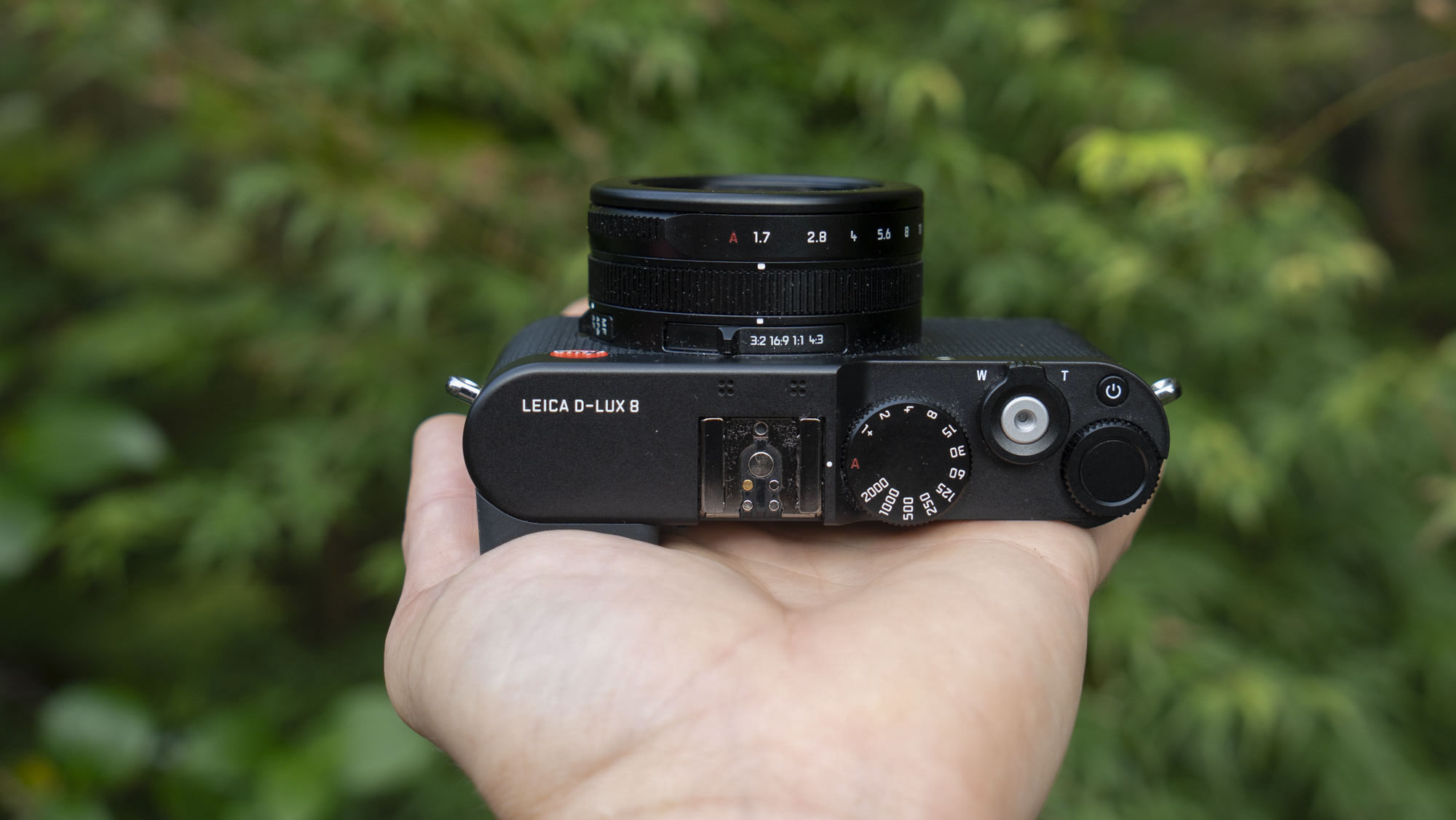
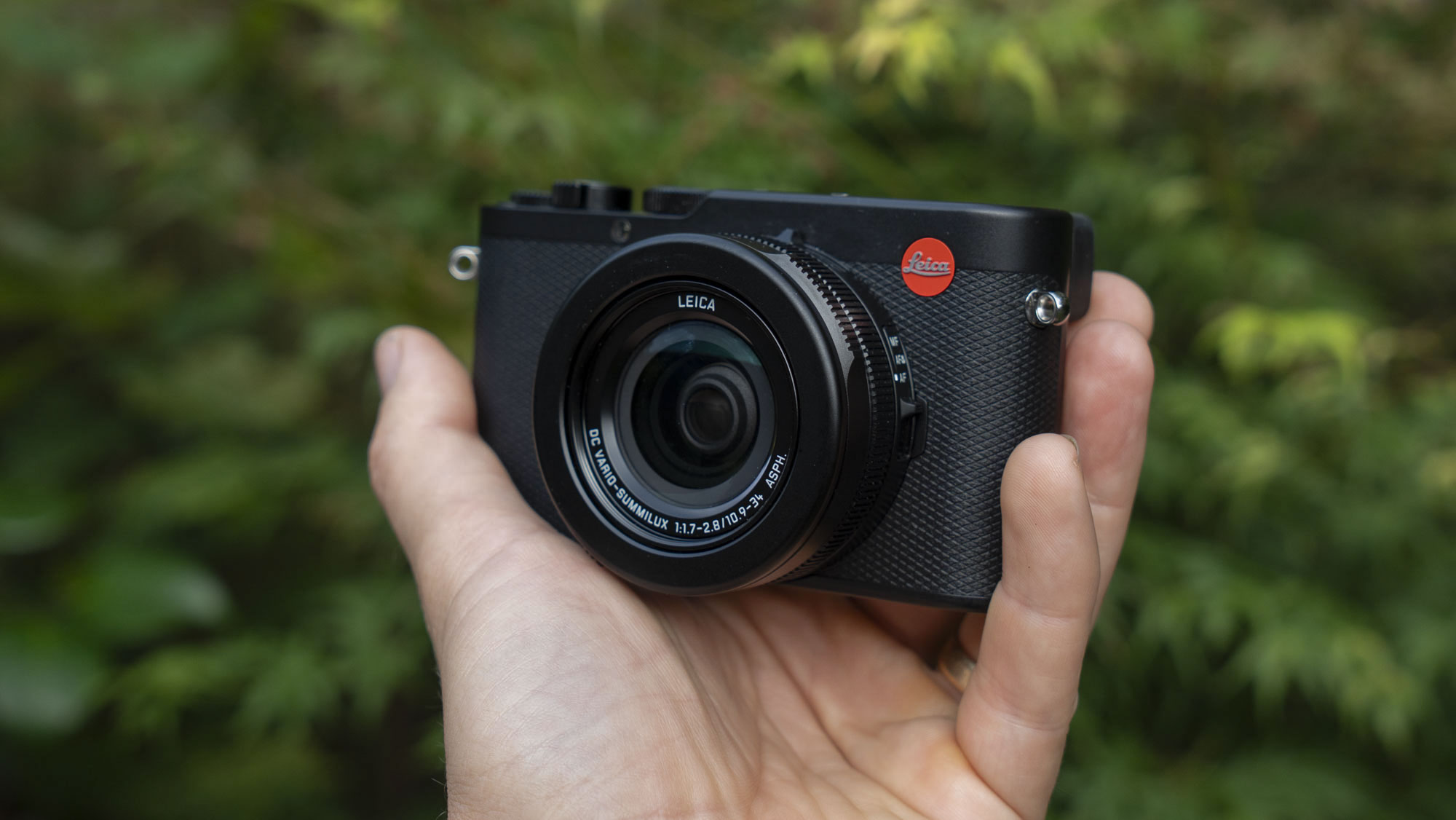
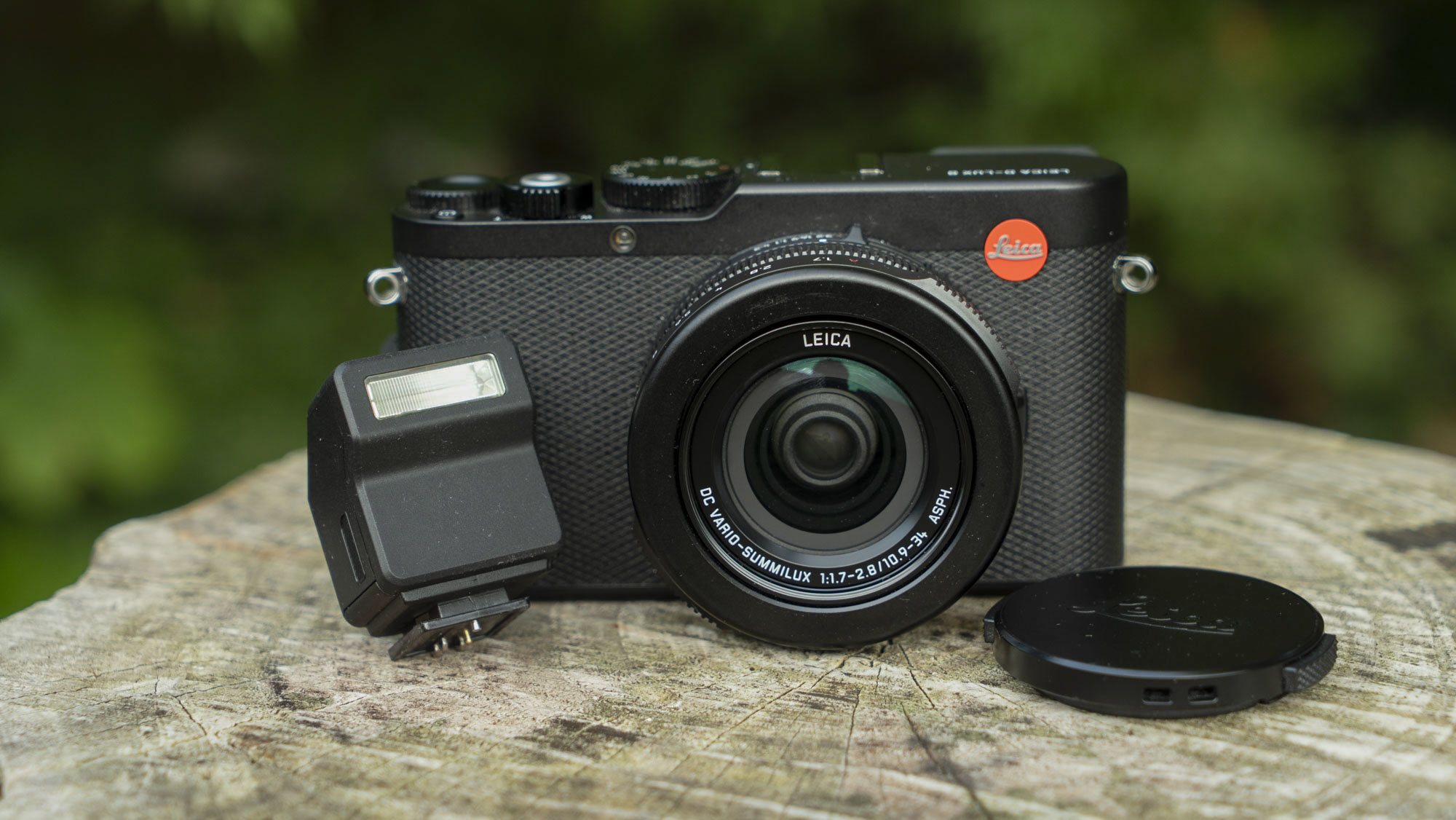
Specifications
Reasons to buy
Reasons to avoid
Leica D-Lux 8 sample images
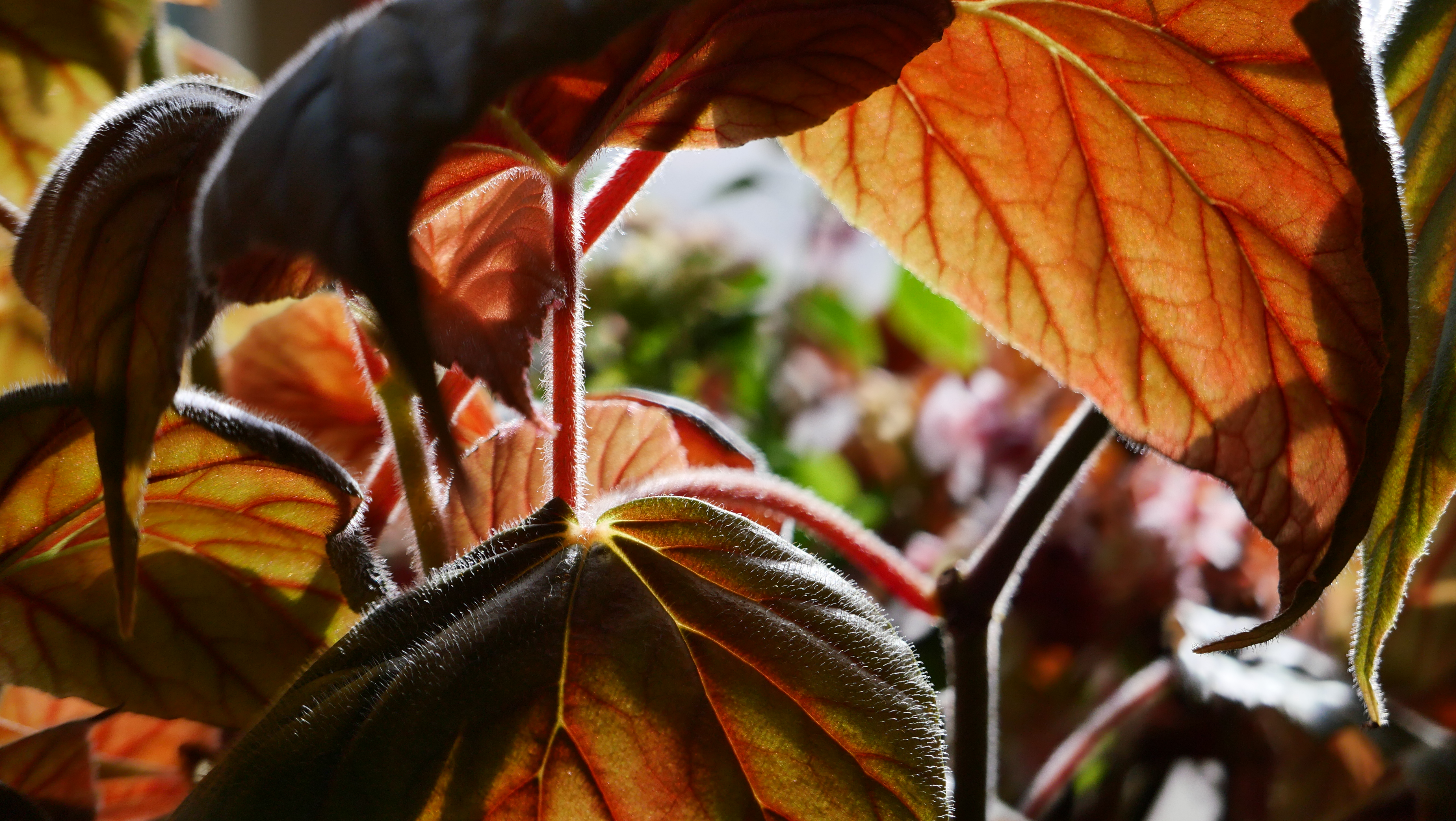

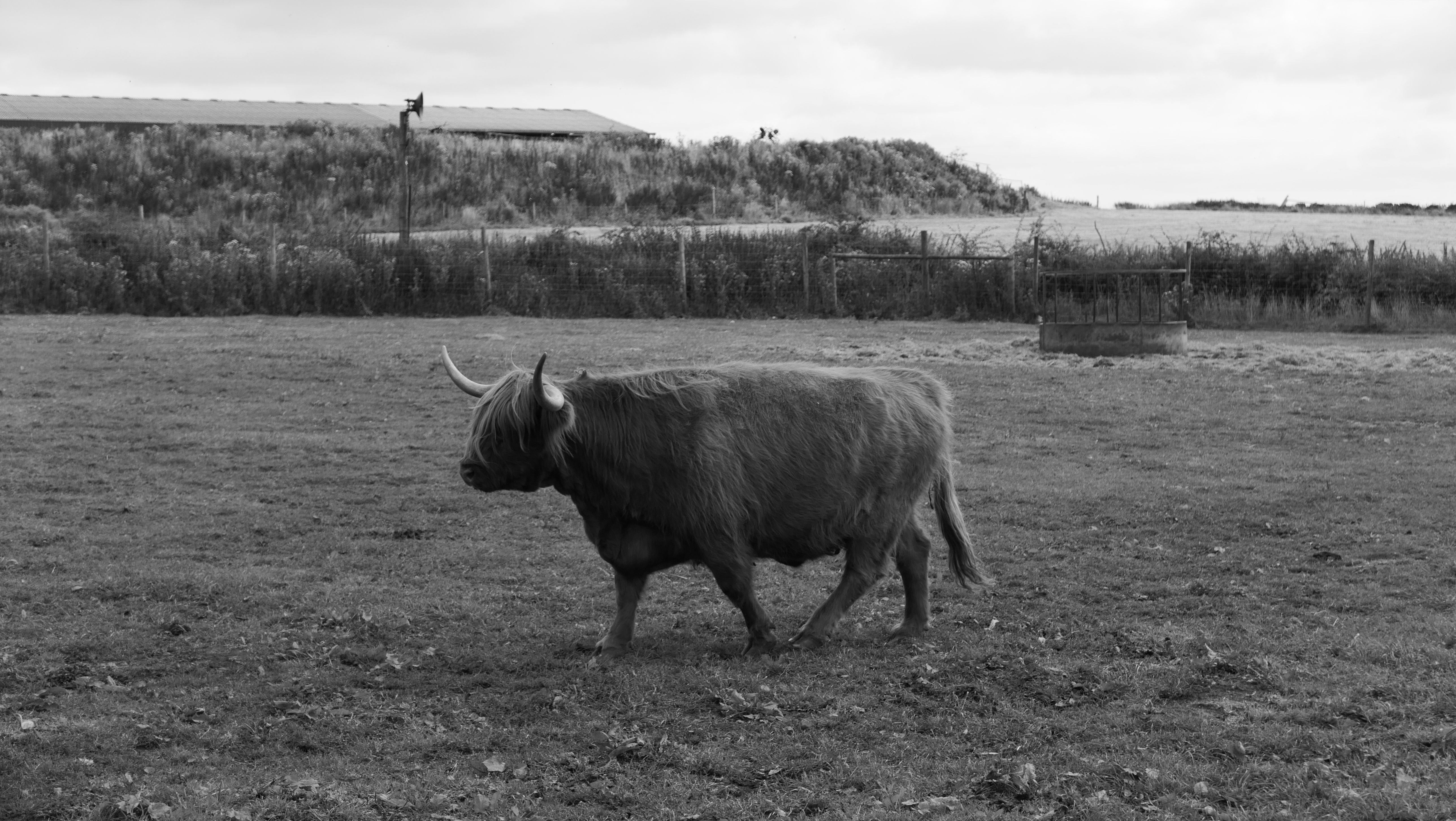

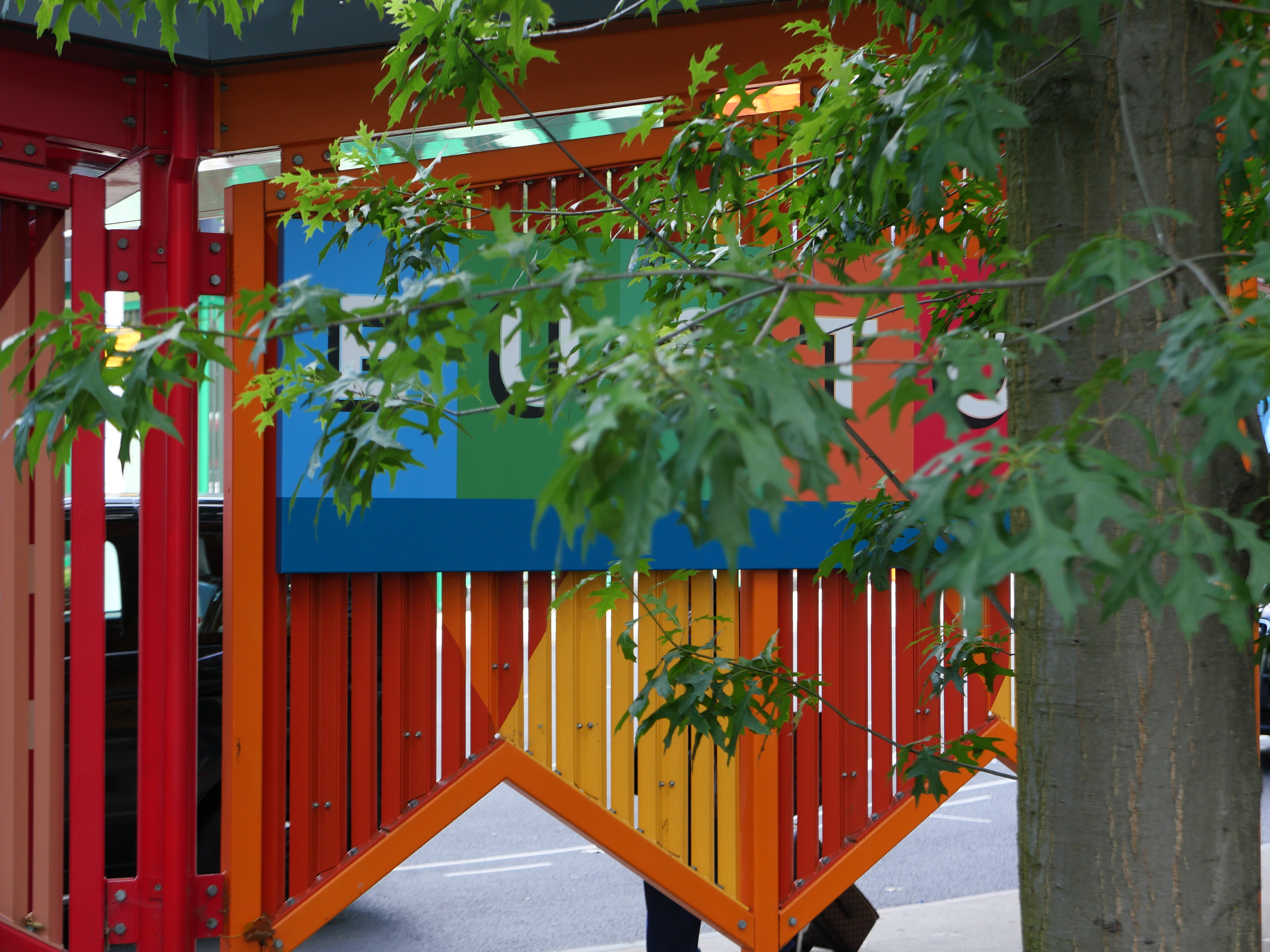
✅ You want Leica design in your pocket: The D-Lux 8 is the most accessible way to get Leica's minimalist styling and simple, manual controls.
✅ You want to shoot sharp stills: The Four-Thirds sensor represents a major upgrade from your smartphone, delivering excellent image quality.
❌ You shoot a lot of video: The D-Lux 8 can capture 4K footage, but with a fixed screen and no image stabilization, it's mainly a stills tool.
❌ You want excellent value: Essentially a packaged Panasonic Lumix LX100 II, the D-Lux 8 commands a premium for the Leica badge.
The D-Lux 8 is a premium compact which offers all the classic Leica hallmarks in a pocket-friendly package. You get a distinctive, minimalist design, plus tactile, physical controls which make it a pleasure to shoot with. In addition, it’s equipped with a large Four Thirds sensor which easily outclasses smartphones and other compacts. Based on our tests, it’s capable of capturing detailed images with low noise and good dynamic range. With an equivalent zoom range of 24-75mm and a fast maximum aperture of f/1.7, its lens is also a versatile one for covering everyday scenarios.
There are drawbacks, though. While it can record 4K footage, the fixed display and lack of image stabilization mean it’s not really a video tool. Besides an OLED viewfinder, it’s also very similar to the D-Lux 7, which itself was basically a repackaged Panasonic Lumix LX100 II. As a result, you’ll get better from other point-and-shoots. But if you want the Leica look and feel, the D-Lux 8 is the best way to get it in your pocket.
Read our in-depth Leica D-Lux 8 review
Also consider
We've reviewed a lot more point-and-shoots than the ones included in this shortlist. There are several of honorable mentions we'd suggest considering, below. There's also a lot of overlap with our best compact cameras guide, so do check that out too.
Best travel zoom – Panasonic Lumix TZ200: Formerly topping this guide, the TZ200 drops to the also consider section because it's no longer available new. However, look for it secondhand because it's Panasonic's best travel zoom camera, with a sensible image quality / optical zoom mix
Best hybrid instant – Fujifilm Instax Mini Evo: If you'd like a compact digital point-and-shoot that doubles up as an instant camera thanks to its built-in printer, we recommend the Instax Mini Evo.
Best for enthusiasts – Panasonic Lumix LX100 II: If you're a hobbyist photographer looking for a tiny but capable point-and-shoot, the Panasonic Lumix LX100 II should definitely be on your shortlist. It squeezes a Micro Four Thirds sensor into a compact body, together with a 24-75mm f/1.7-2.8 lens. You don’t get a tilting touchscreen, but the feature list is otherwise generous.
Best bridge camera – Sony Cybershot RX10 IV: Hardly small, but featuring a mega zoom lens and superb speedy performance, the RX10 IV is the best bridge camera available by a country mile.
Best point-and-shoot action – GoPro Hero 13 Black: Action cameras aren't known for the photo-making skills, rather video, but the Hero 13 Black can double up thanks to its decent 27MP stills.
How to choose the best point and shoot camera
Which brand of point-and-shoot is the best?
Traditionally, the best point-and-shoot camera brands have been Panasonic, Sony, and Canon. And while all three have largely stopped making budget models due to the rise of smartphones, they collectively make the best user-friendly, pocketable cameras you can buy (outside of the phone world).
This is reflected in our list above. What Lumix, Cyber-shot and Powershot cameras lack in computational photography skills, they more than compensate for with high-quality optics, large sensors, handling and, in some cases, impressive zooms. Sony, Panasonic and Canon also make the best bridge cameras around.
If you have a more specialist need, like a super-rugged cameras for stills or video, that's when other brands come into play. Olympus (now OM System) has great heritage with its Tough series, currently topped by the TG-7. And GoPro continues to be the best point-and-shoot experience around for video creators who need some rugged and waterproof for outdoor adventures.
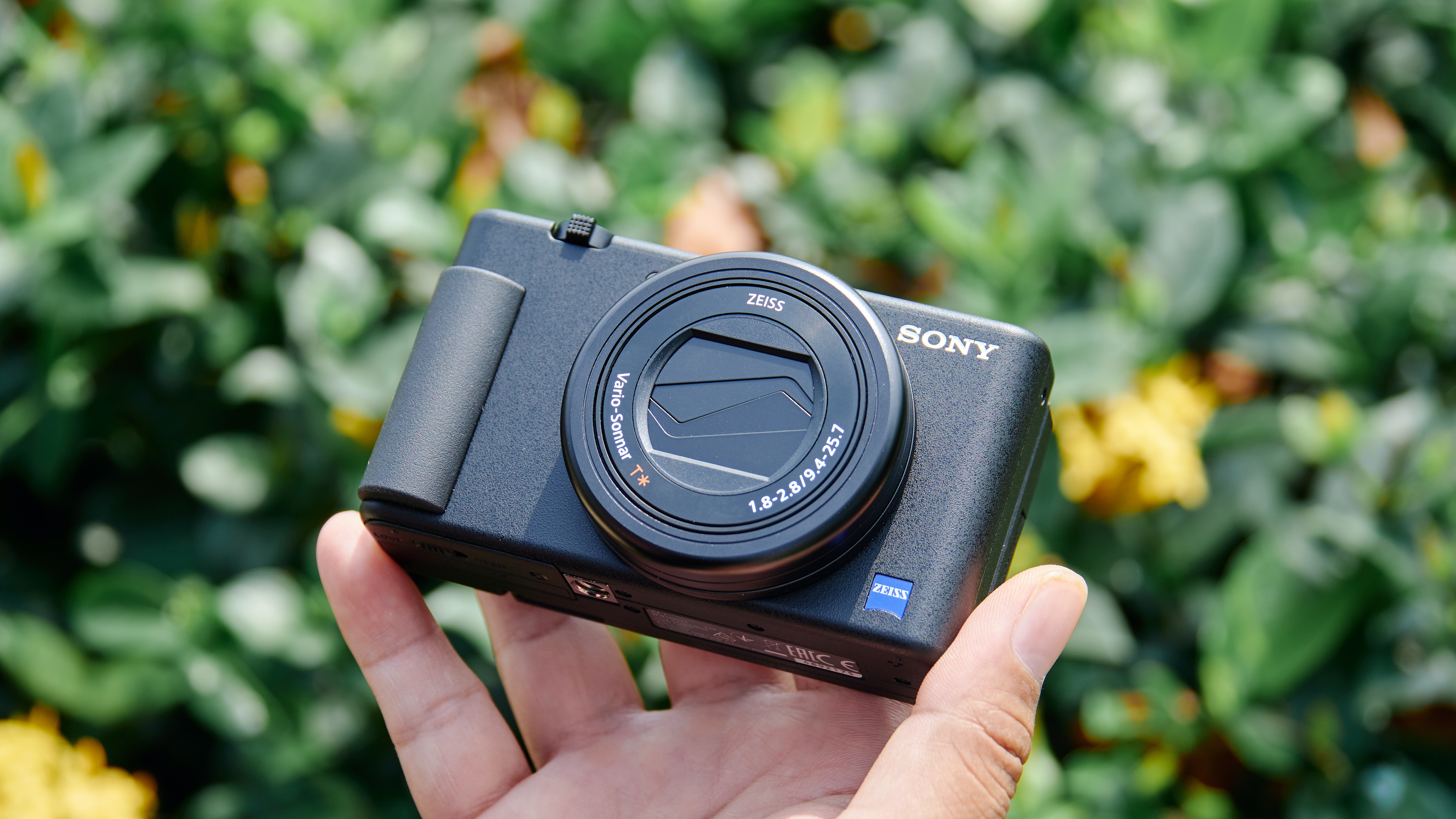
What is the biggest drawback of point-and-shoot cameras?
Nearly all point-and-shoot cameras were made in a time before the rise of smartphone computational photography, which really started taking off with the Google Pixel 4 in 2019. This kind of image processing, which involves intelligently combining multiple frames, was fueled by super-powerful mobile chipsets that simply aren't available to the traditional camera brands, whose heritage is instead in hardware and lens design.
This means that the biggest drawback of point-and-shoot cameras, compared to phones, is their lack of in-camera processing. The photos they produce are often more natural as a result, lacking the saturated or hyper-real HDR look that some phones tend to prefer by default. But point-and-shoot cameras can also struggle to match the balanced shots that phones manage when they effectively stack multiple exposures of the same scene.
You can achieve similar effects yourself by shooting in raw and editing the images later using software like Photoshop or Snapseed, but this is less of a point-and-shoot experience. This means that point-and-shoot cameras often fair worse than smartphones in challenging lighting conditions, but can still outshine them when you play to their strengths (for example, when using optical zoom on distant subjects, or a bright lens to produce natural bokeh).
Meet the team
Our team of reviewers has amassed many years of camera experience and testing, covering all of the latest and greatest cameras in the last 20 years, and can all appreciate the benefits of a dedicated camera like a digital compact versus simply using a smartphone.

Tim is TechRadar's Cameras Editor and has been cutting his teeth in the photo and video industry for almost 20 years. He looks after all of TechRadar's cameras content, covering buying guides, features, reviews and news. He knows the benefits of purposeful creativity with a dedicated camera instead of a smartphone.

Rod is an independent photographer and photography journalist with more than 30 years' experience. He's previously worked as Head of Testing for Future’s photography magazines, including Digital Camera, N-Photo, PhotoPlus, Professional Photography, Photography Week and Practical Photoshop, and as Reviews Editor on Digital Camera World.
Matt has written and reviewed cameras for just about every leading photo publication, including Digital Camera World (where he was Editor), What Digital Camera, WEX and of course TechRadar.

Mark is TechRadar's Senior news editor and has been a technology journalist since 2004. Formerly Trusted Reviews and TechRadar's cameras editor, Mark has tested cameras over many years from all of the leading brands.

James Abbott is a professional photographer and freelance photography journalist. He contributes articles about photography, cameras and drones to a wide range of magazines and websites where he applies a wealth of experience to testing the latest photographic tech.

Paul is a digital expert. In the 20 years since he graduated with a first-class honours degree in Computer Science, Paul has been actively involved in a variety of different tech and creative industries that make him the go-to guy for reviews, opinion pieces, and featured articles. You'll also find his writing in other places, including Creative Bloq, Digital Camera World, and 3D World Magazine.
How we test point and shoot cameras
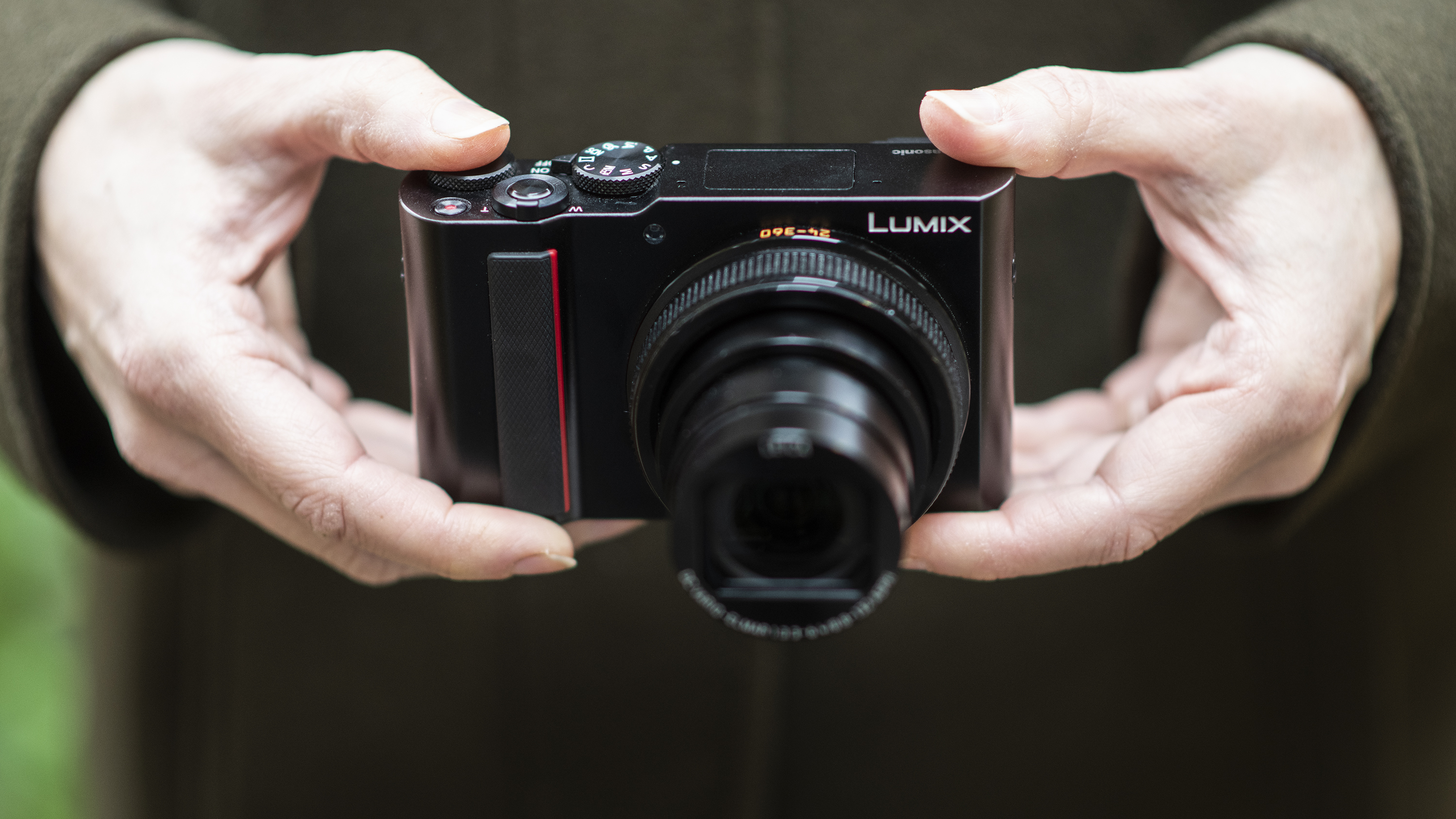
☑️ 100s of cameras reviewed
☑️ 15 years of product testing
☑️ Over 16,000 products reviewed in total
☑️ Nearly 200,000 hours testing tech
Real-world tests are the most revealing way to get under the skin of the best point-and-shoot cameras. So alongside with standardized tests for factors like ISO performance, we take every camera we test for a spin to see how it fares in real-world scenarios.
We'll use it both handheld and, if possible, on a tripod to get a sense of where its strengths lie, and test its startup speed. We also use a formatted SD card and shoot in both raw and JPEG (if available), testing its burst shooting and buffer performance.
For autofocusing, we use the different autofocus modes on hand in single point, area, and continuous modes. Naturally, we take a look at how accurate and reliable its metering is, how well it handles noise, and how well it minimizes things like fringing and distortion. Its video shooting skills are tested as well by shooting some test footage at different frame-rates and resolutions.
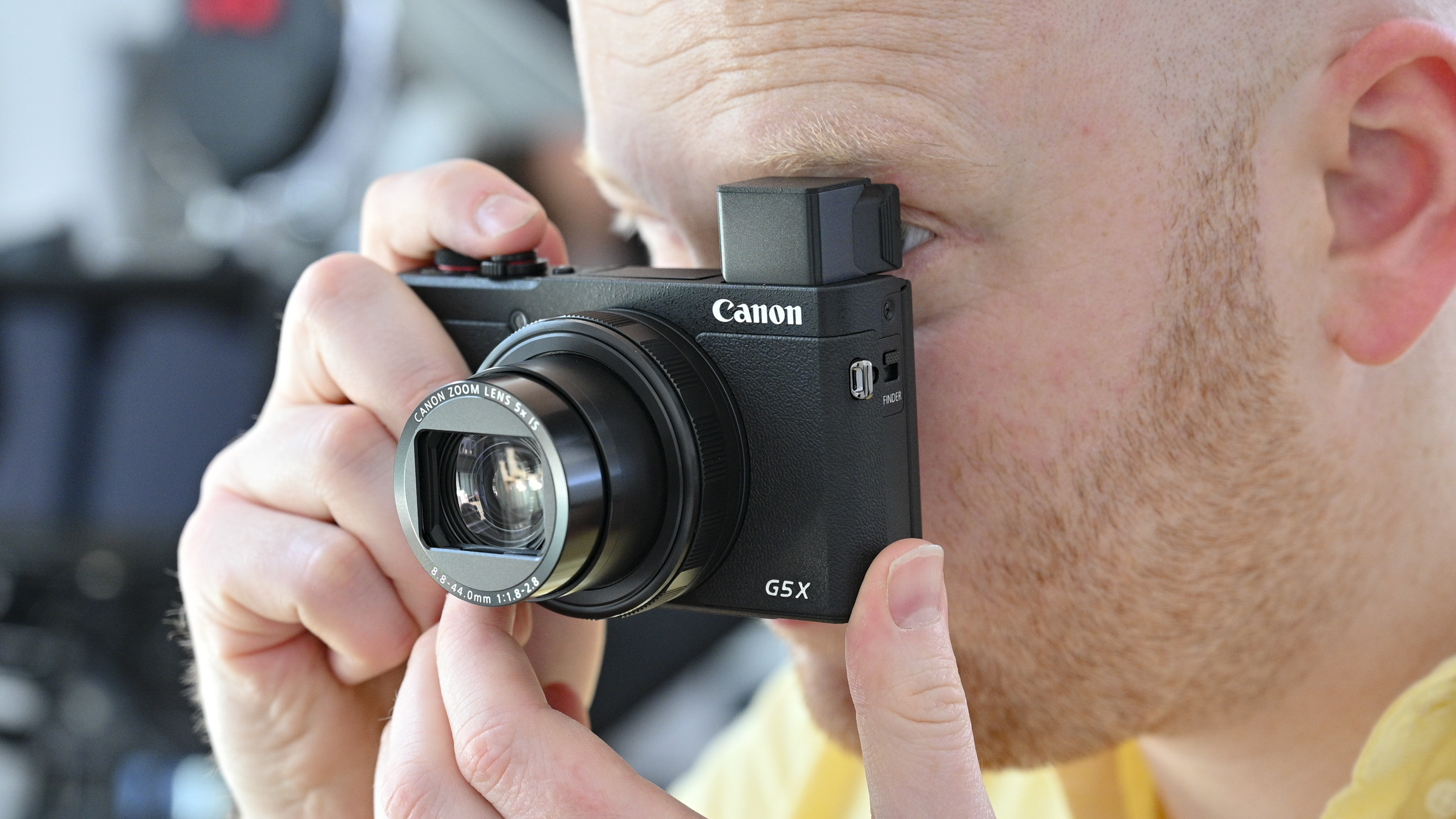
We also look at the camera's design, handling, and user interface while getting a sense of what kind of photographer it's most ideal for. Battery life is tested as well over the course of the day with the screen set to the default settings. Once the battery has reached zero, we'll then count the number of shots to see how it compares to the camera's CIPA rating.
Once all is said and done, we take all our data and everything we've learned about the point-and-shoot camera and compare it to its price tag to see if it offers great value for your money.
Get daily insight, inspiration and deals in your inbox
Sign up for breaking news, reviews, opinion, top tech deals, and more.

Tim is the Cameras editor at TechRadar. He has enjoyed more than 15 years in the photo video industry with most of those in the world of tech journalism. During his time as Deputy Technical Editor with Amateur Photographer, as a freelancer and consequently editor at Tech Radar, Tim has developed a deeply technical knowledge and practical experience with cameras, educating others through news, reviews and features. He’s also worked in video production for Studio 44 with clients including Canon, and volunteers his spare time to consult a non-profit, diverse stories team based in Nairobi. Tim is curious, a keen creative, avid footballer and runner, and moderate flat white drinker who has lived in Kenya and believes we have much to enjoy and learn from each other.
- Chris Rowlands
- Mark WilsonSenior news editor